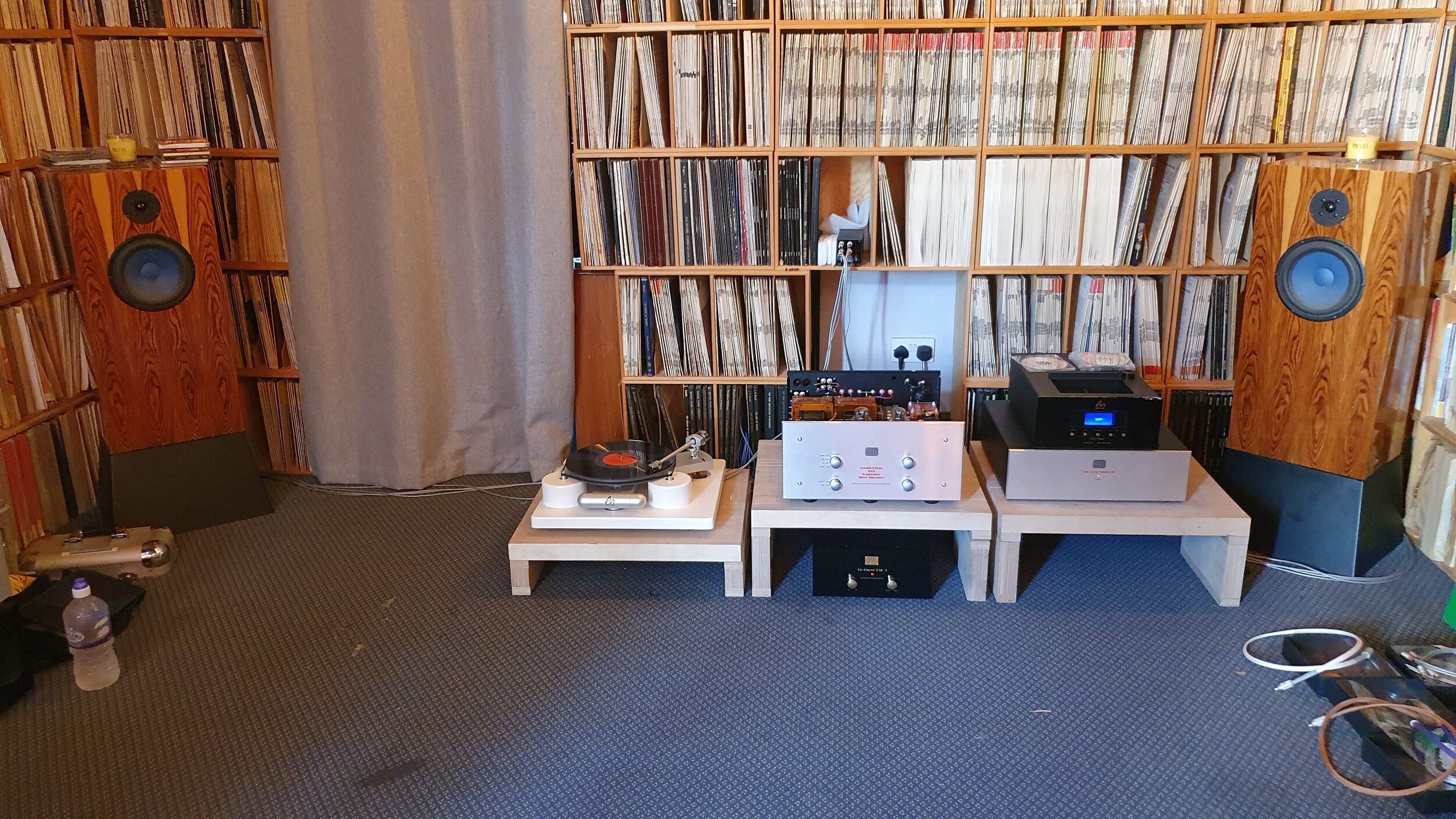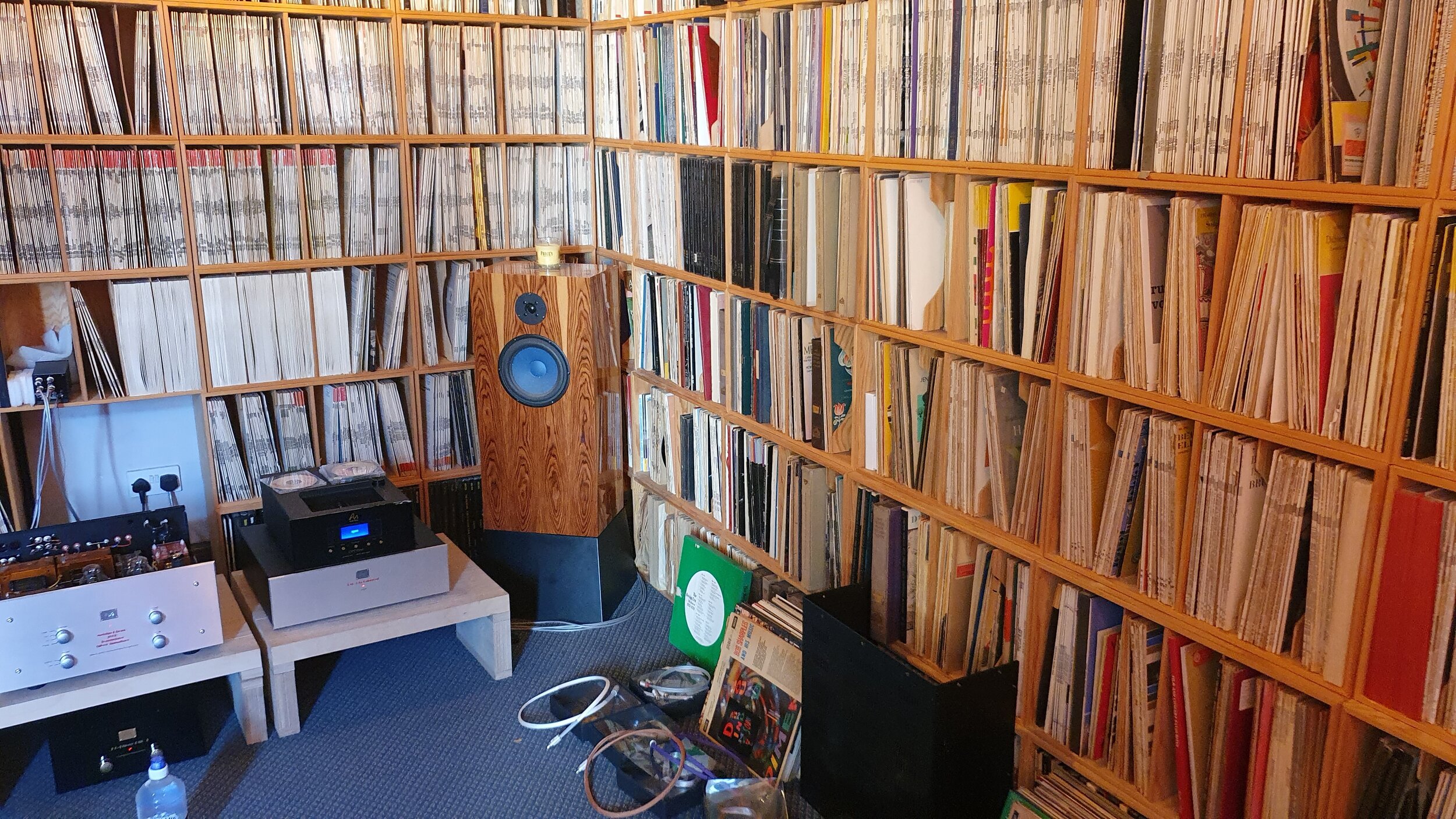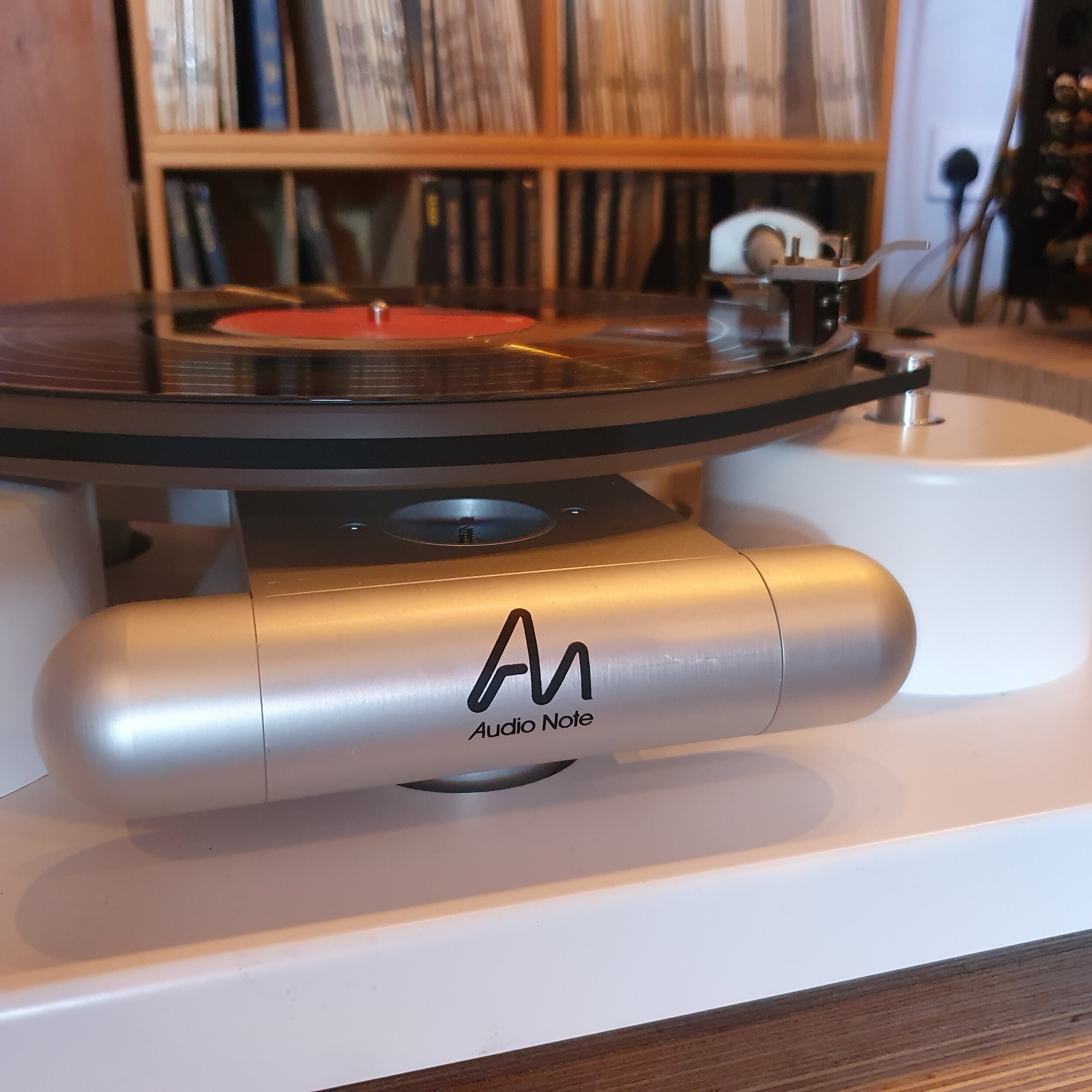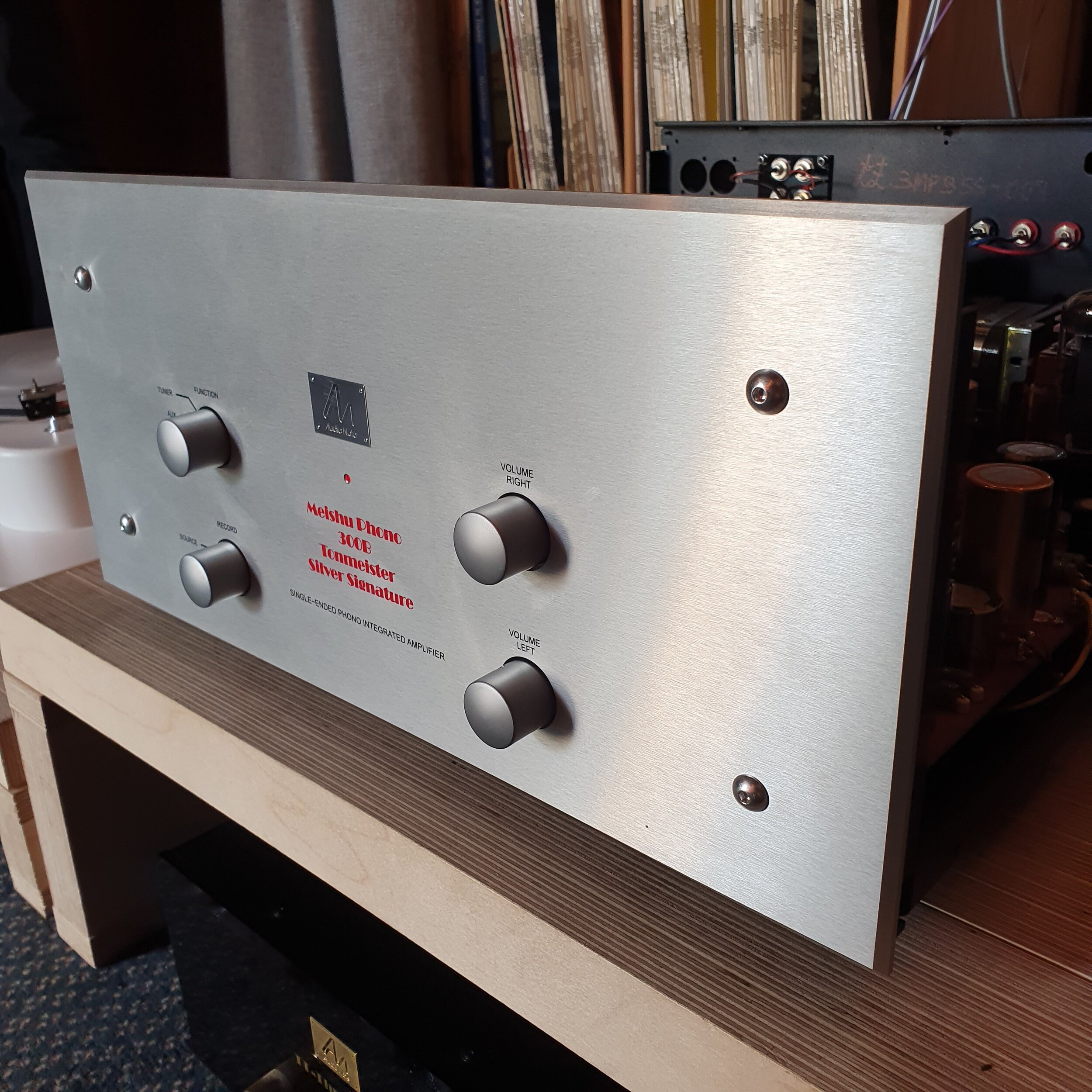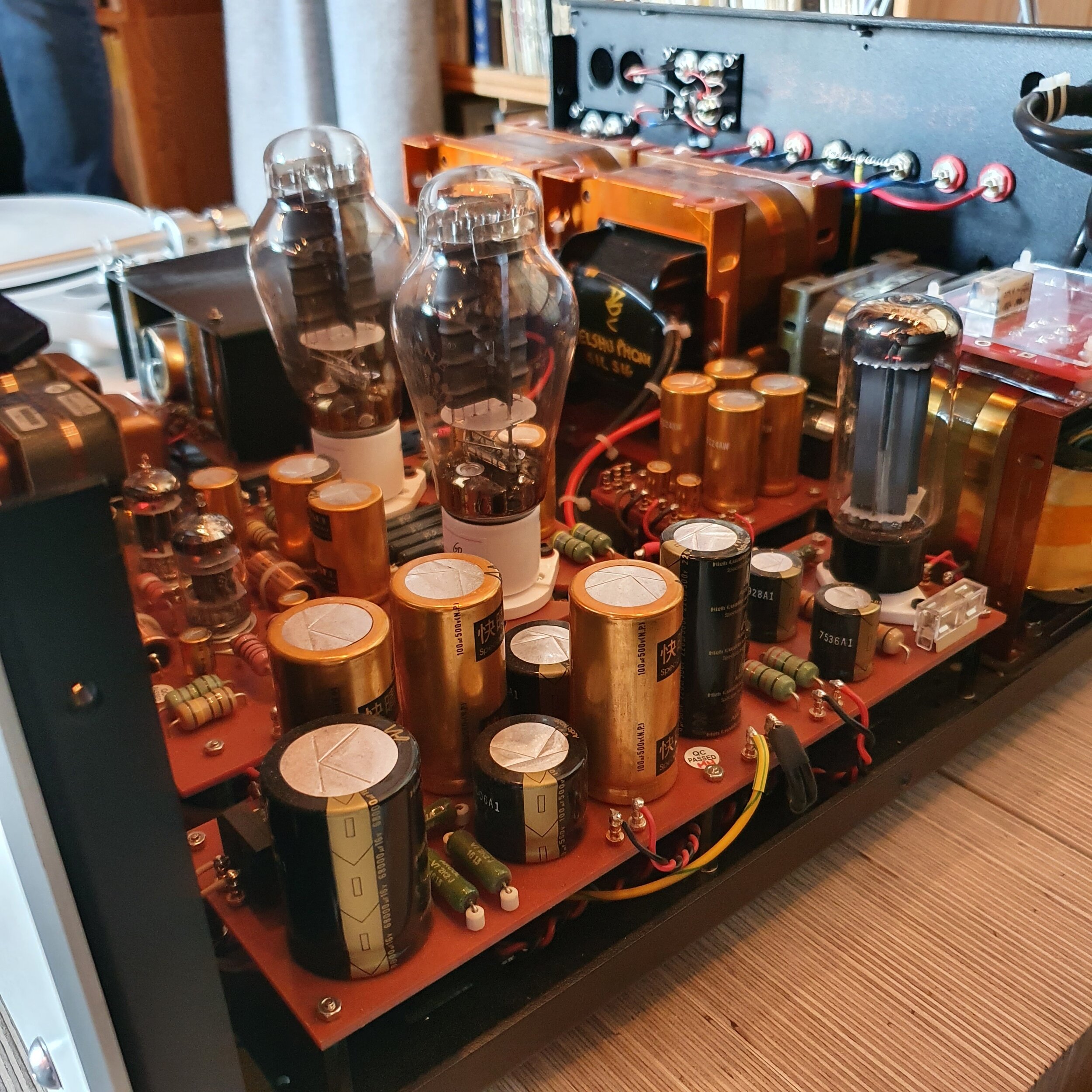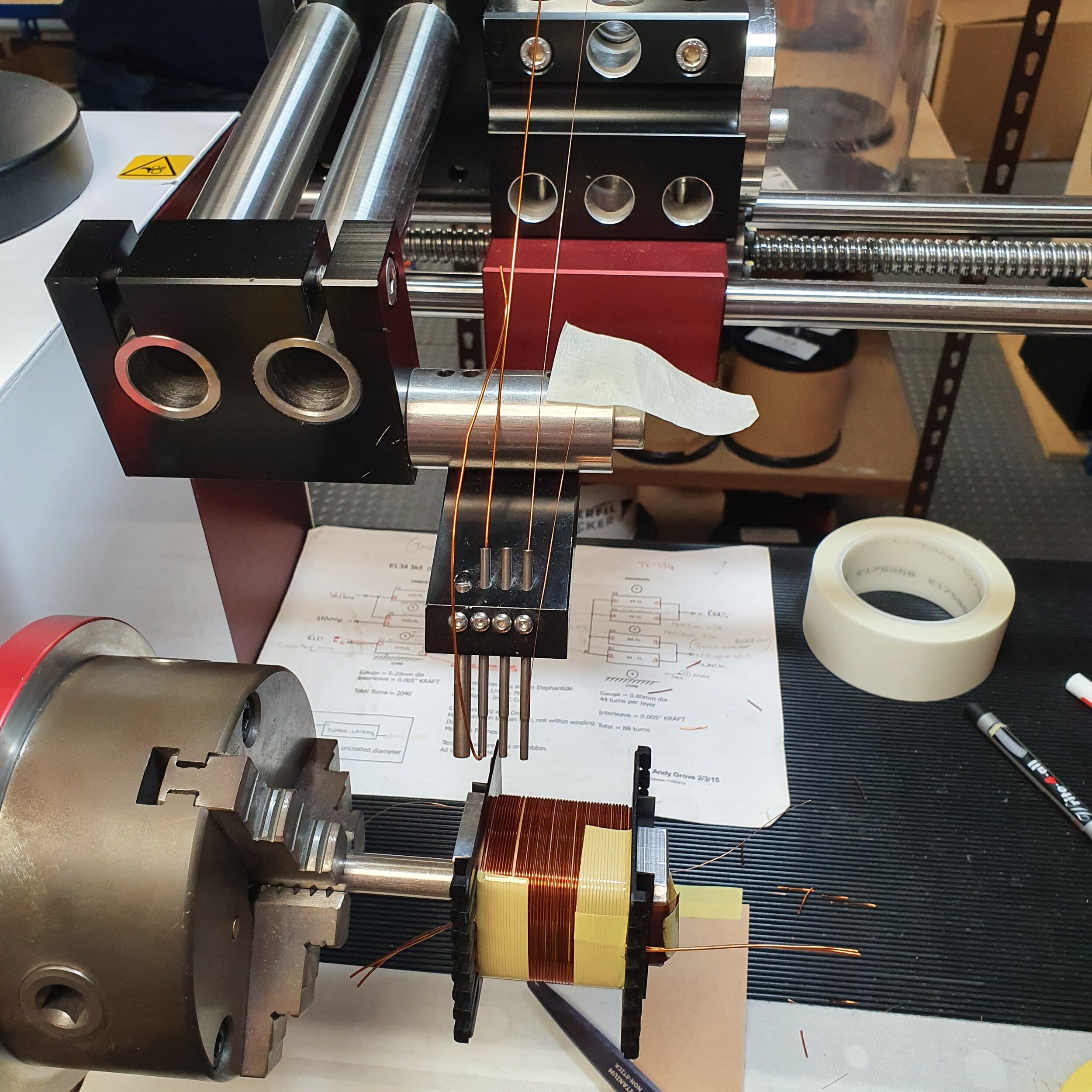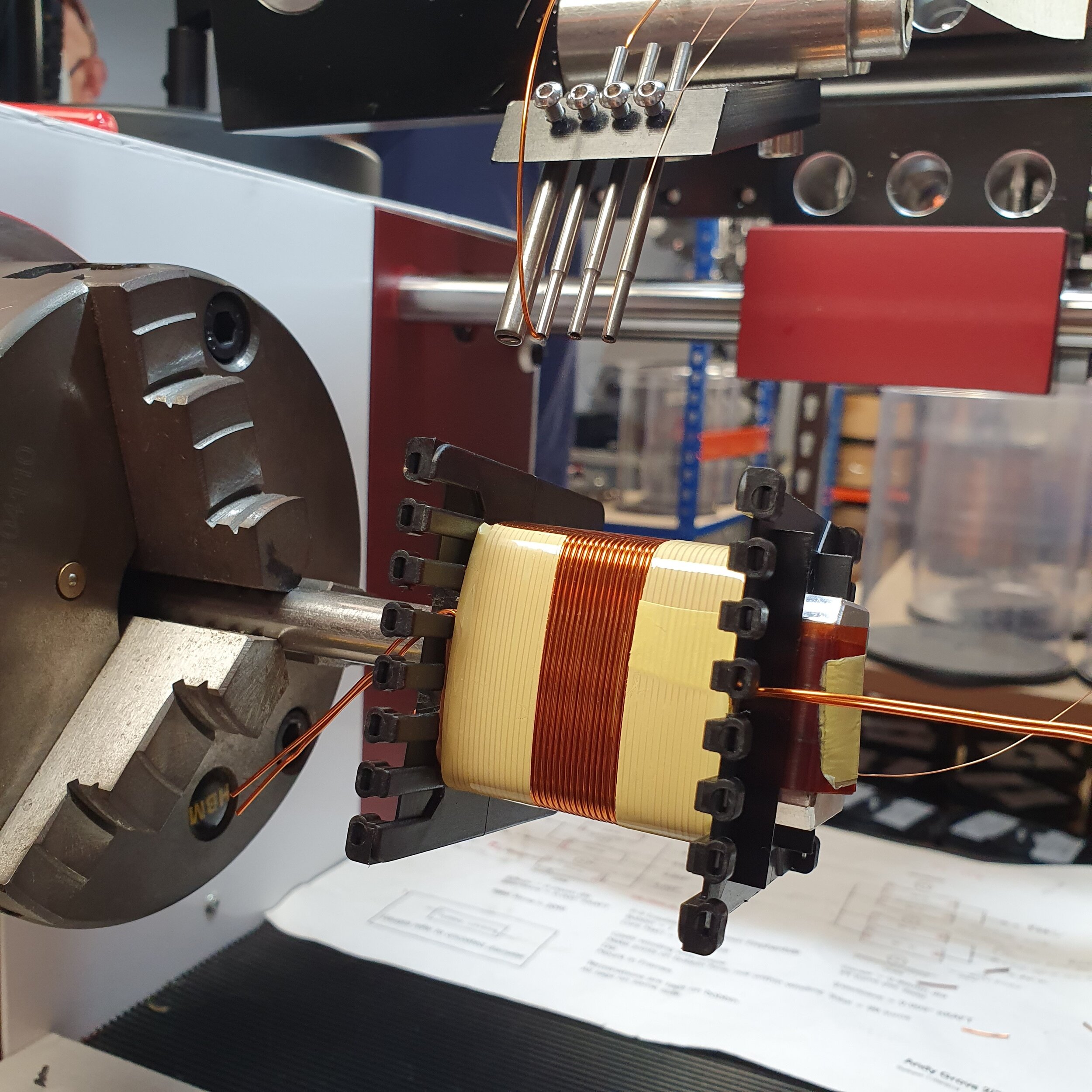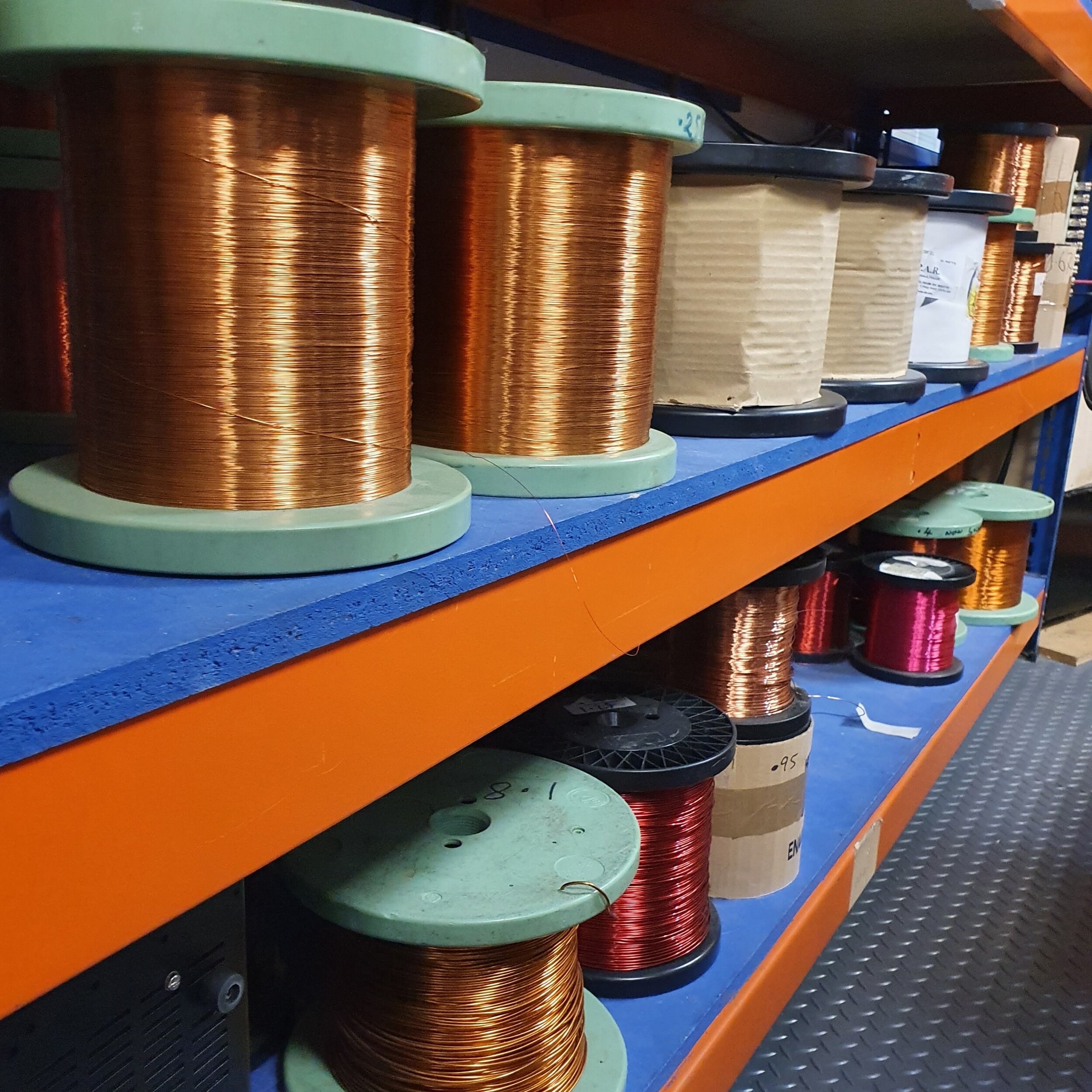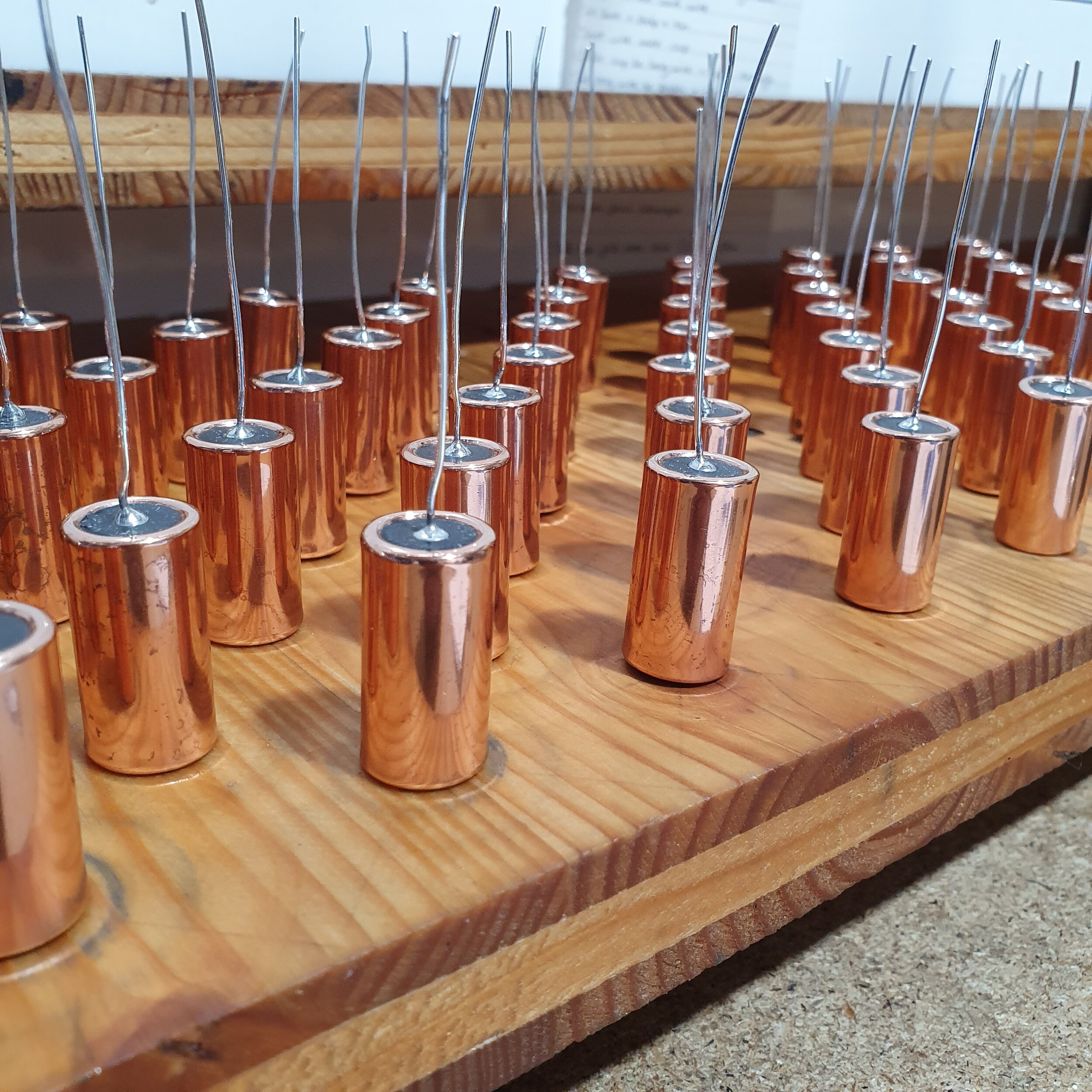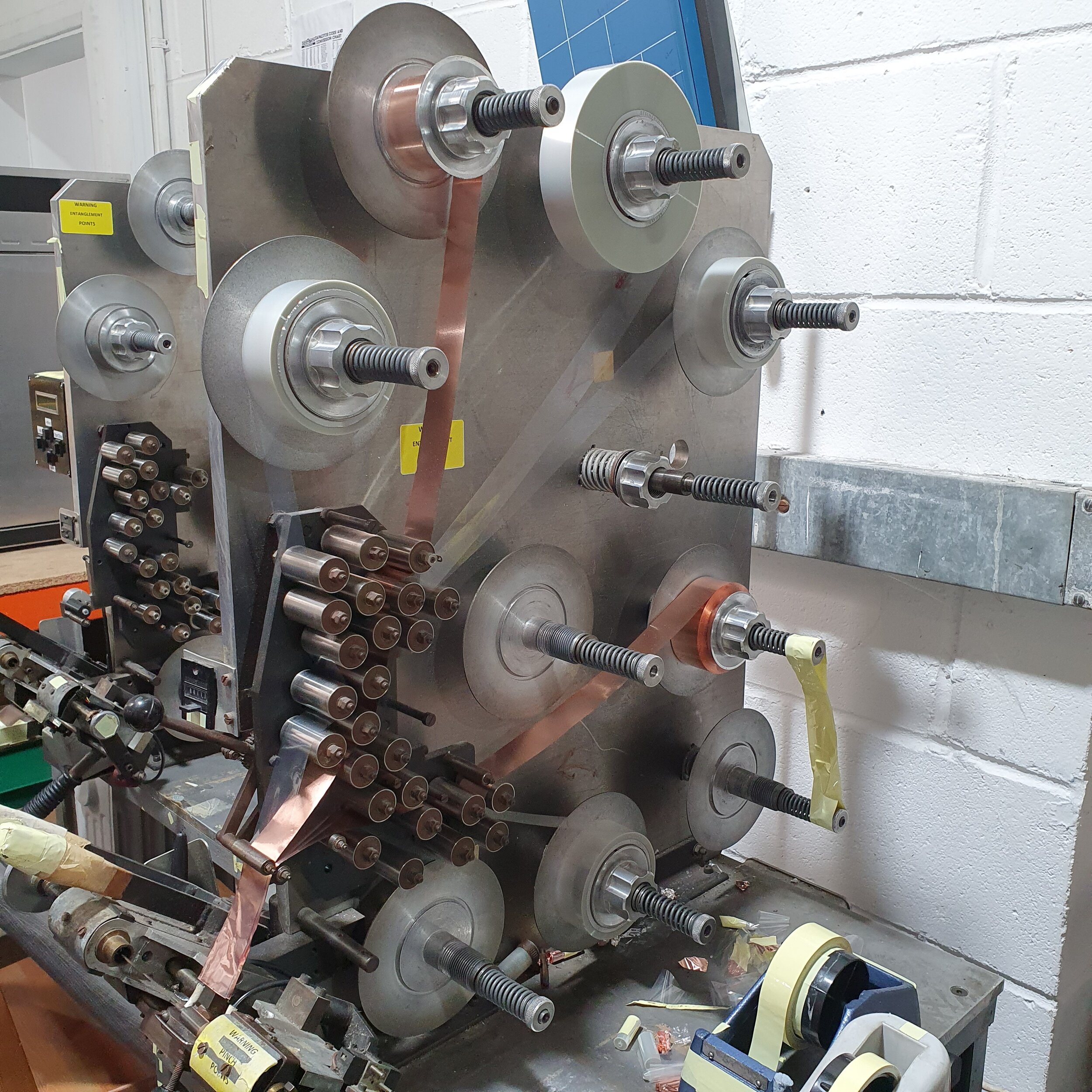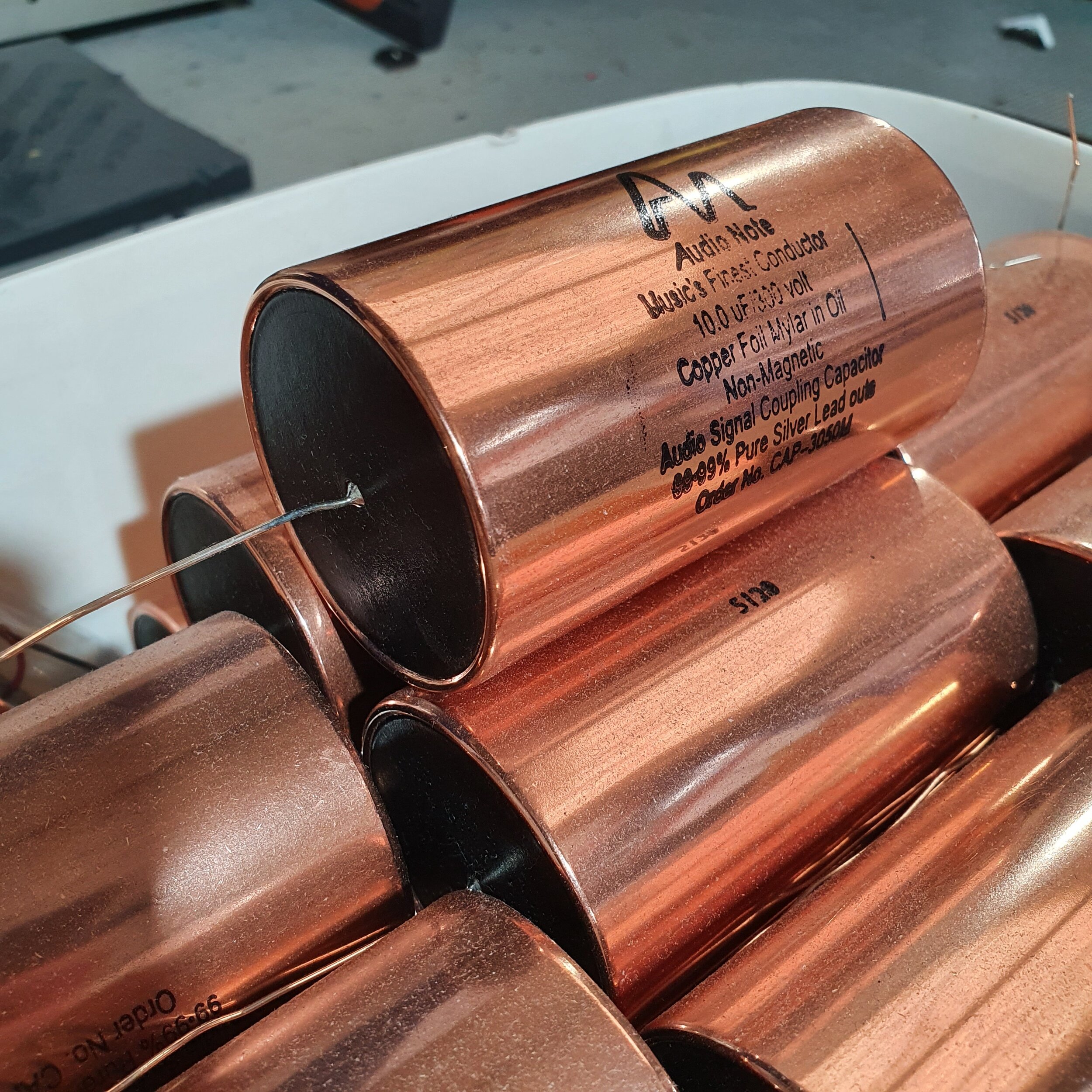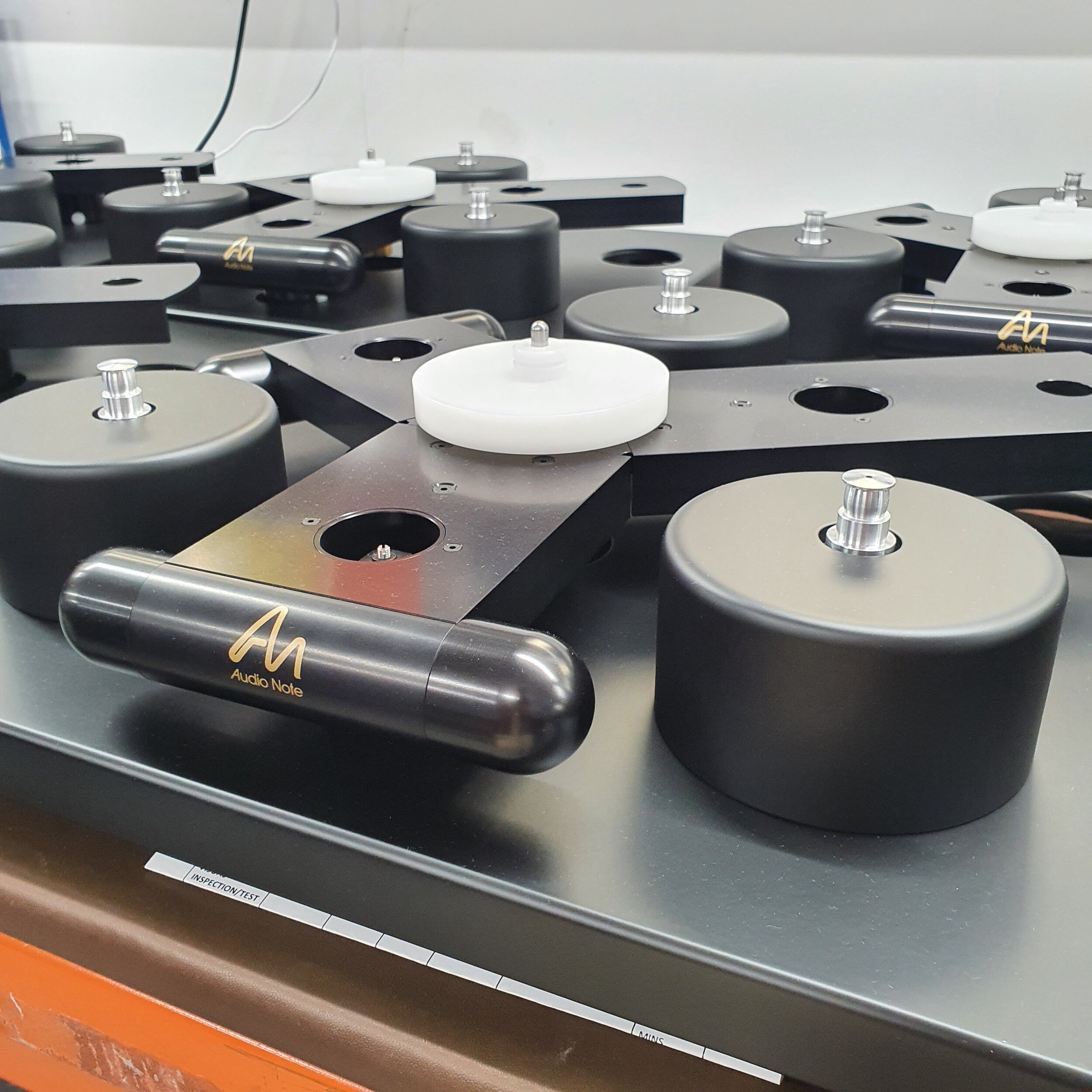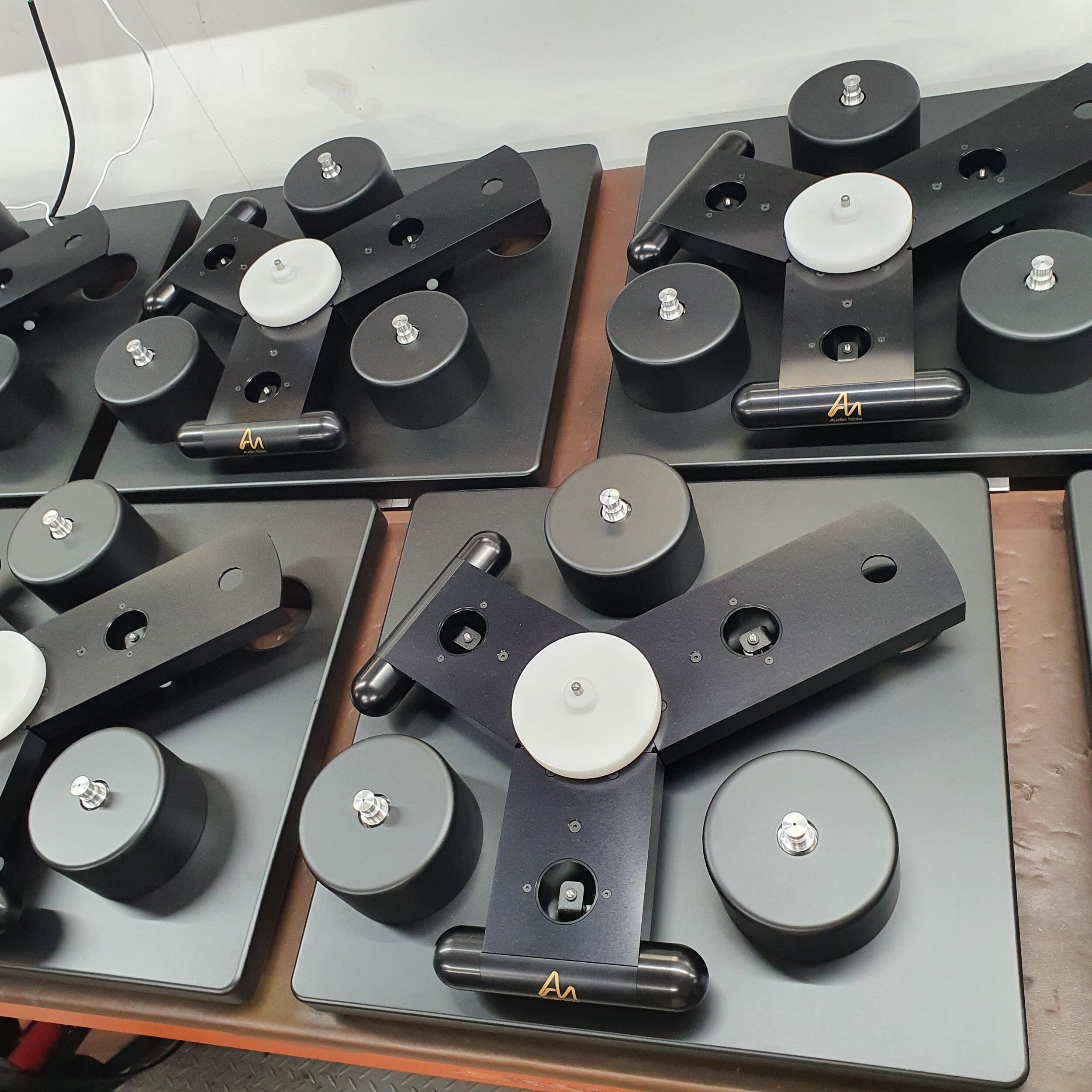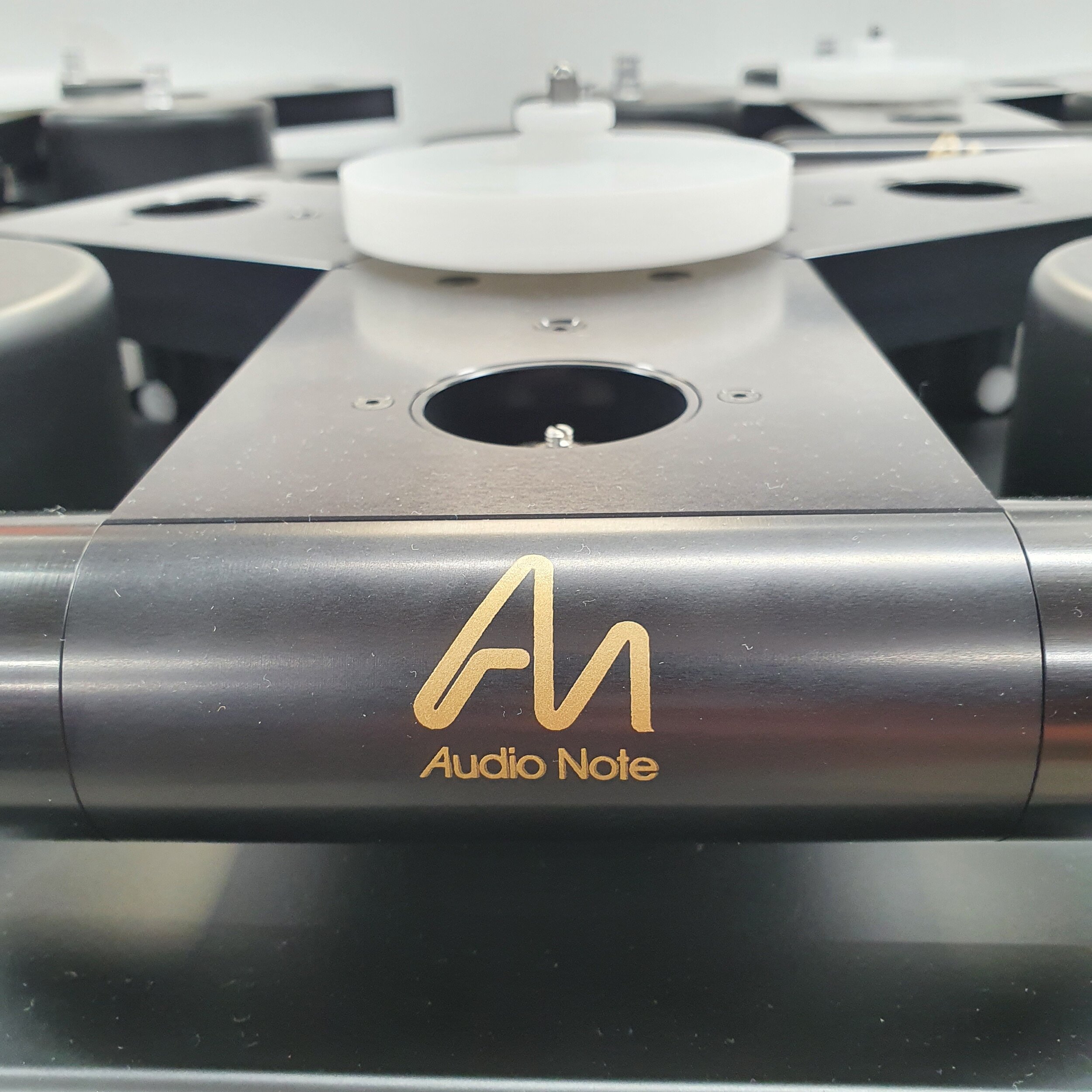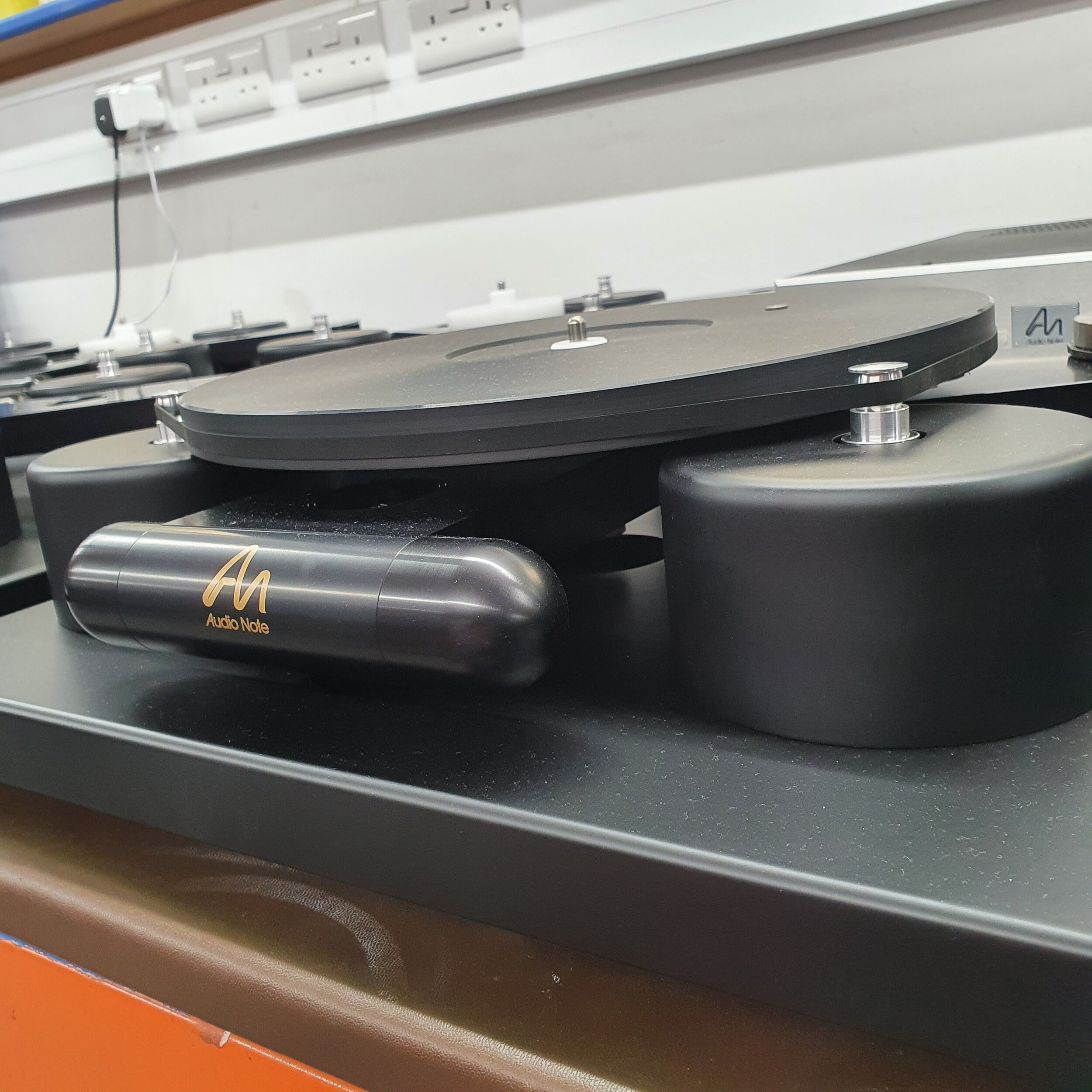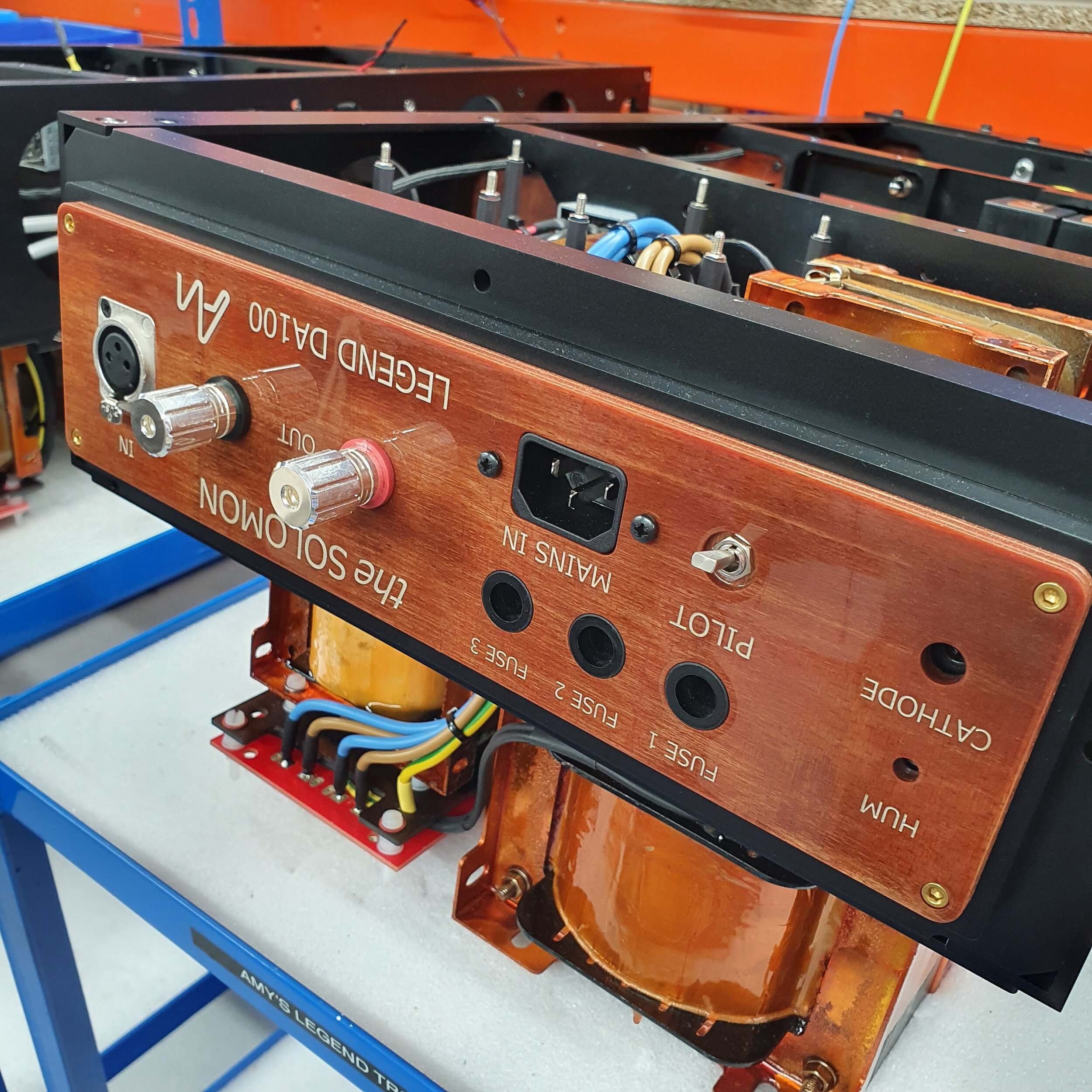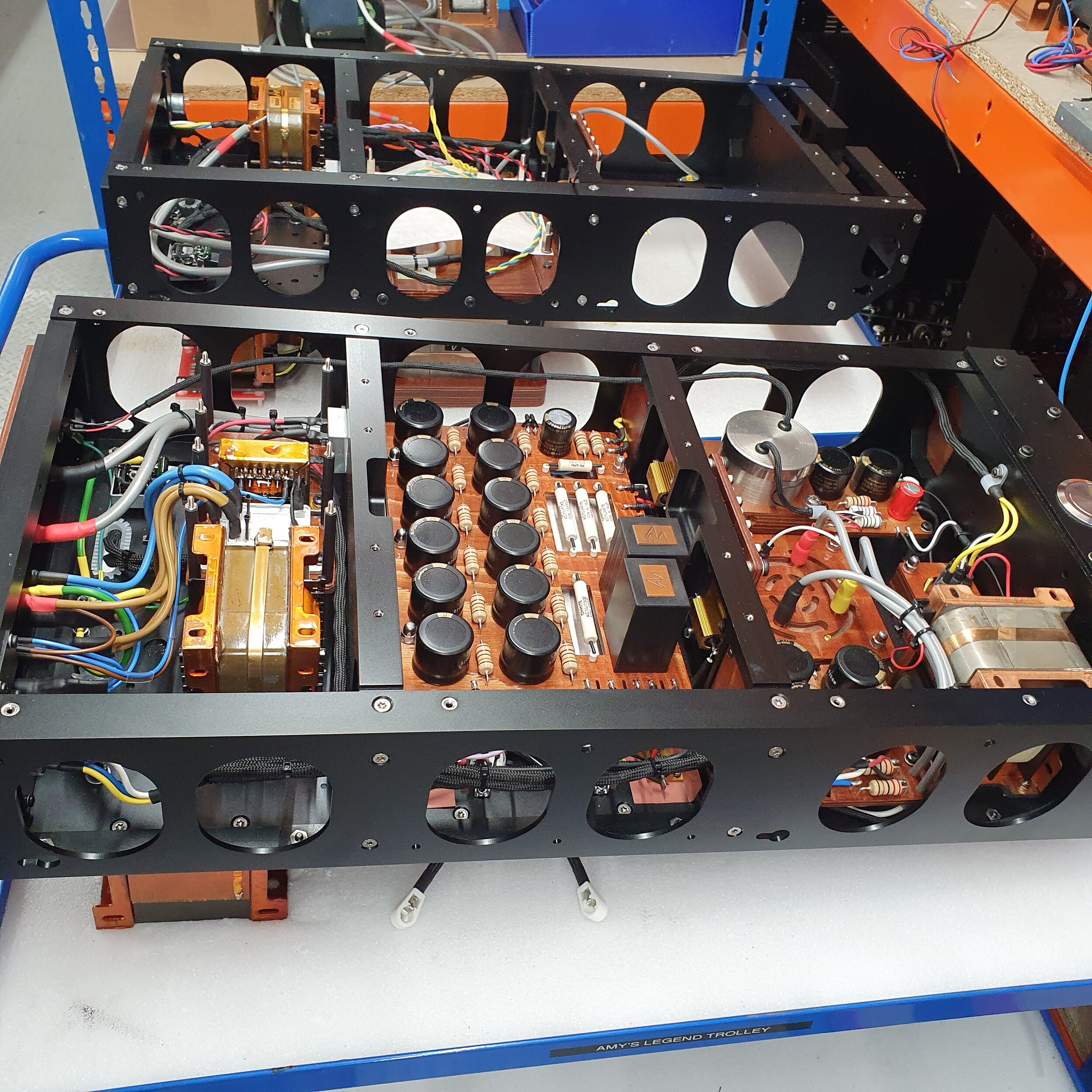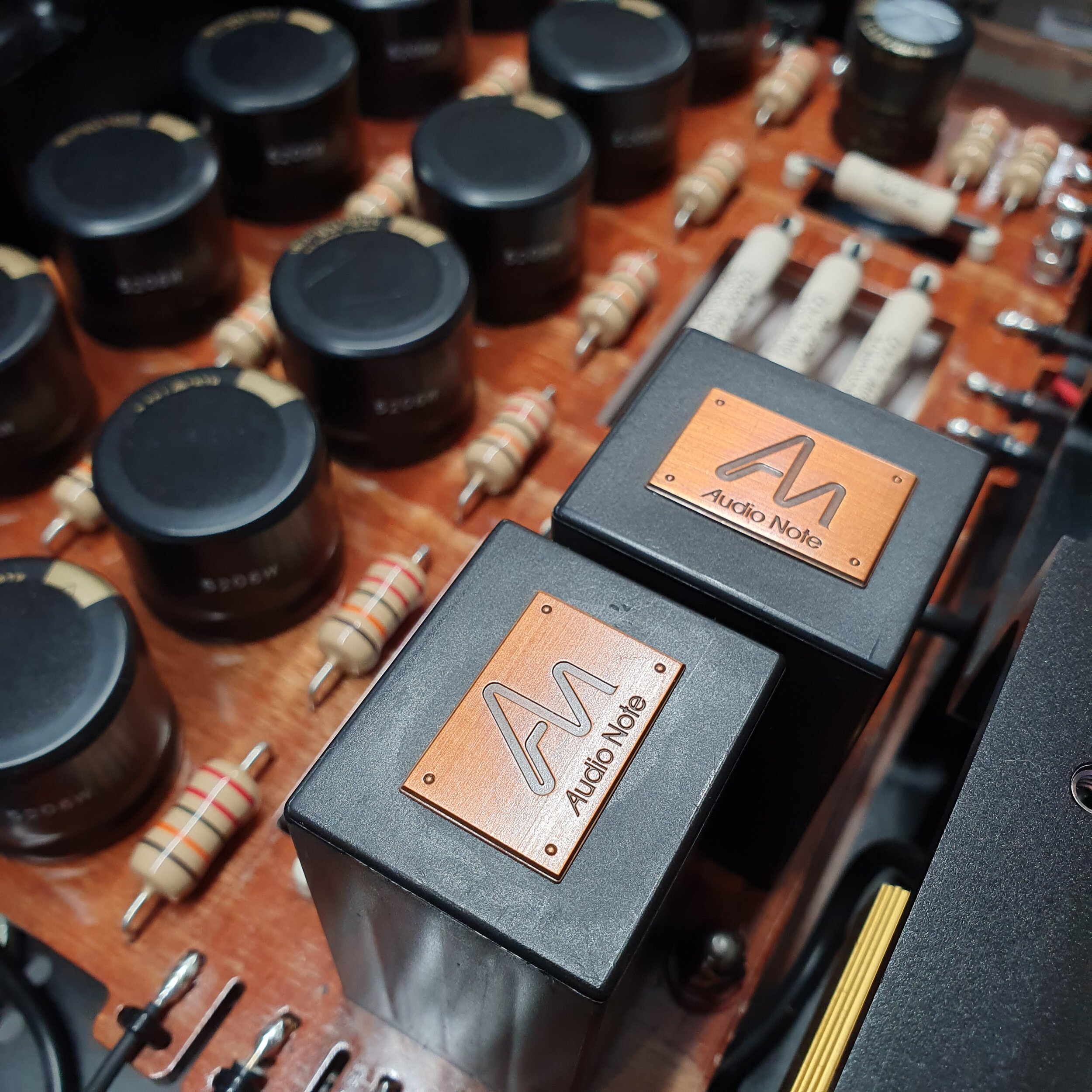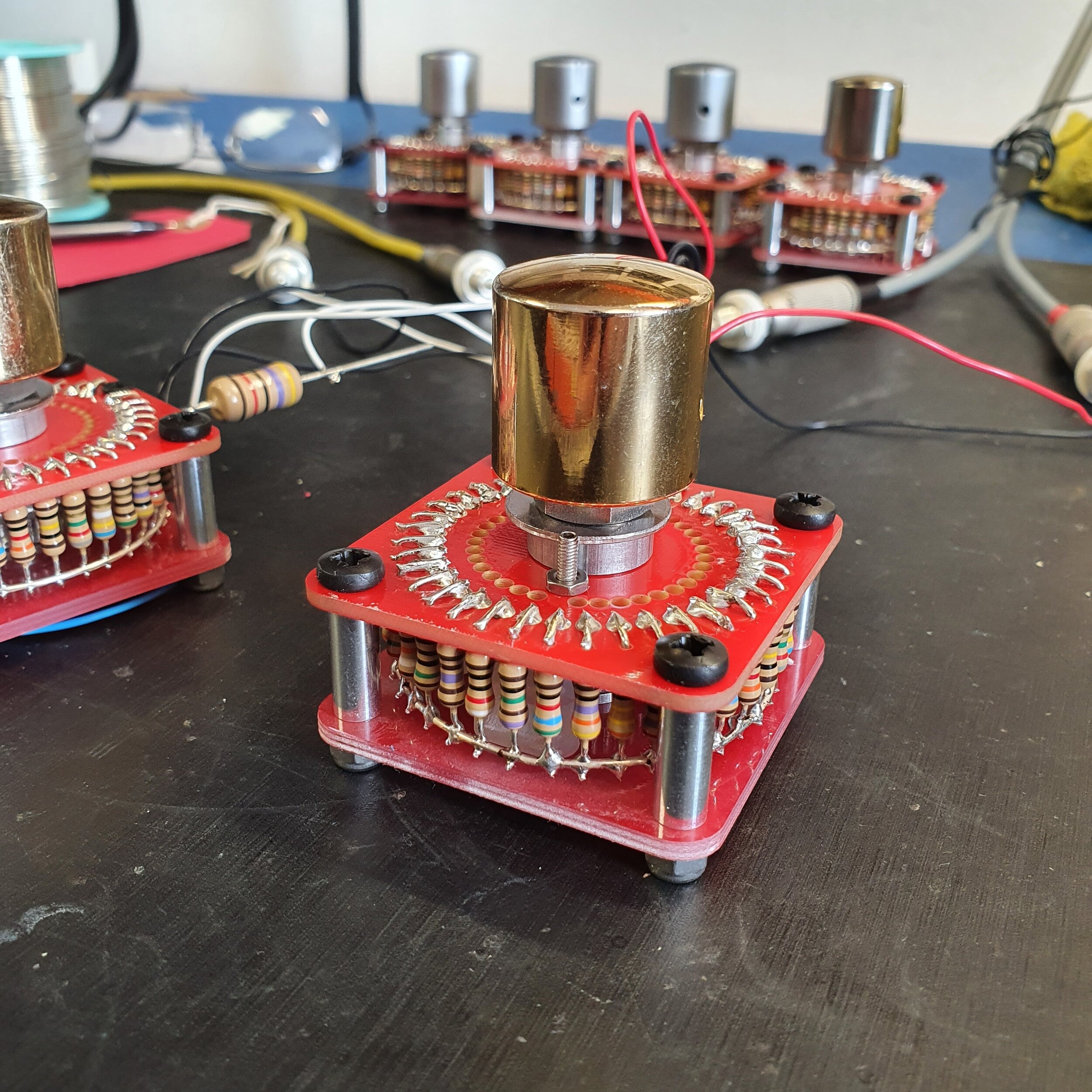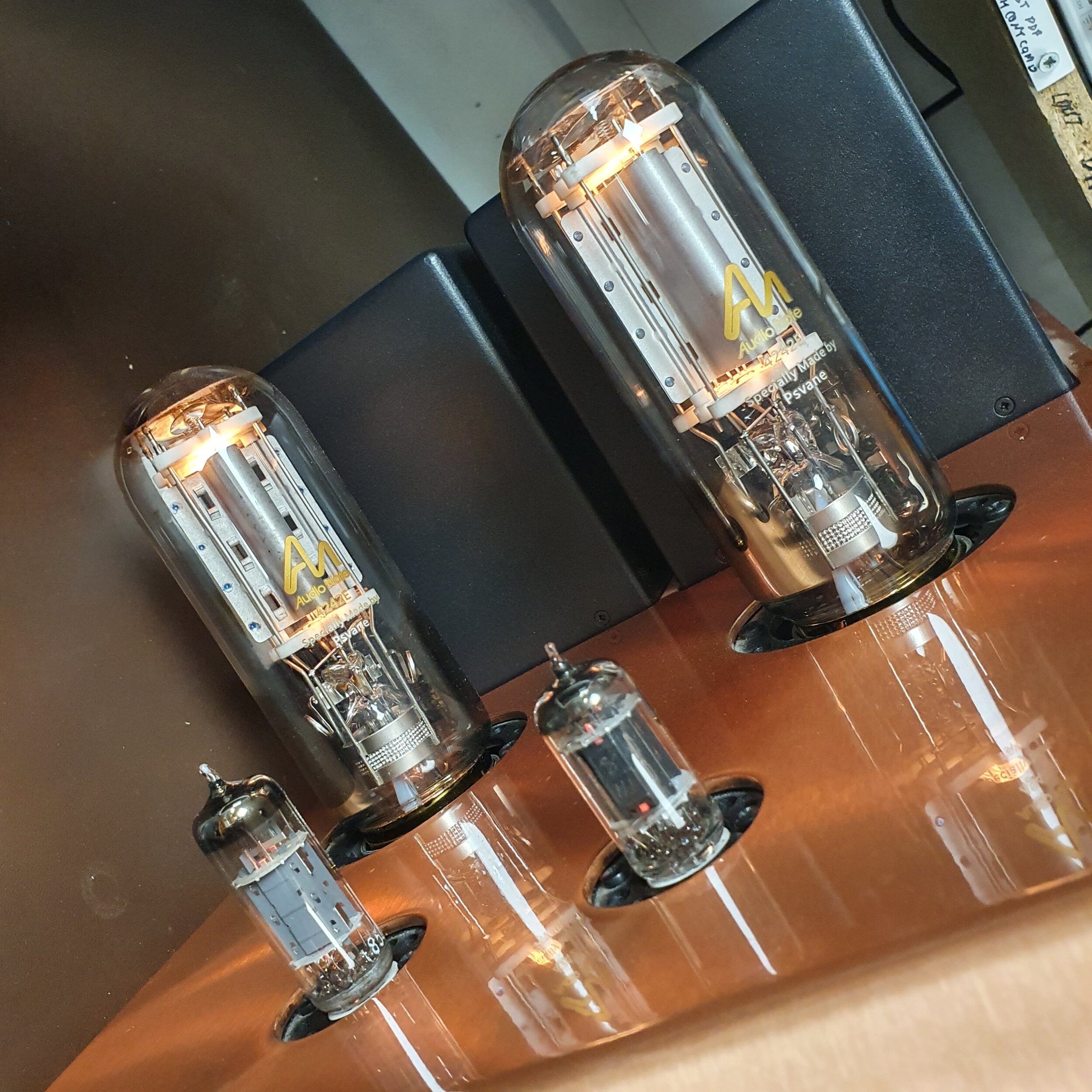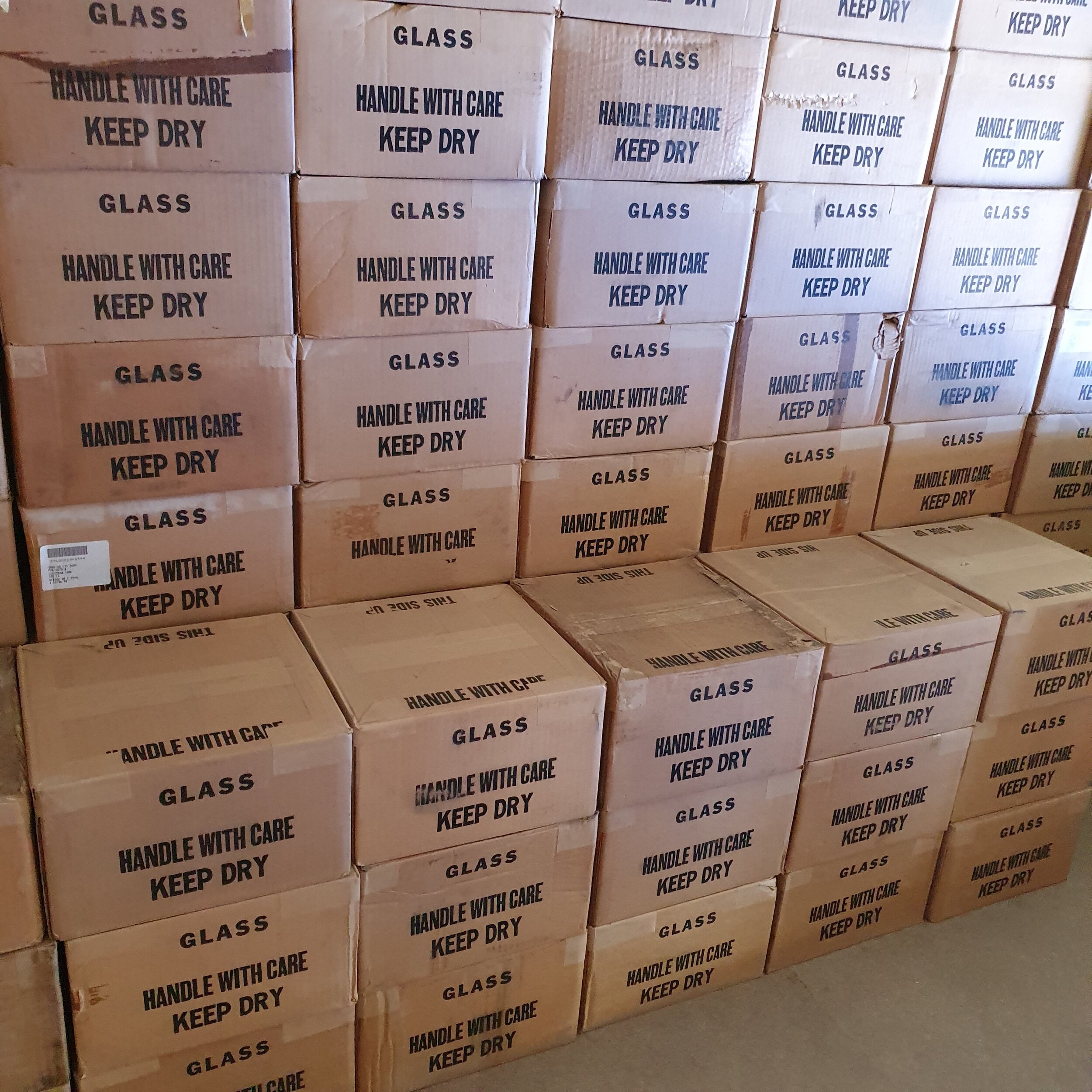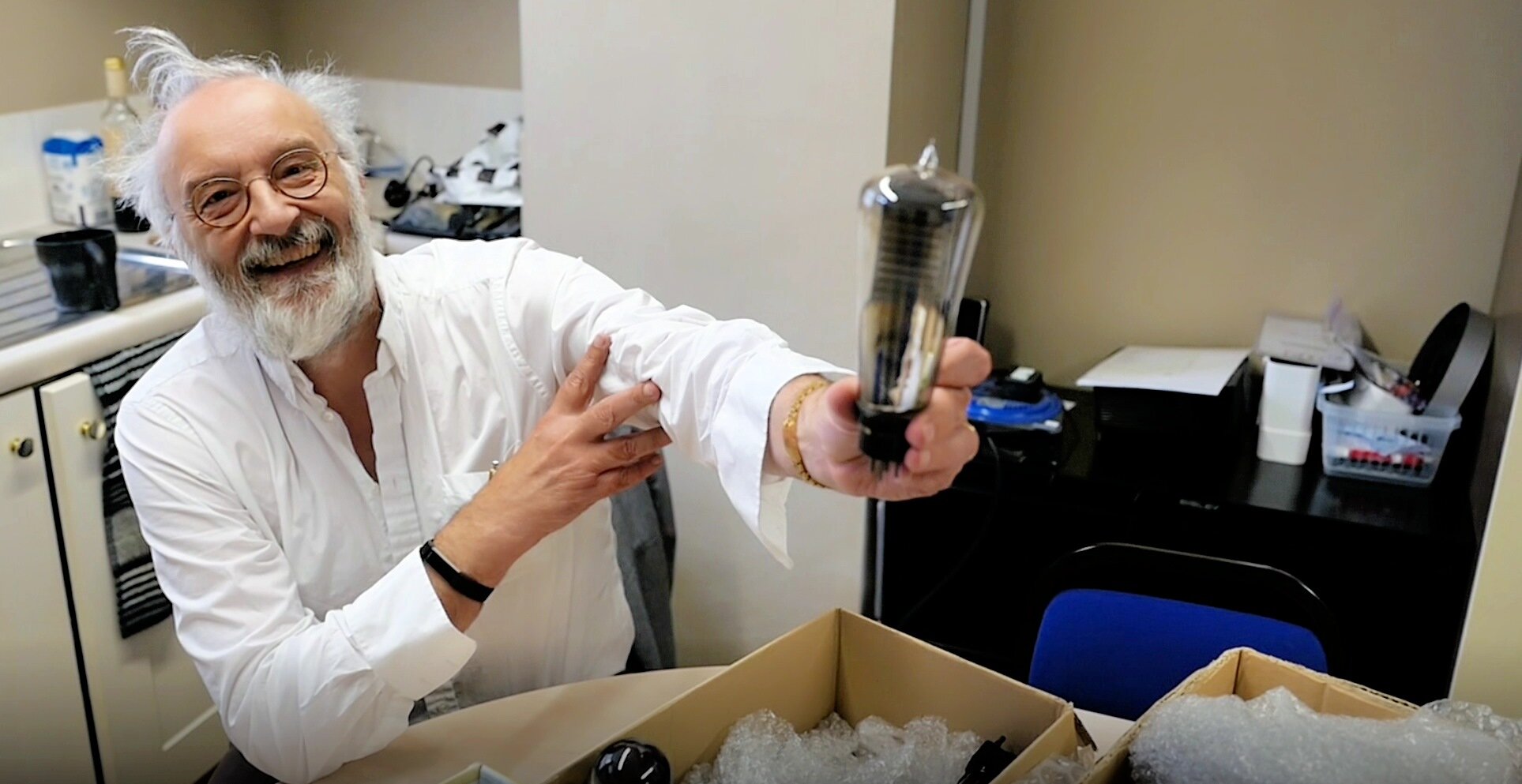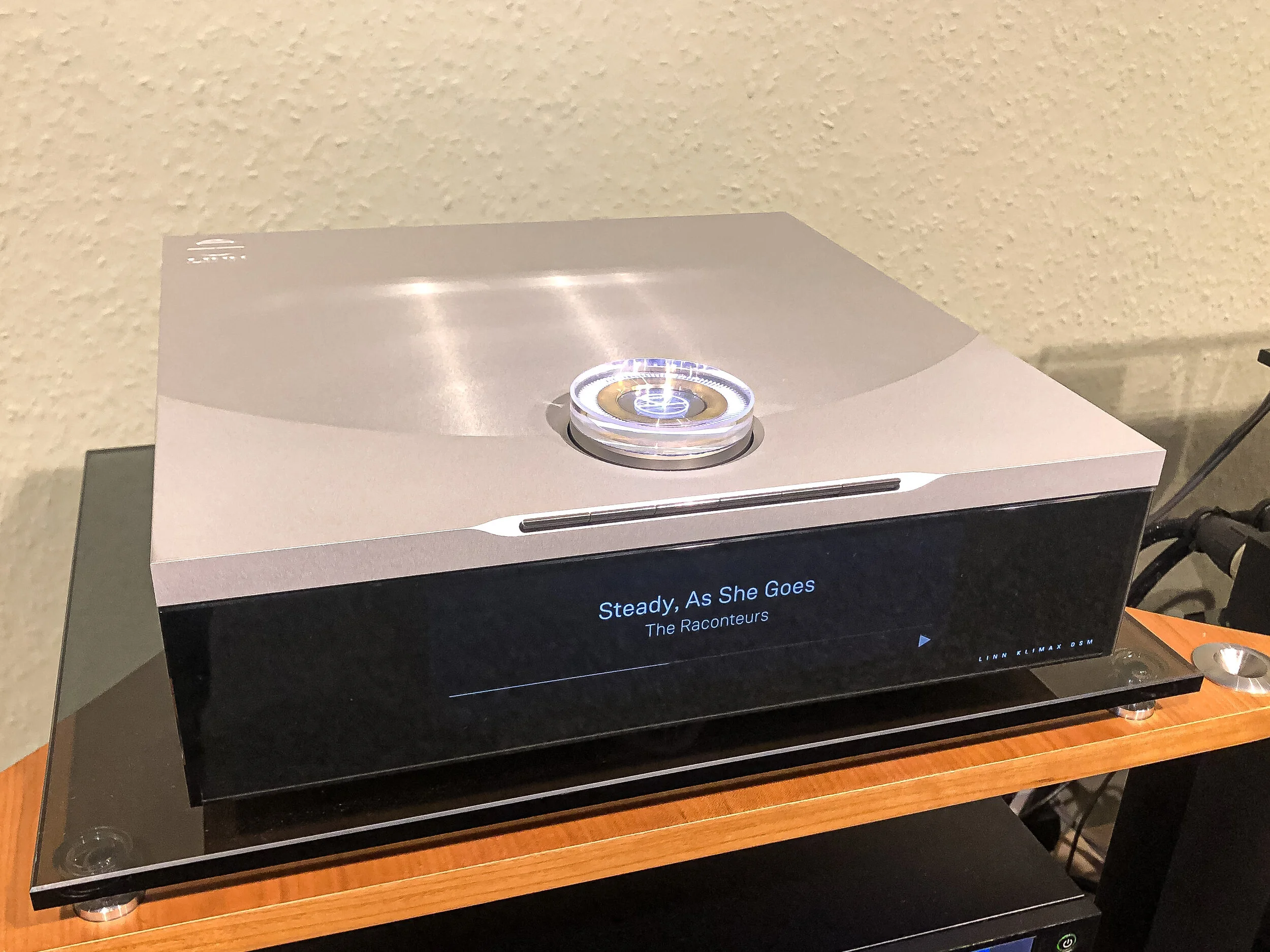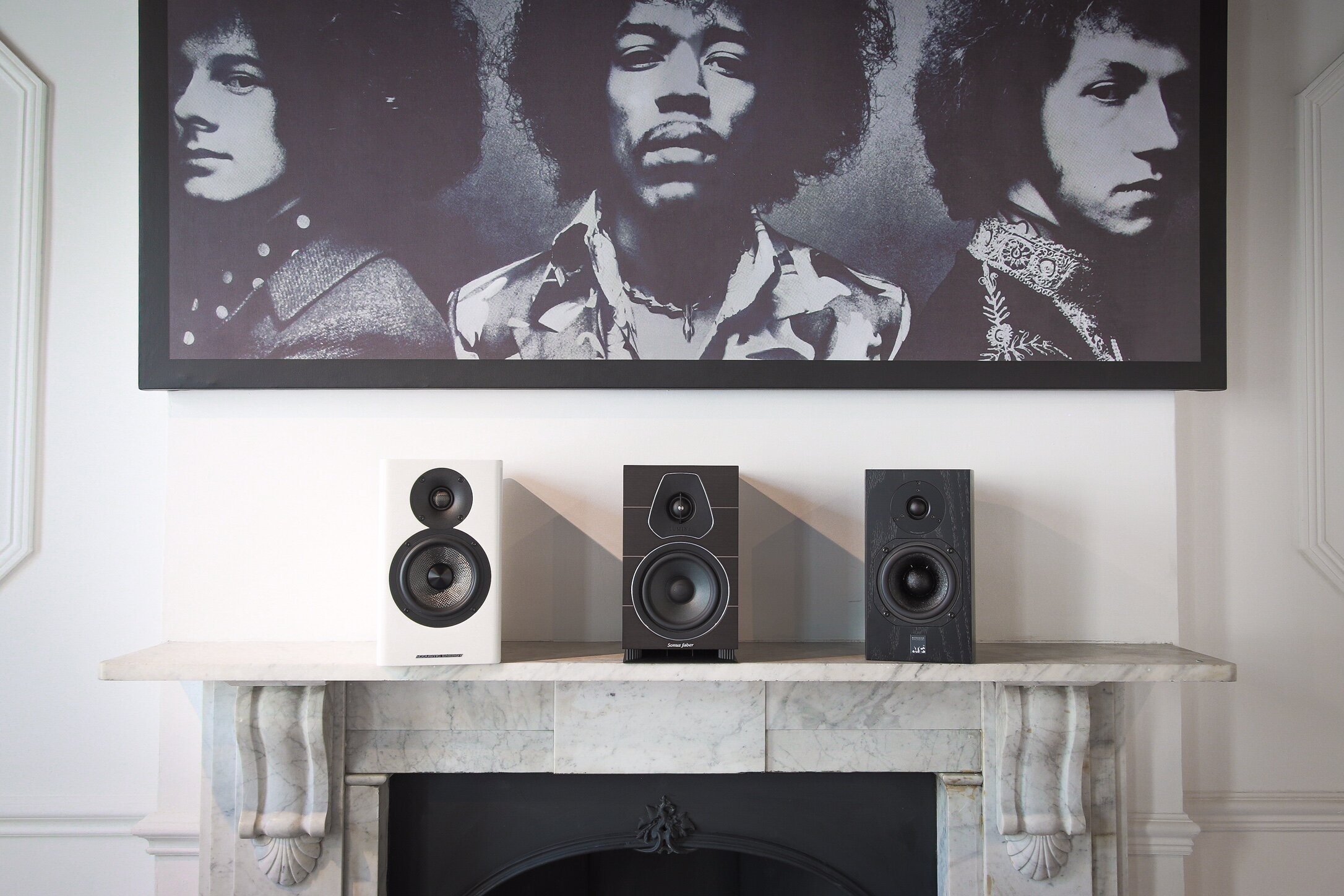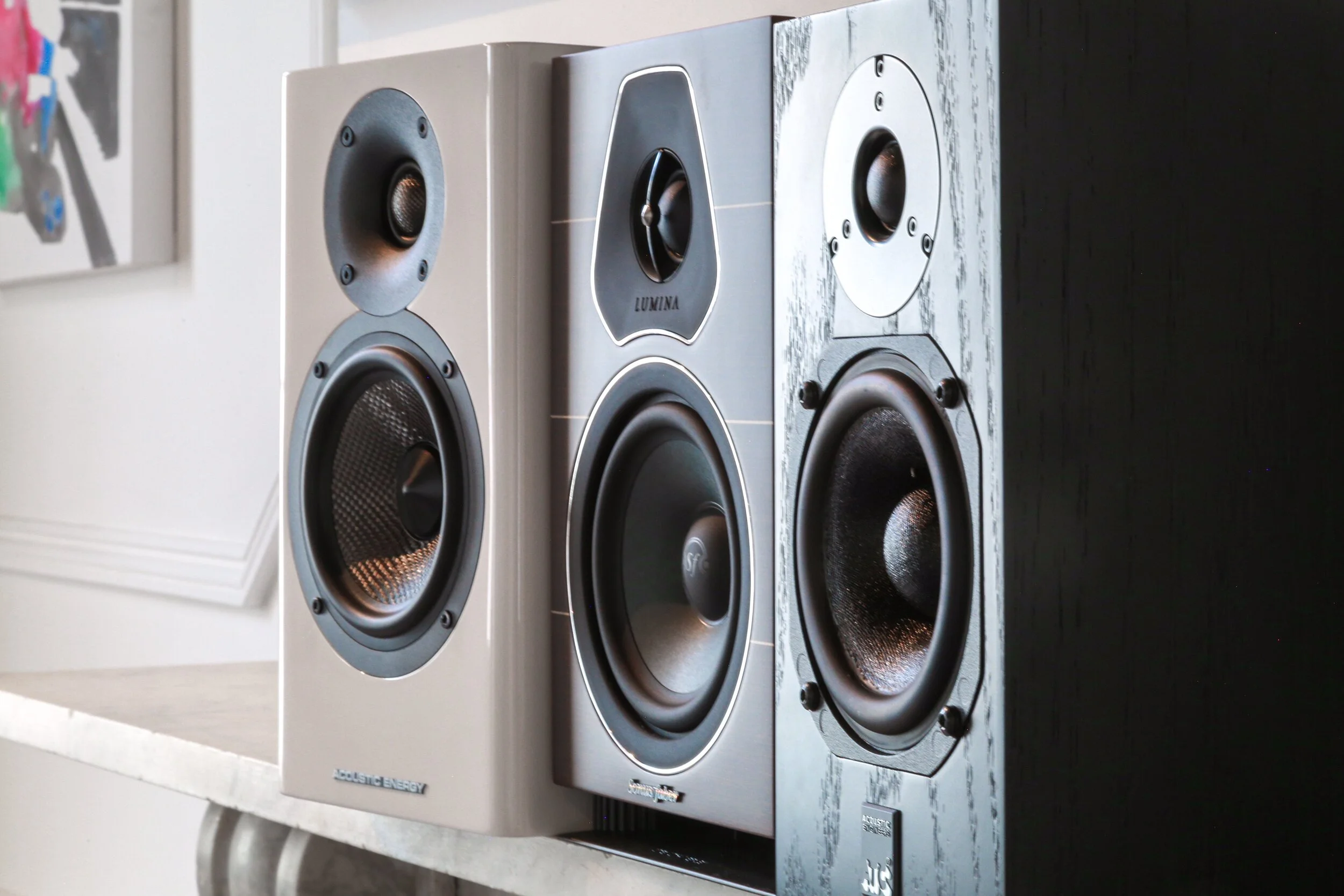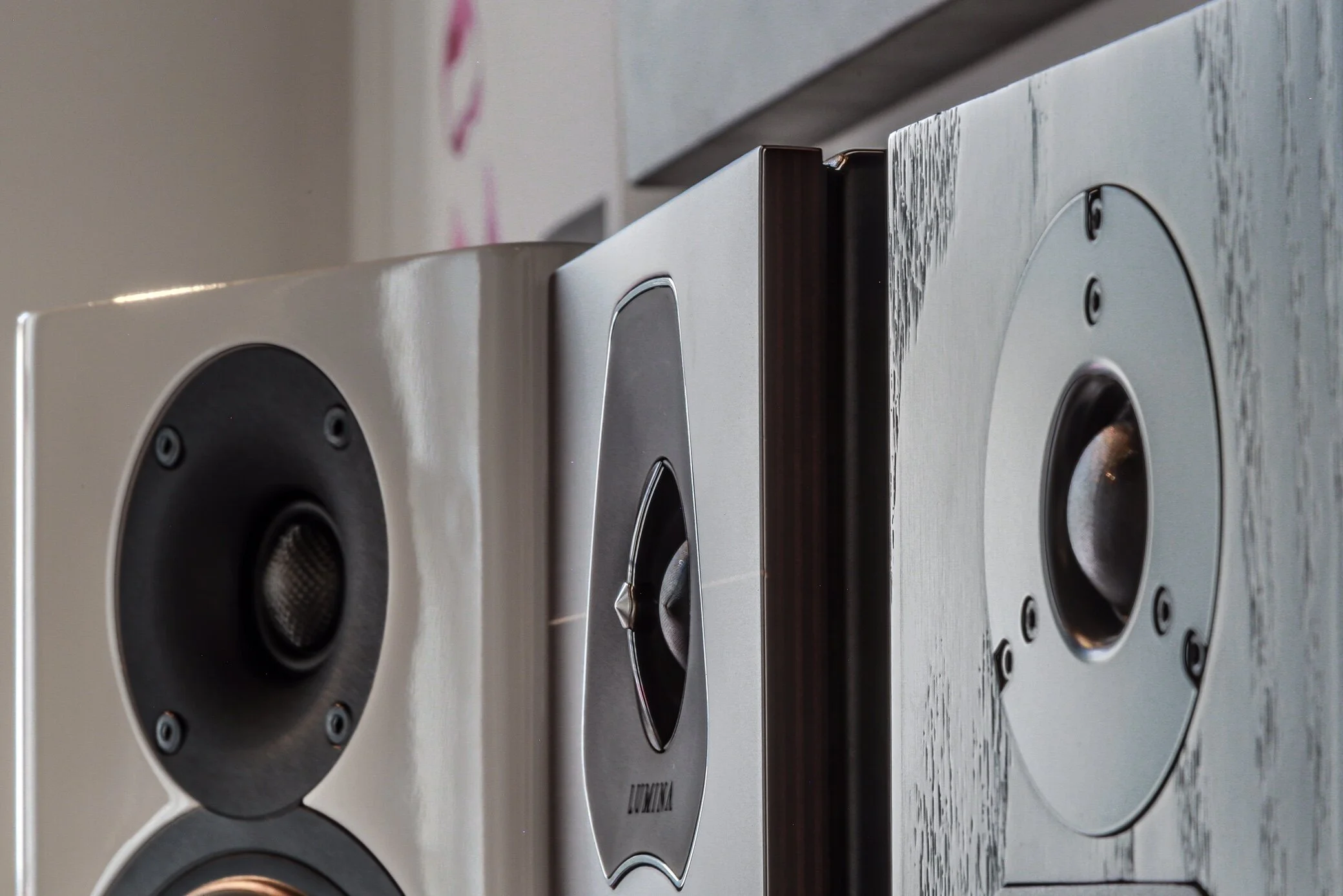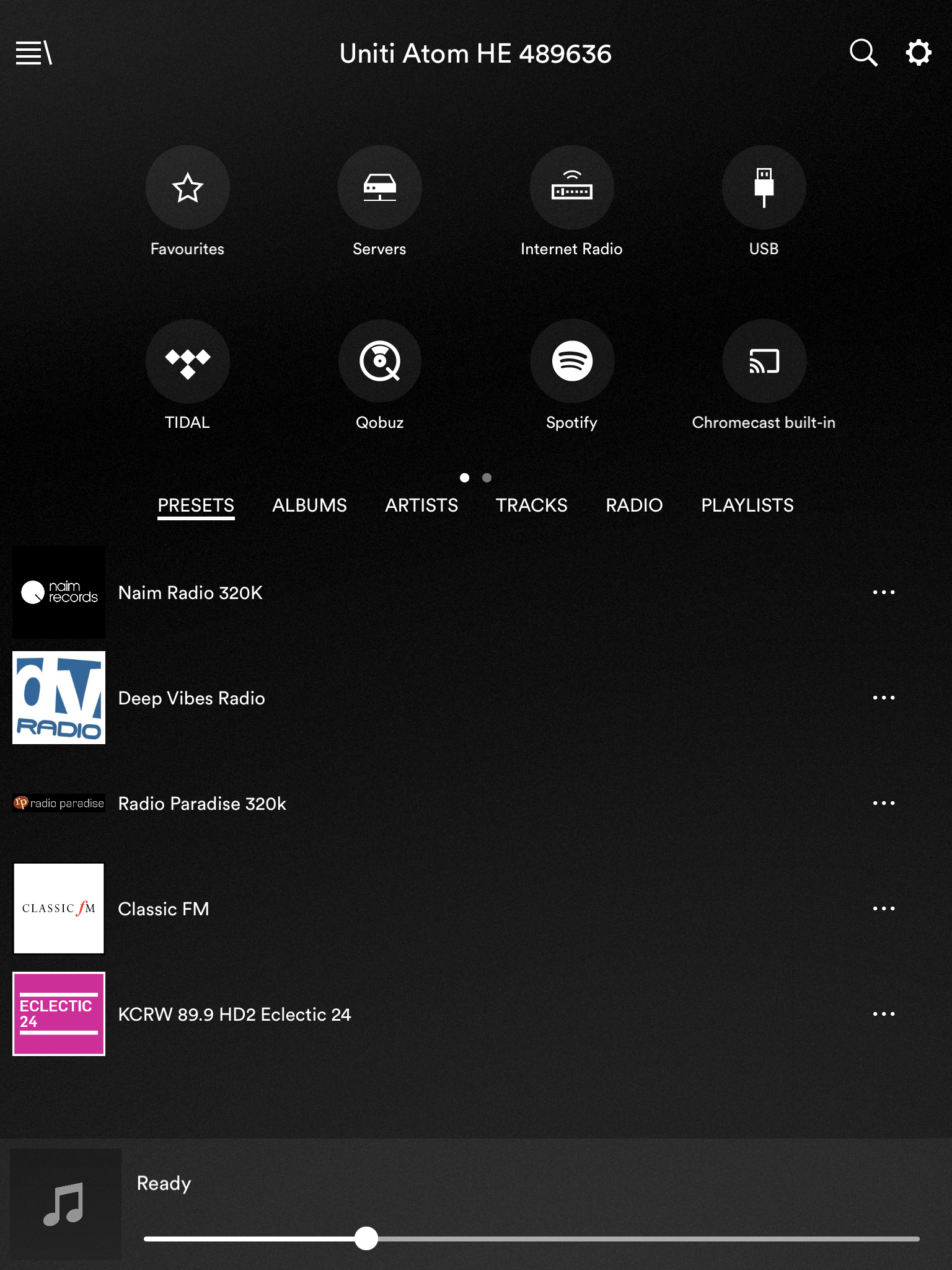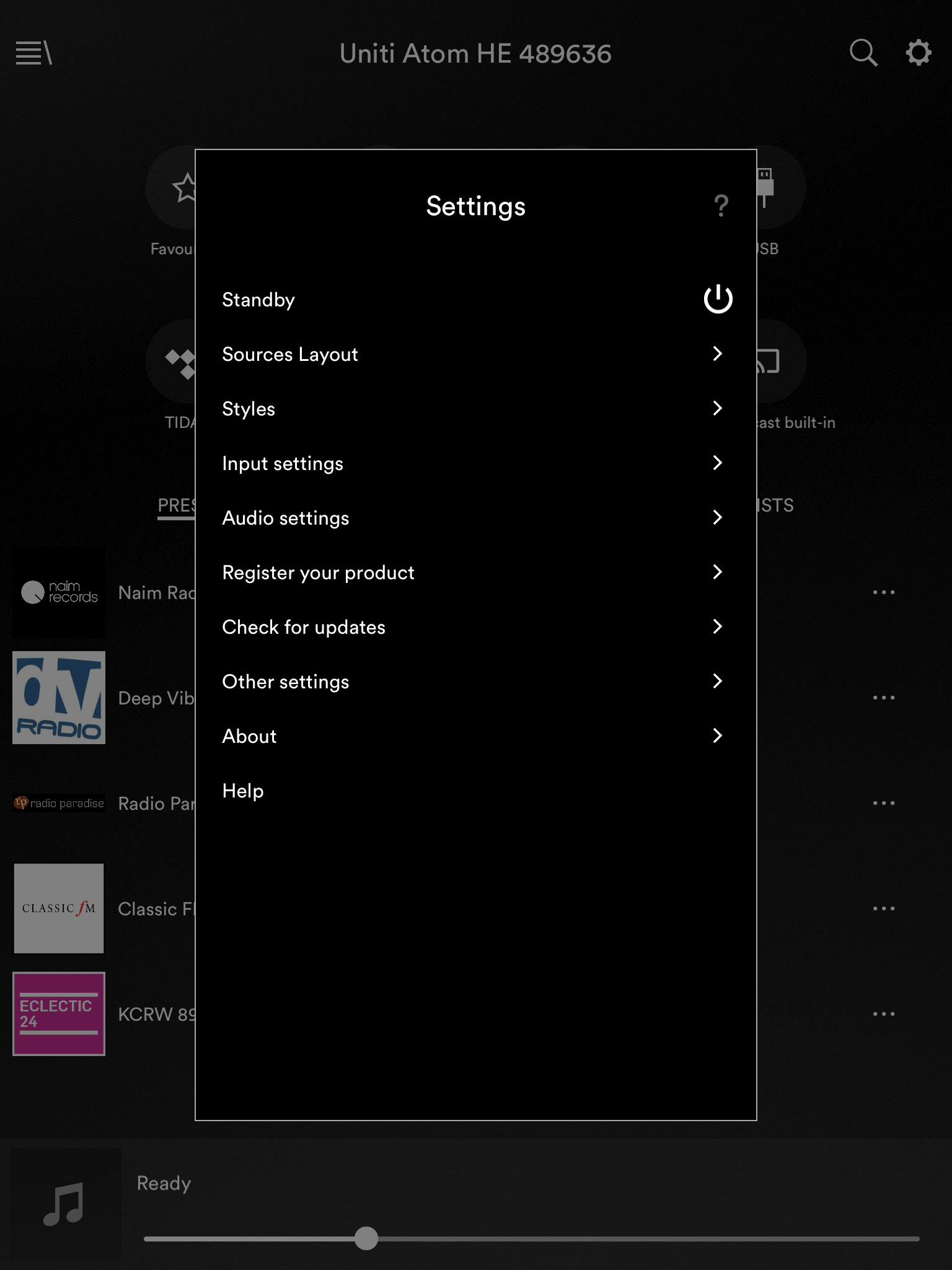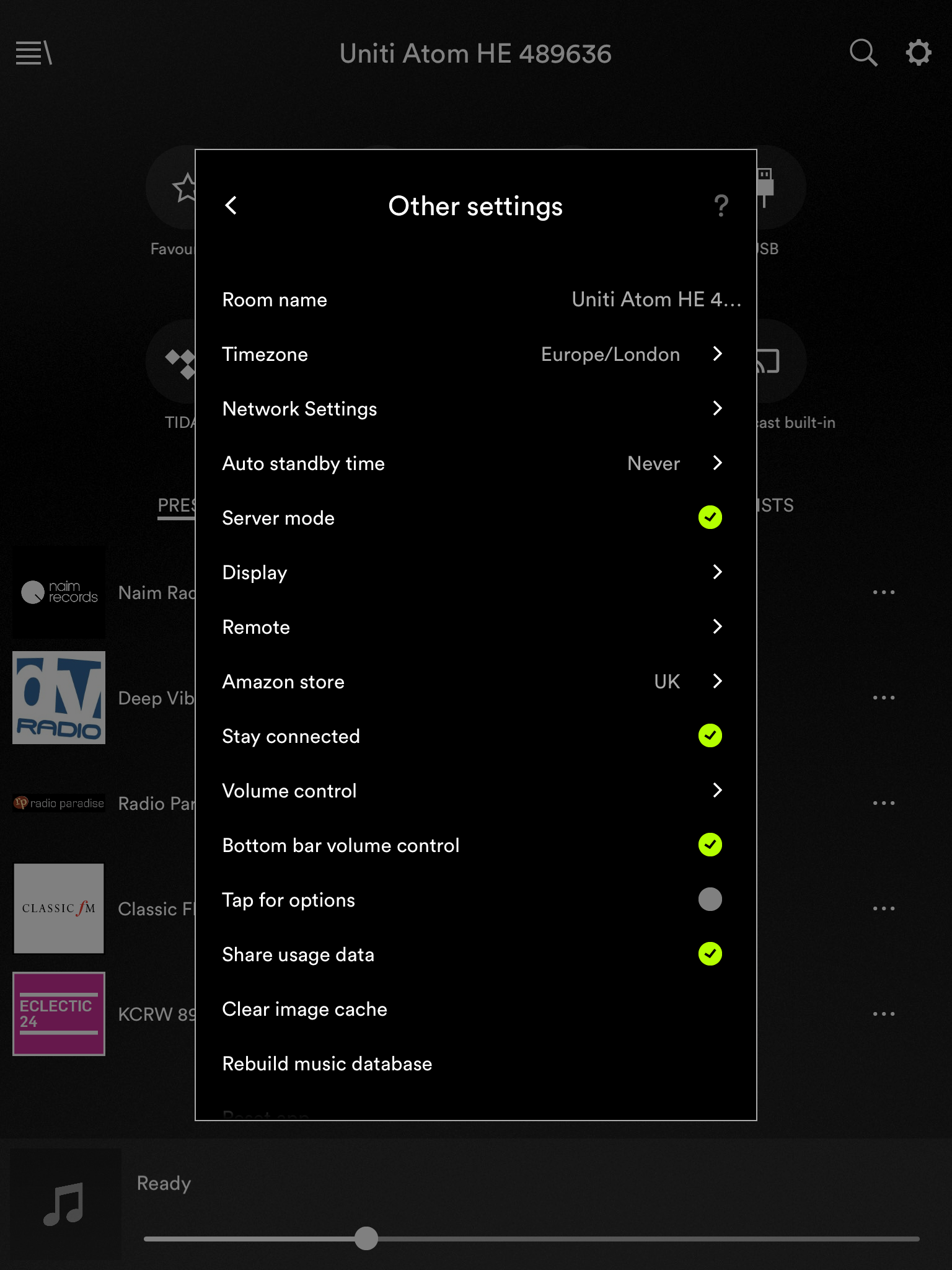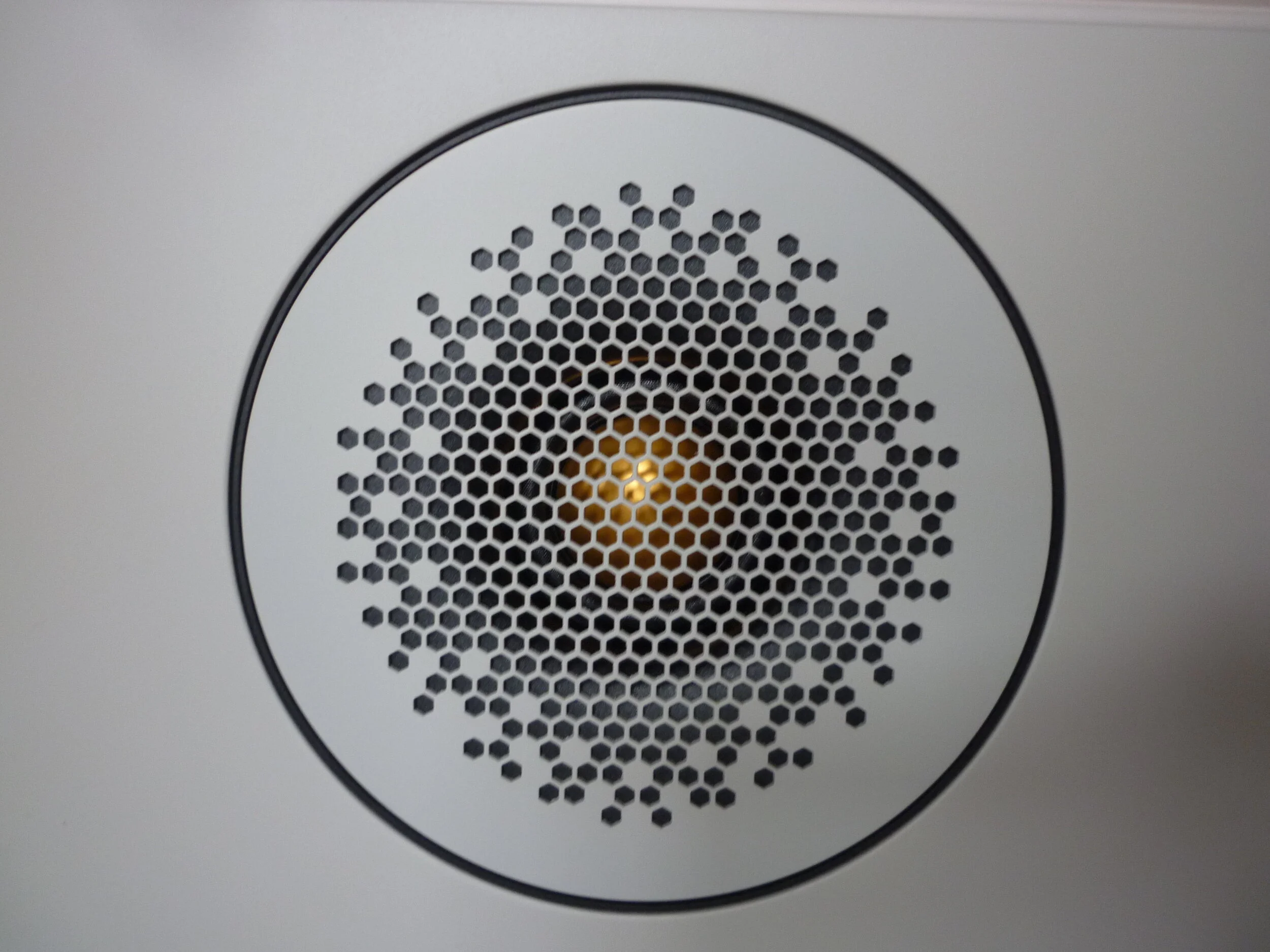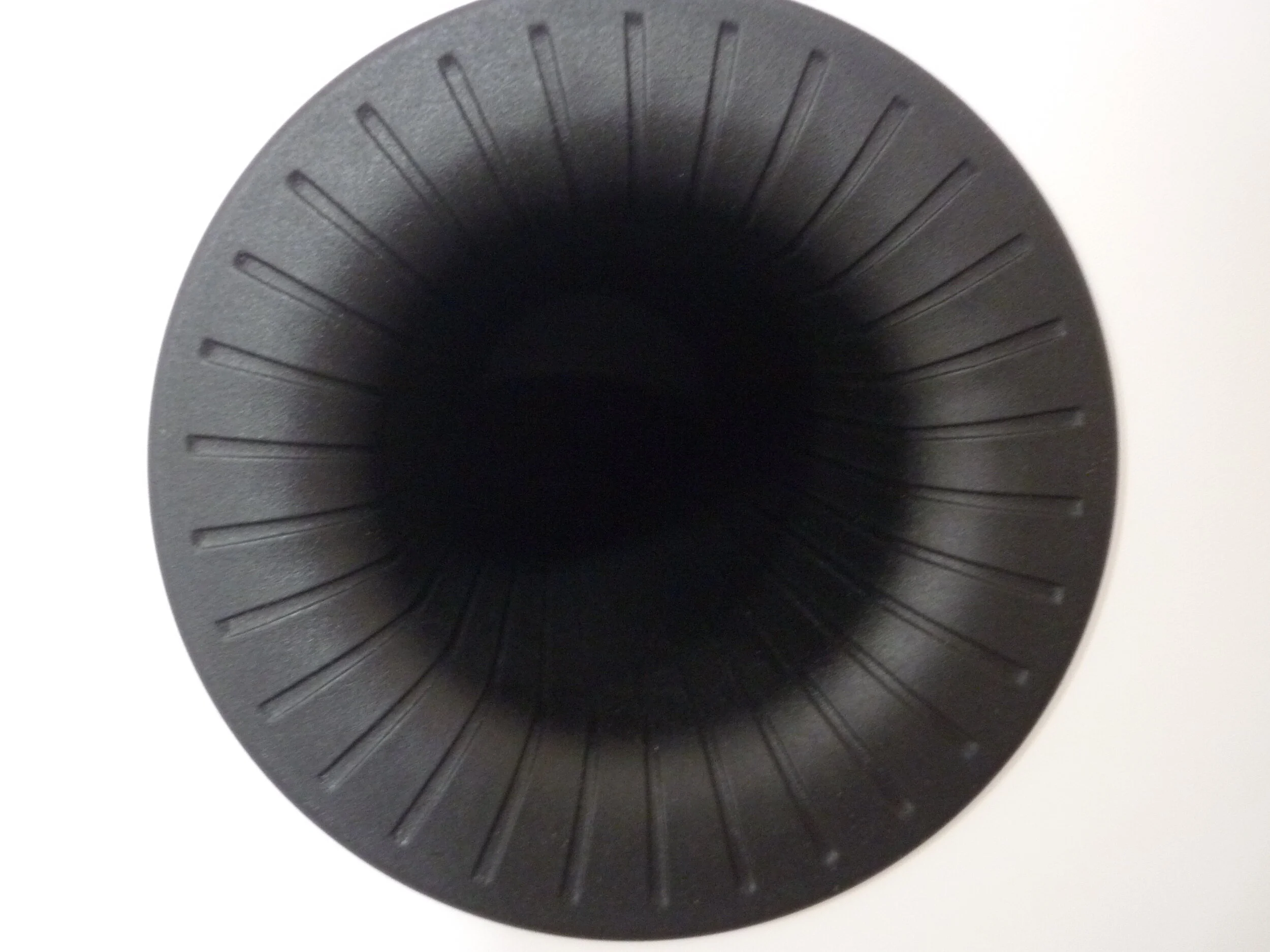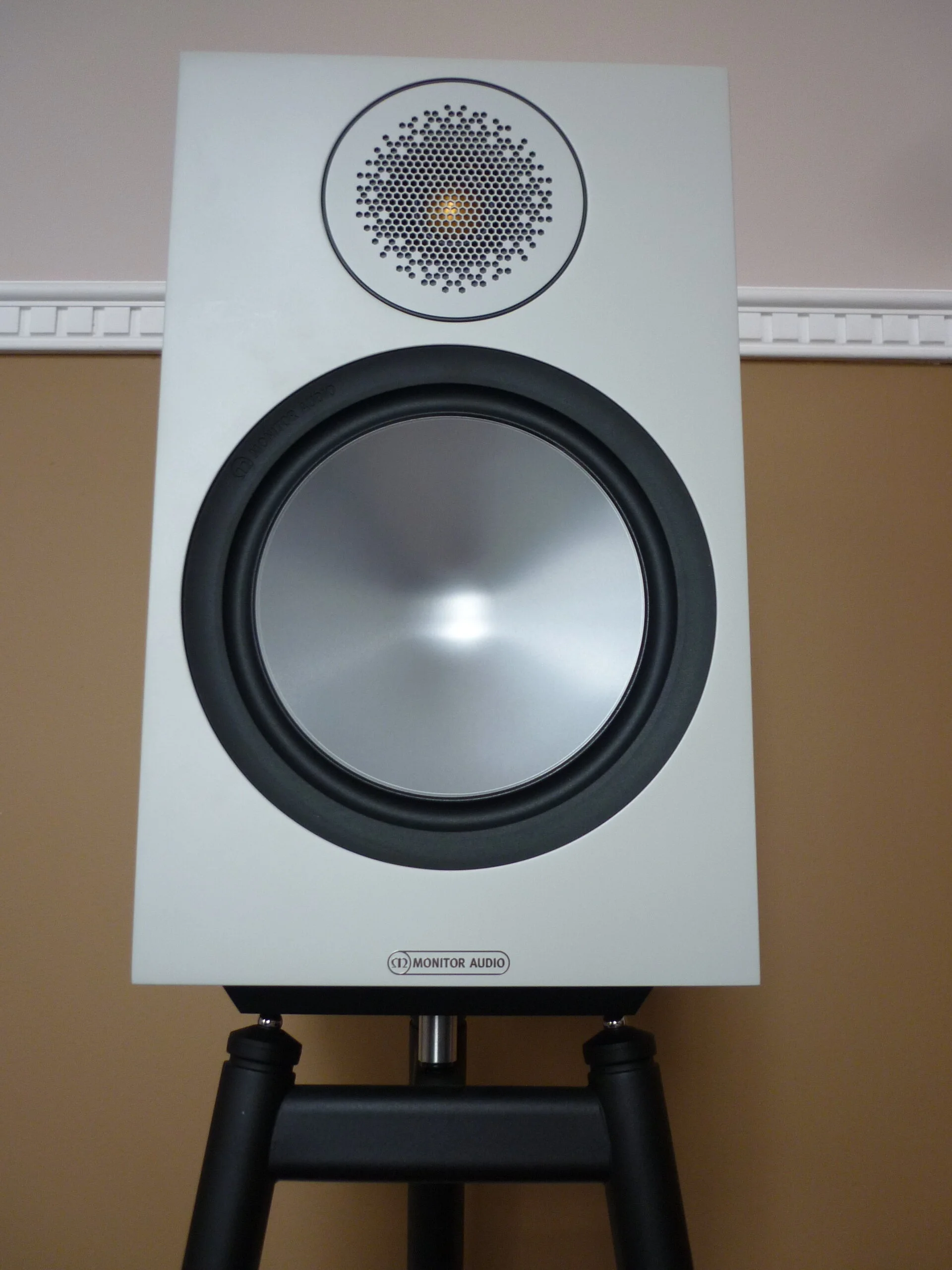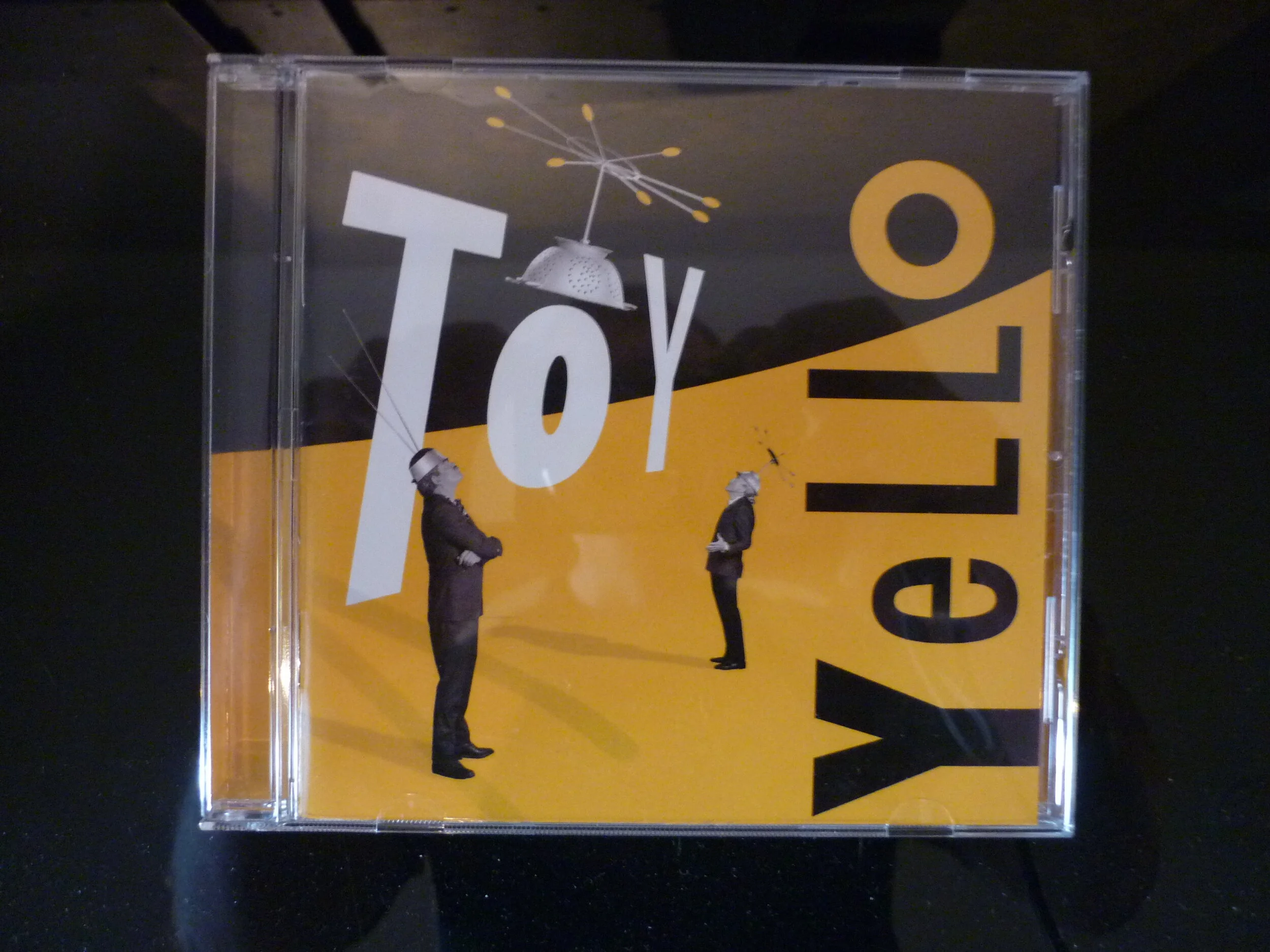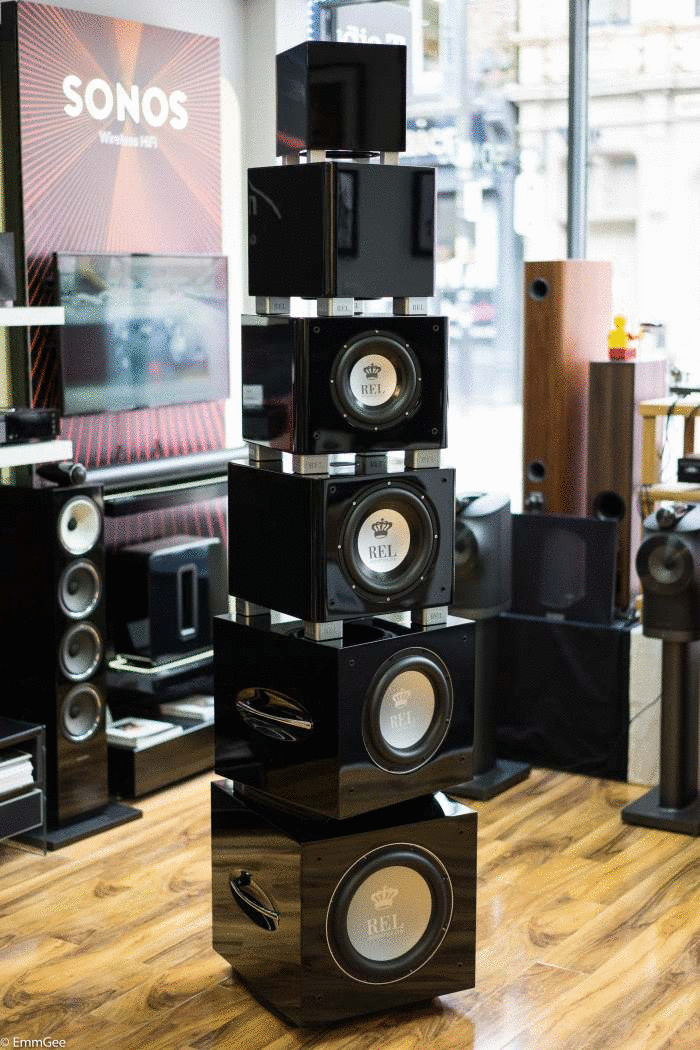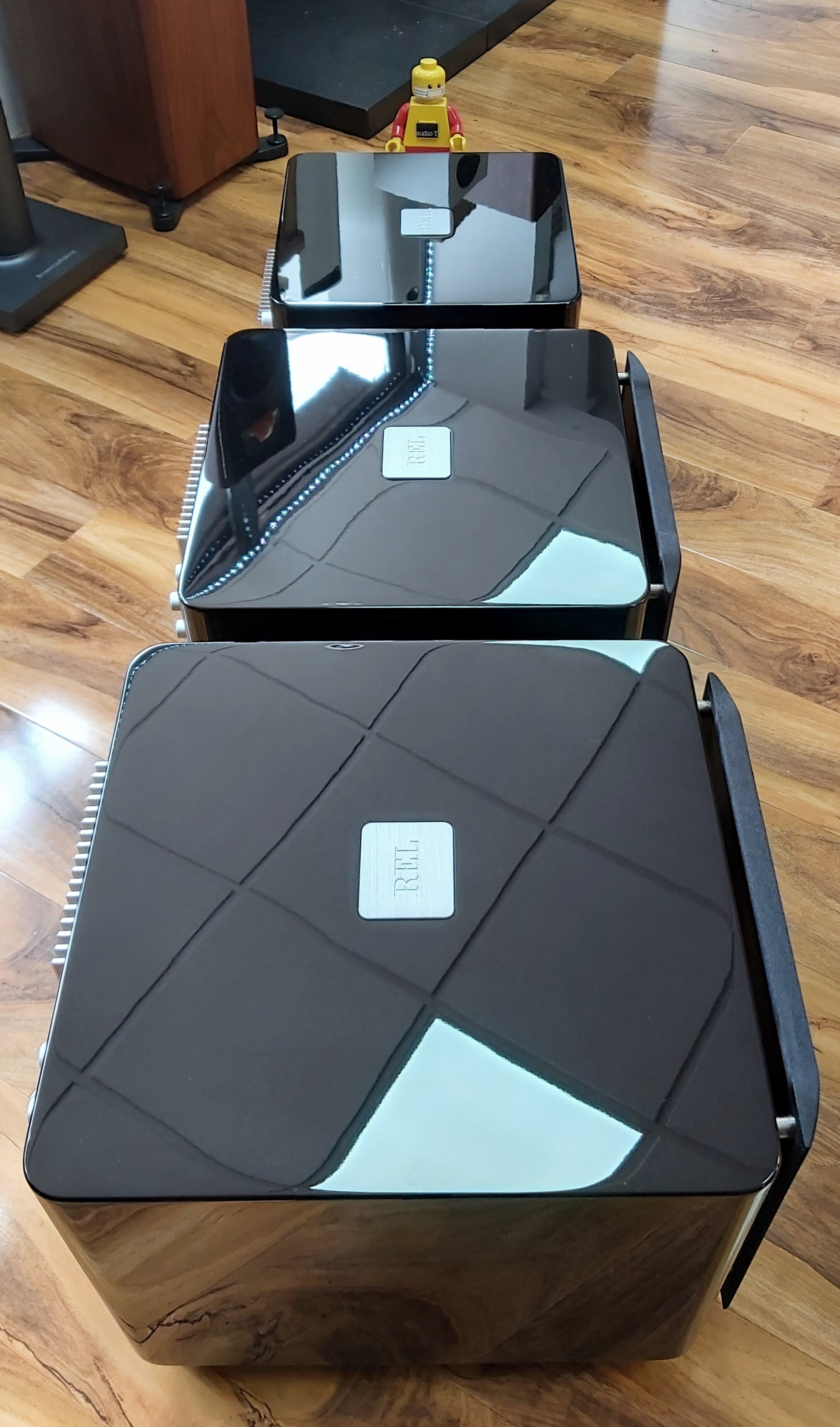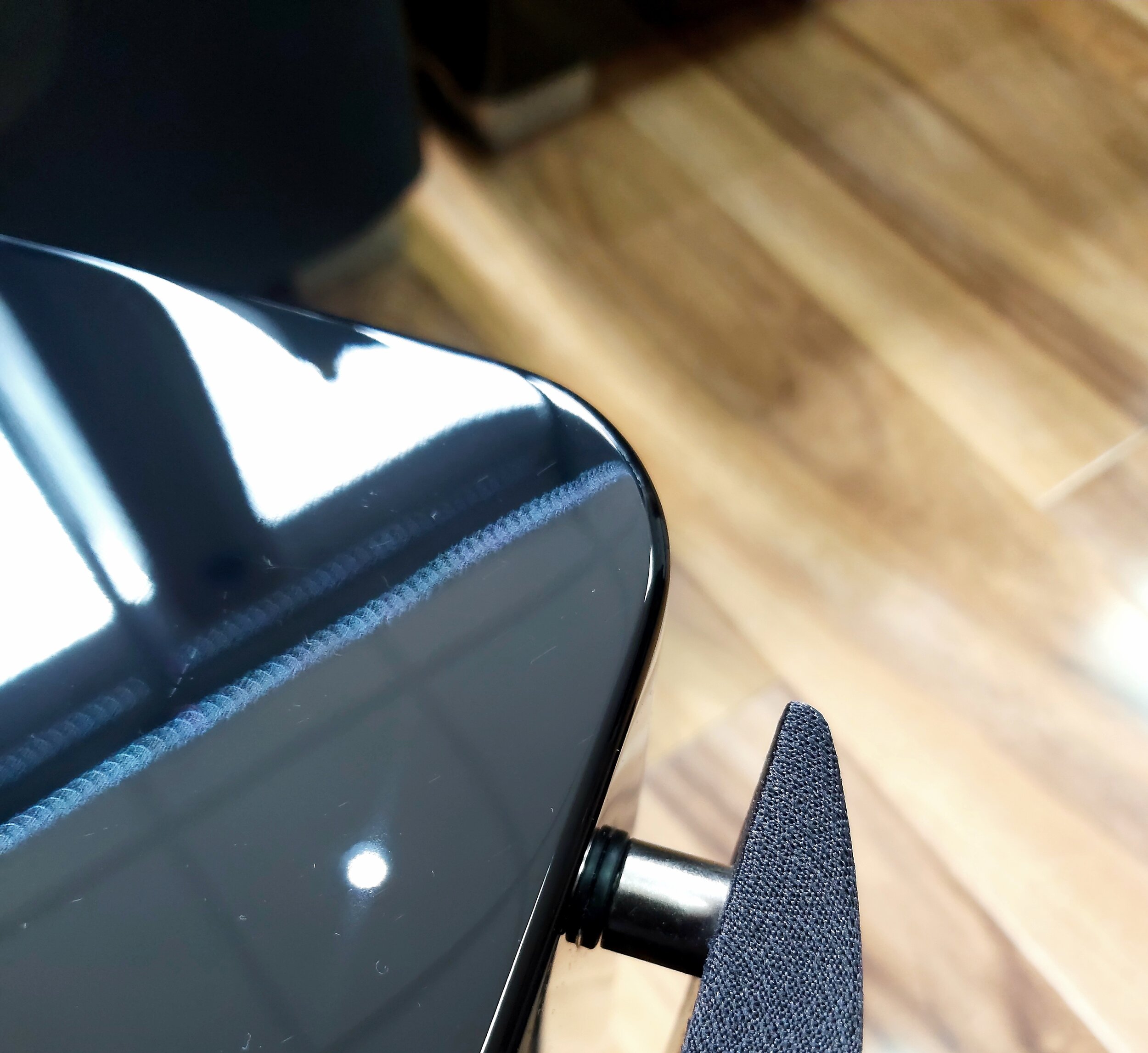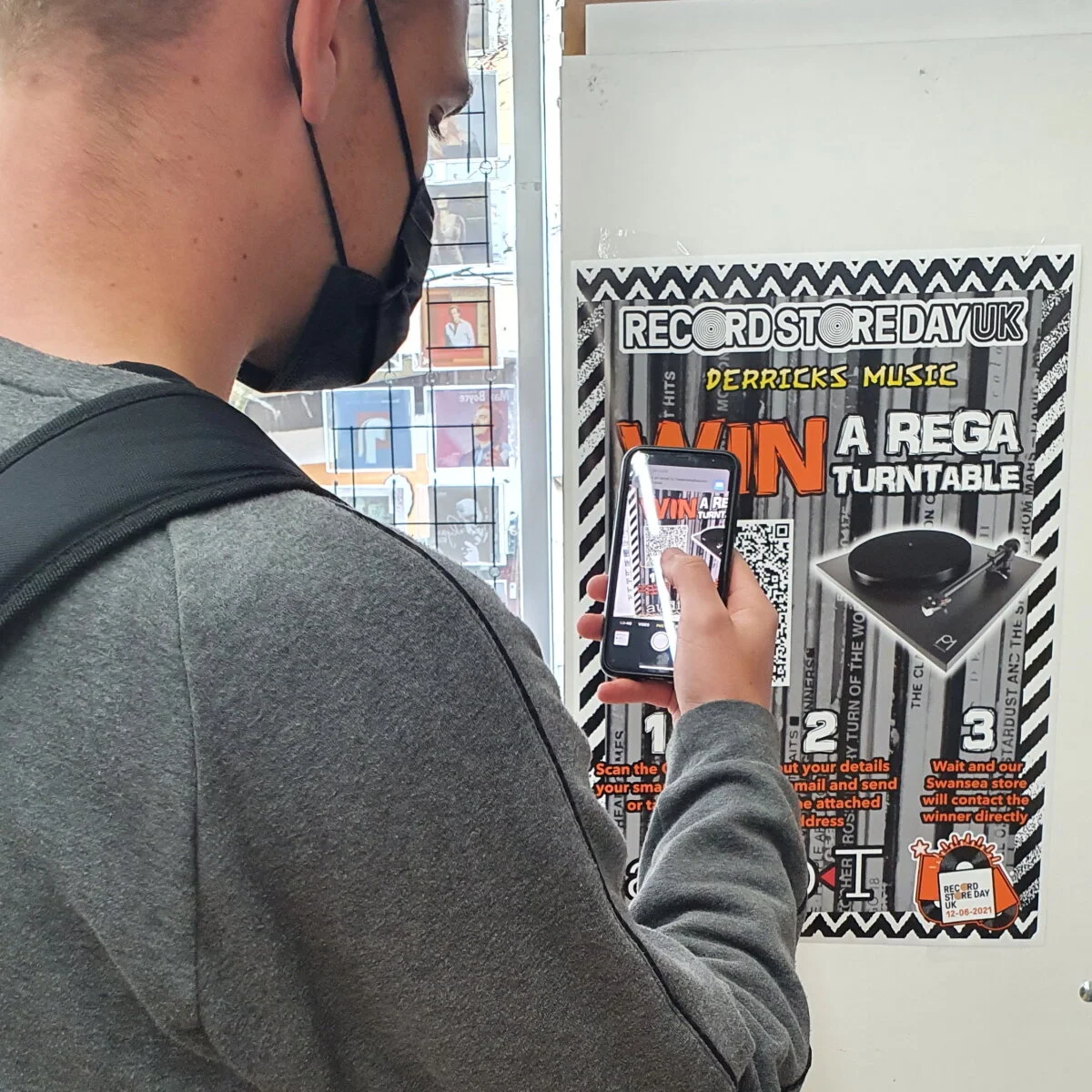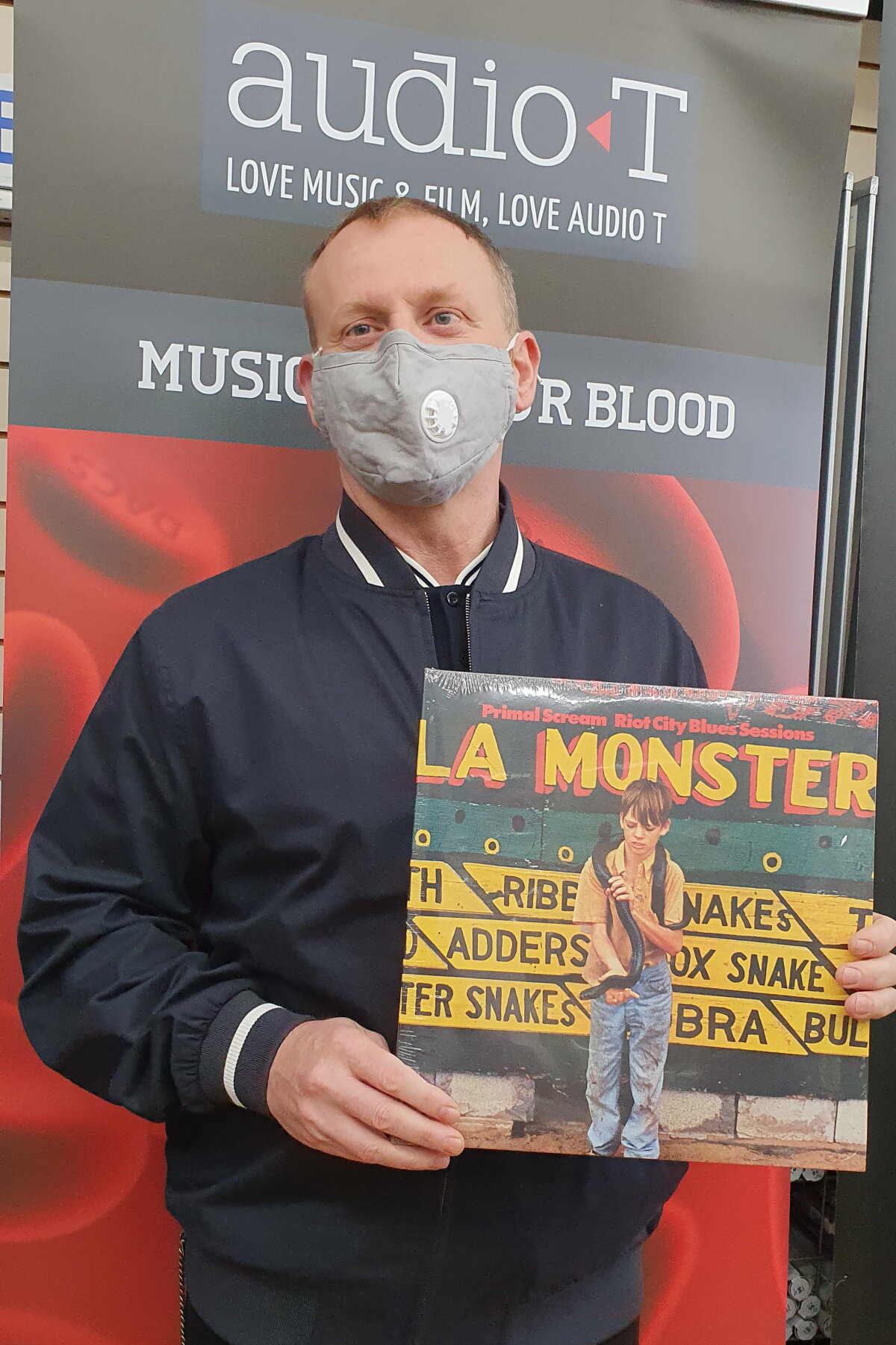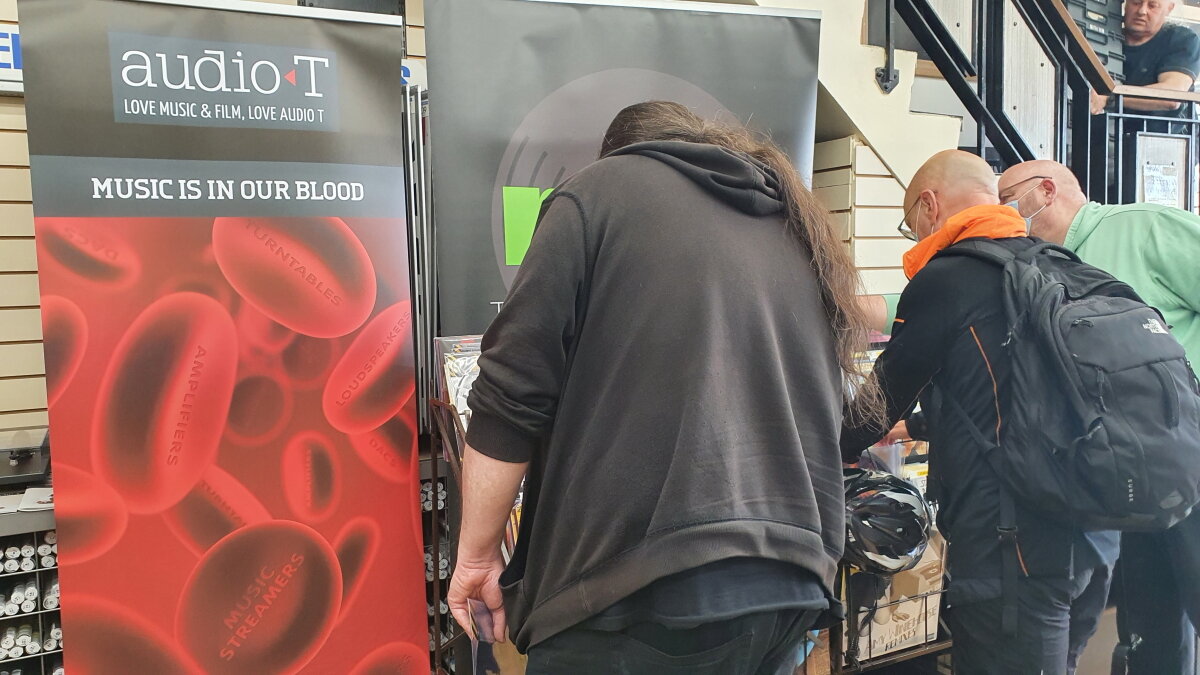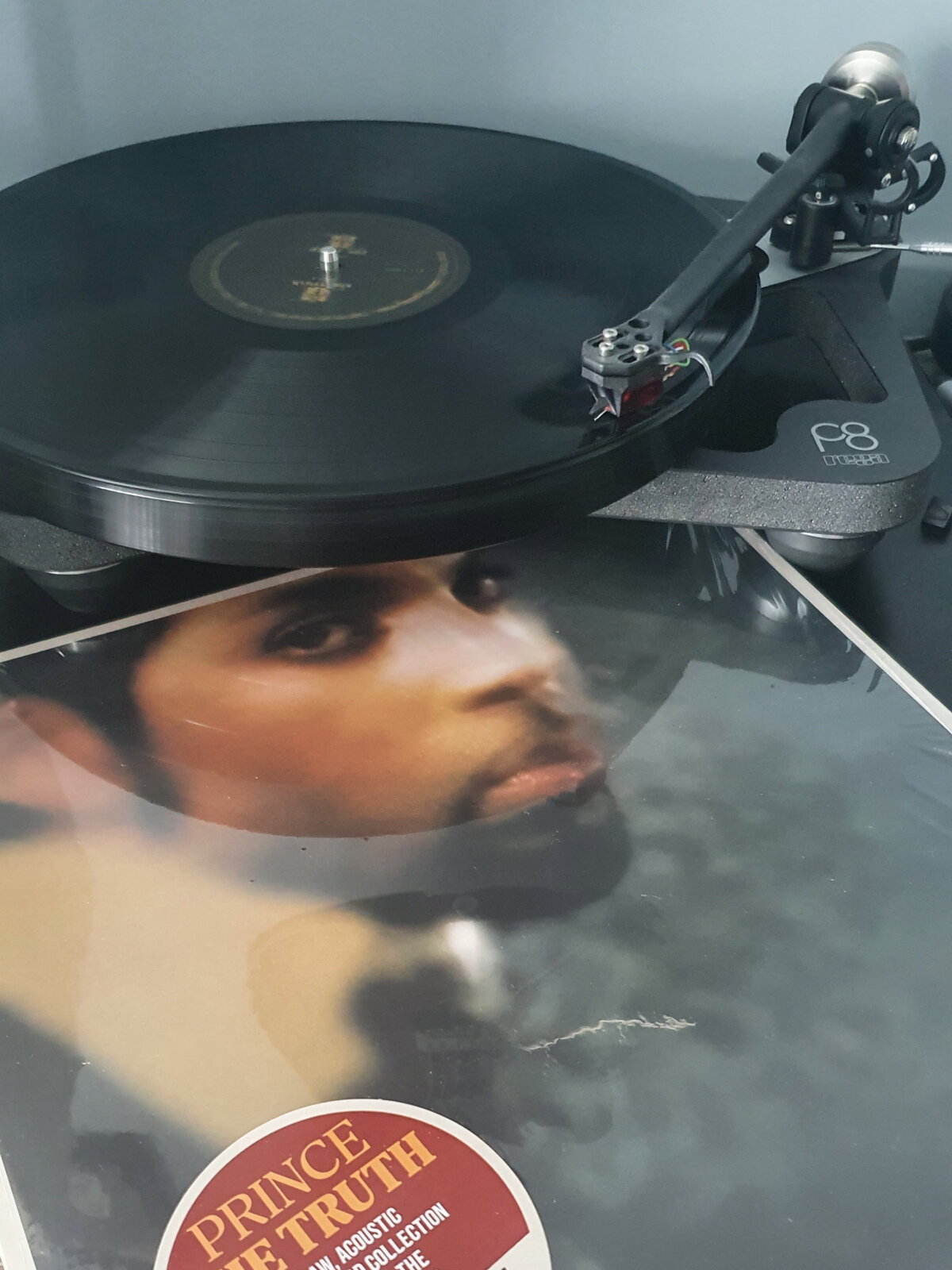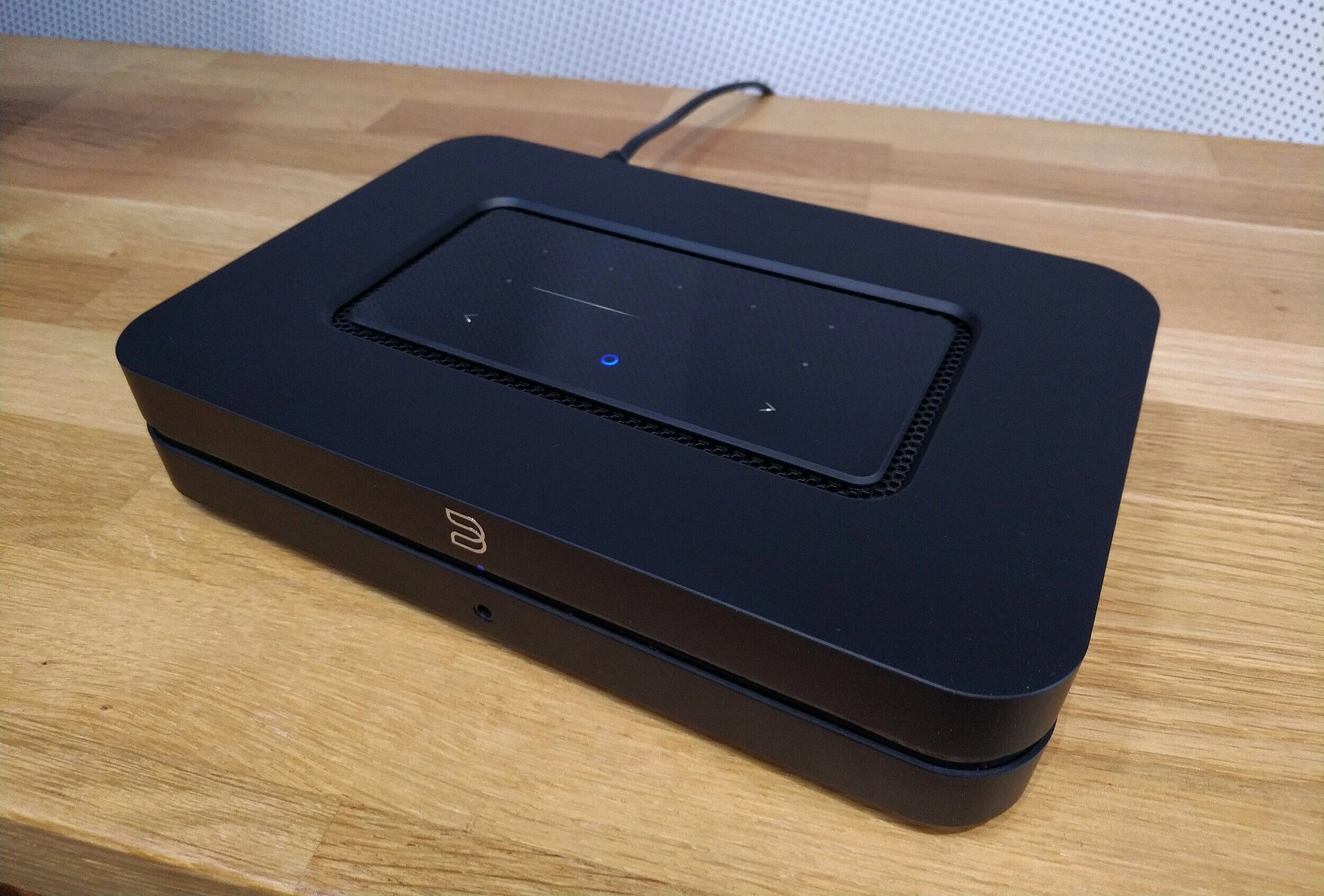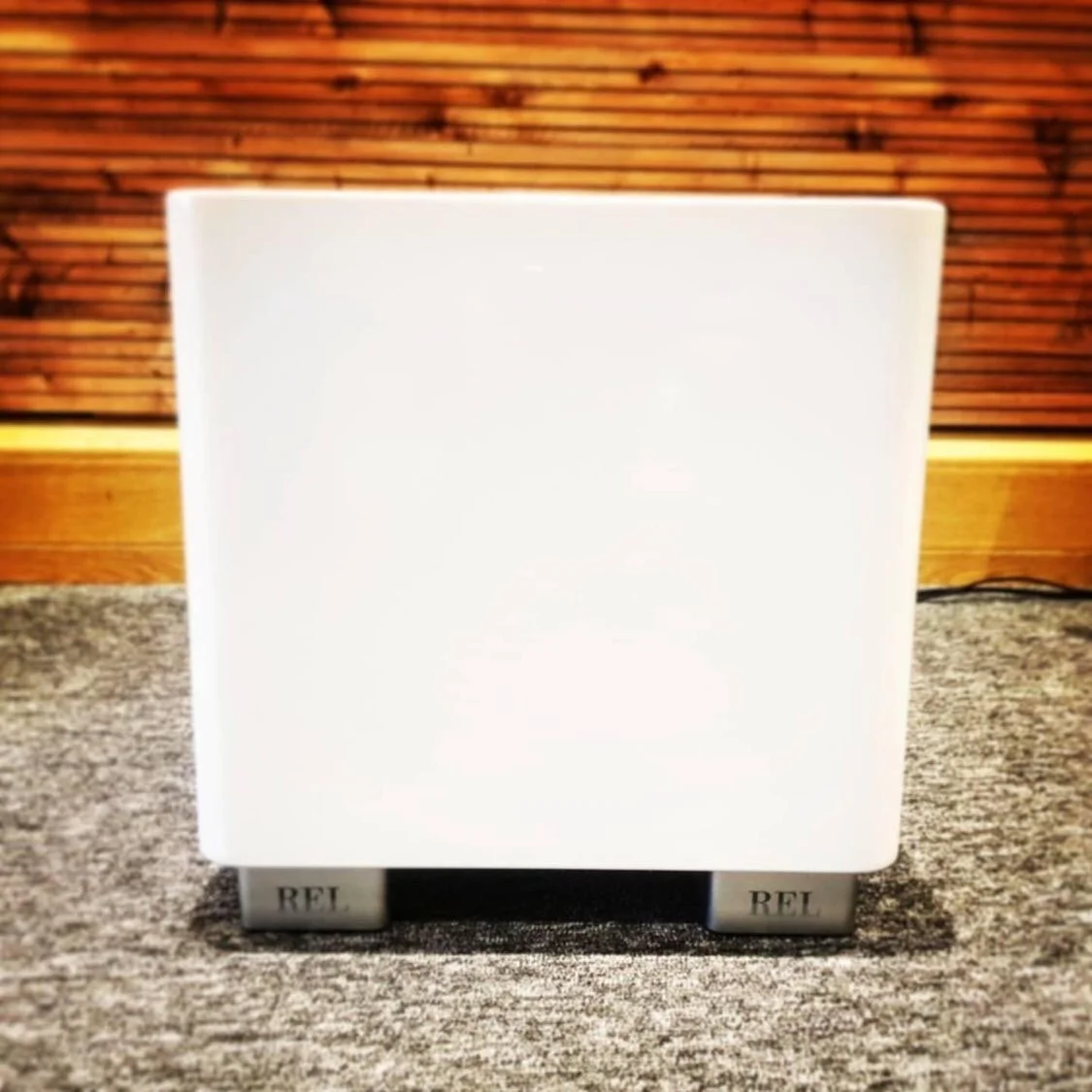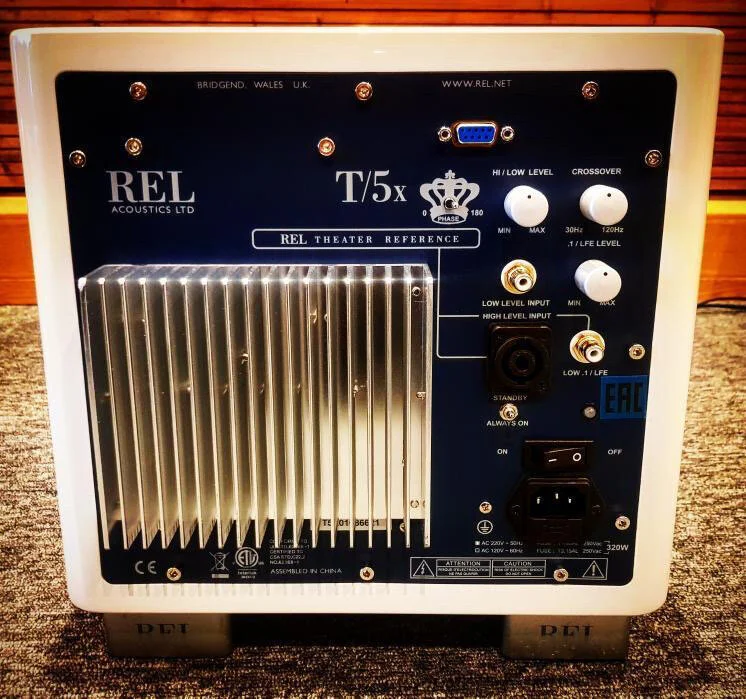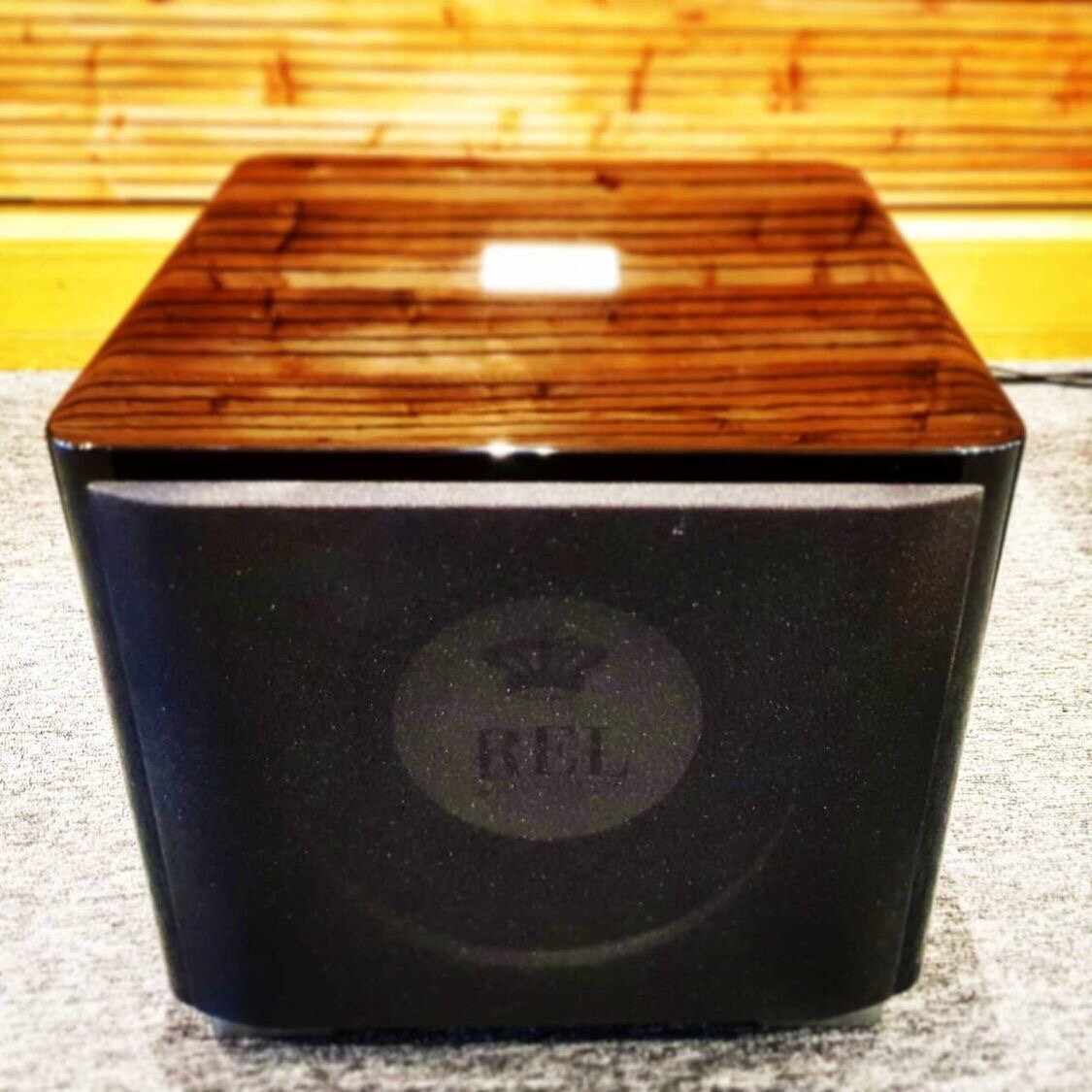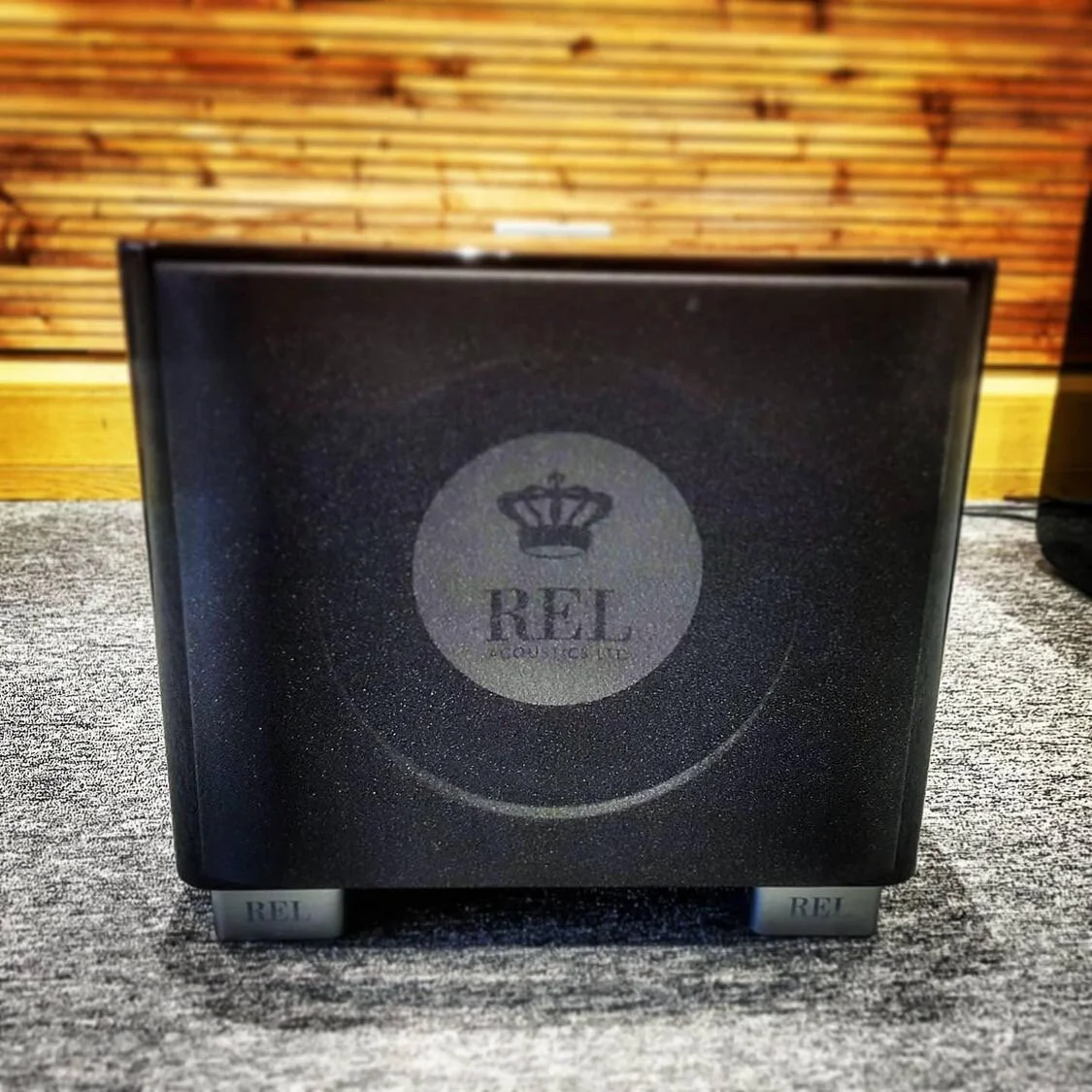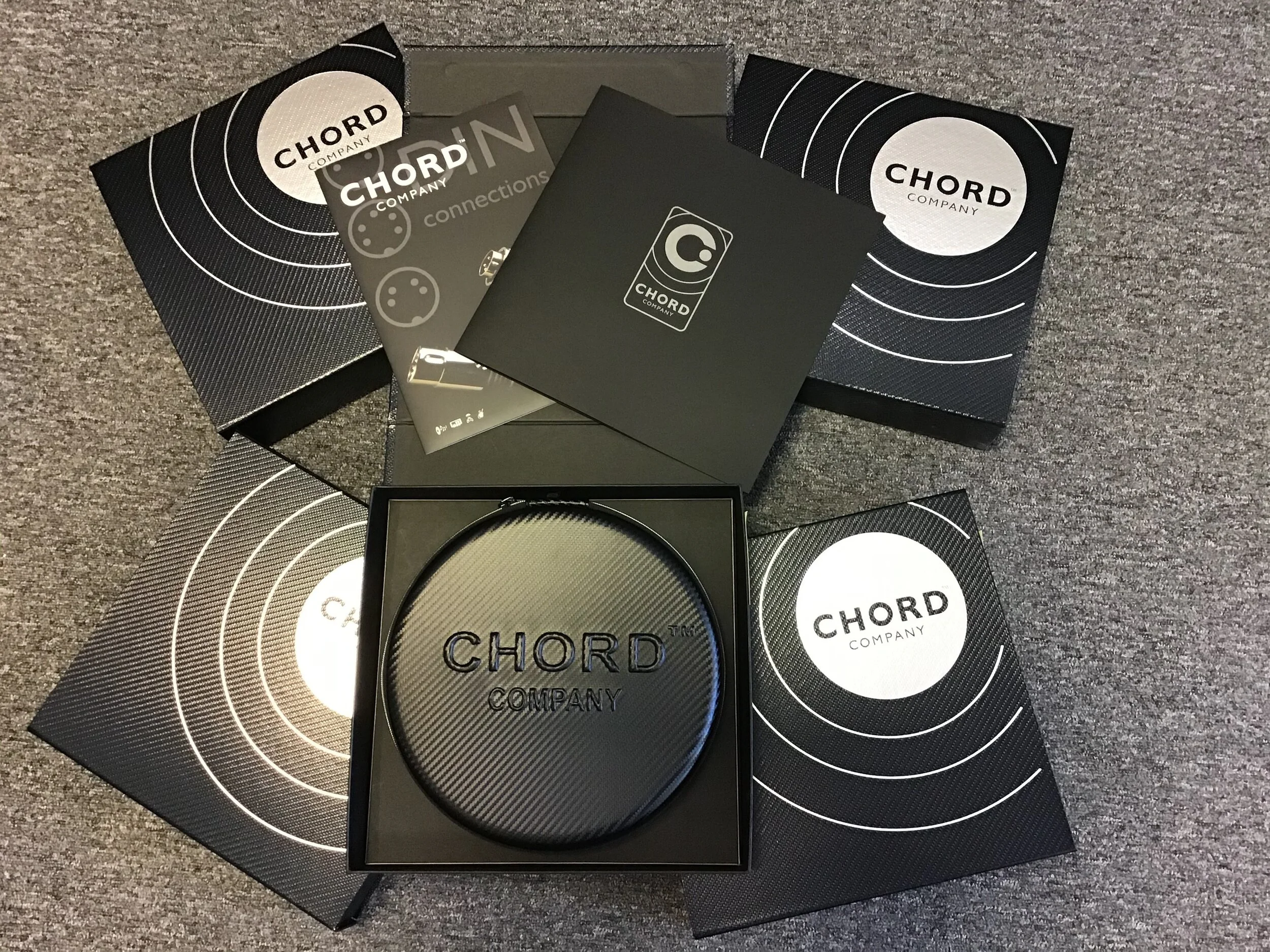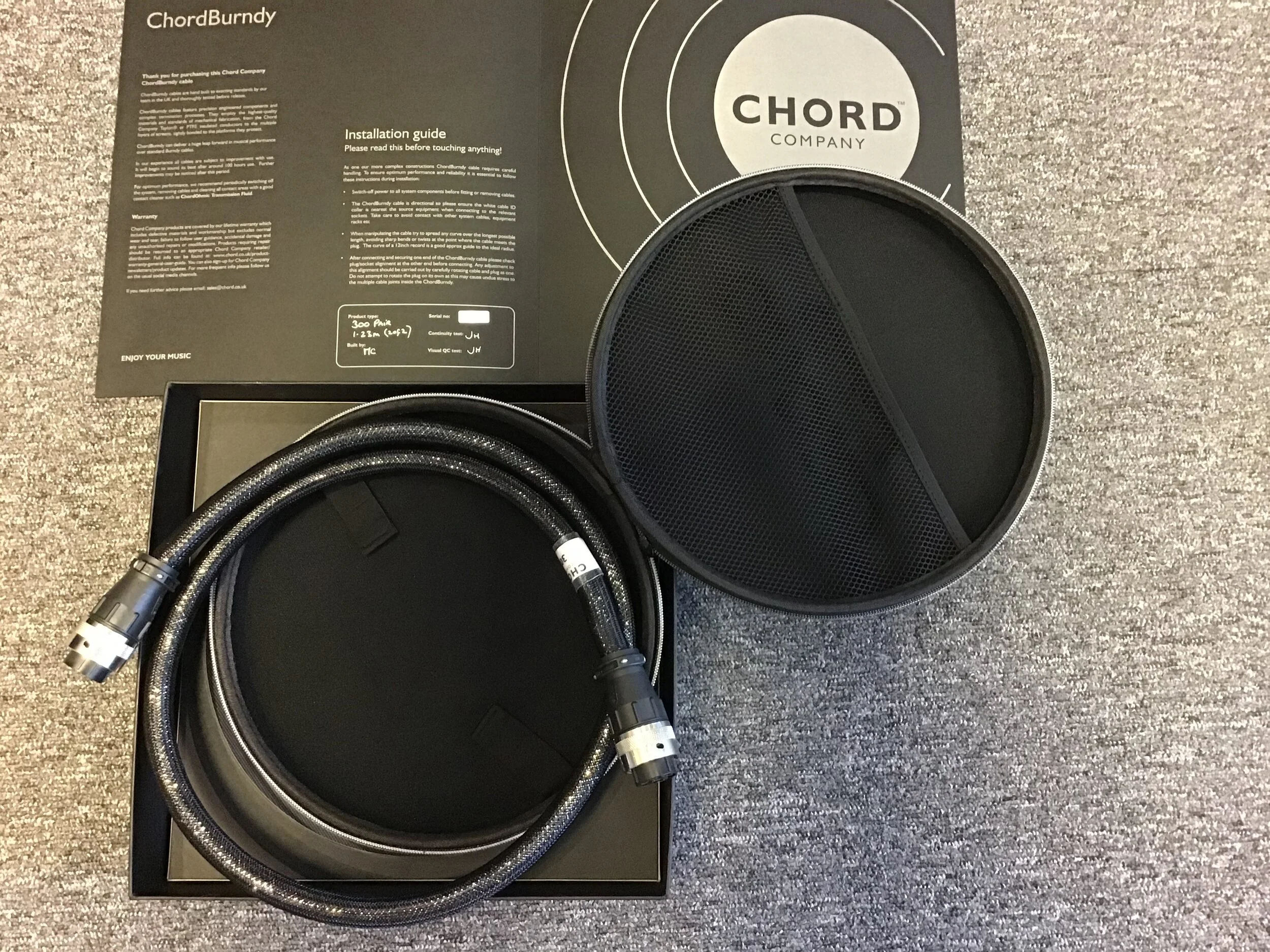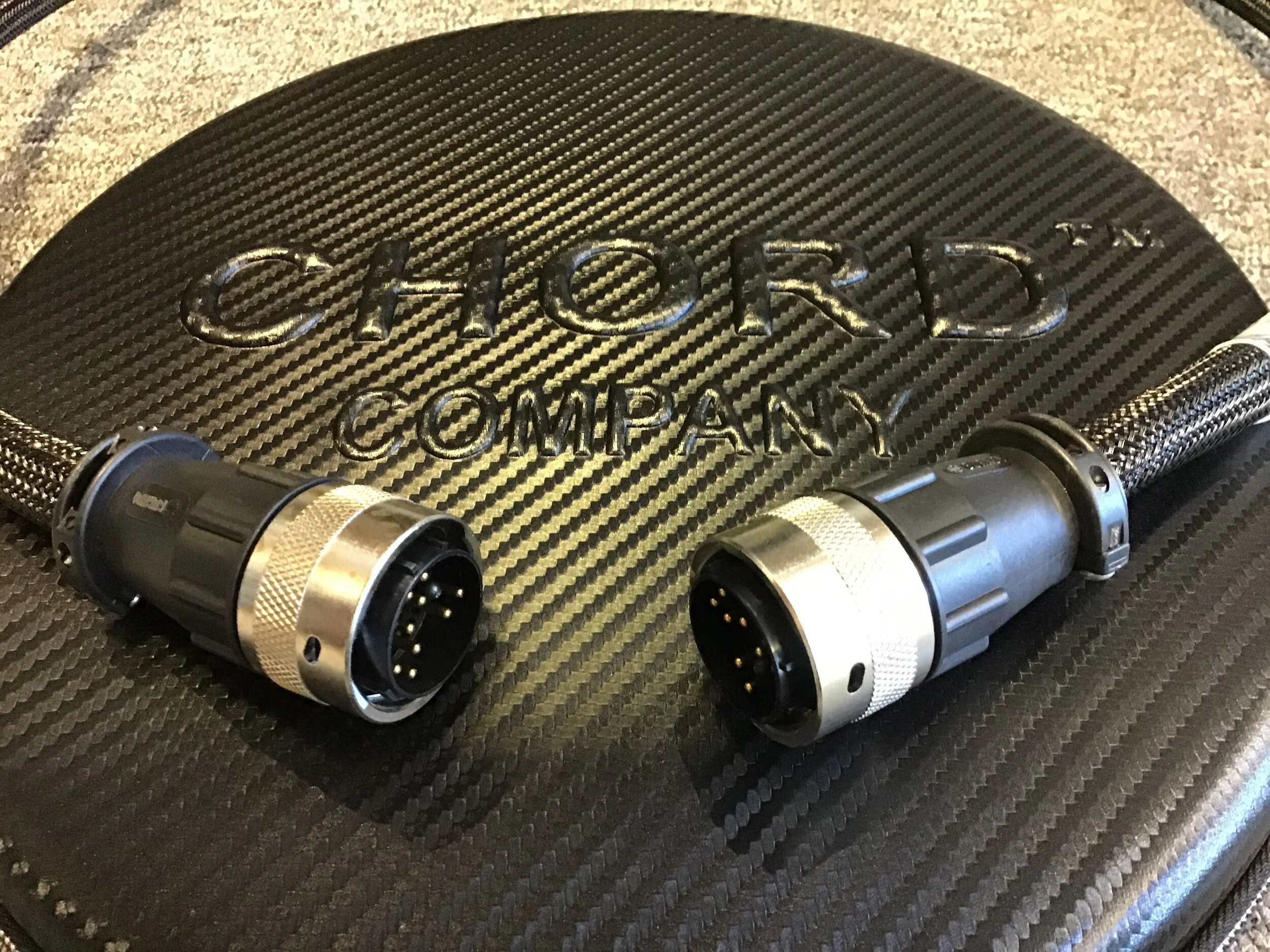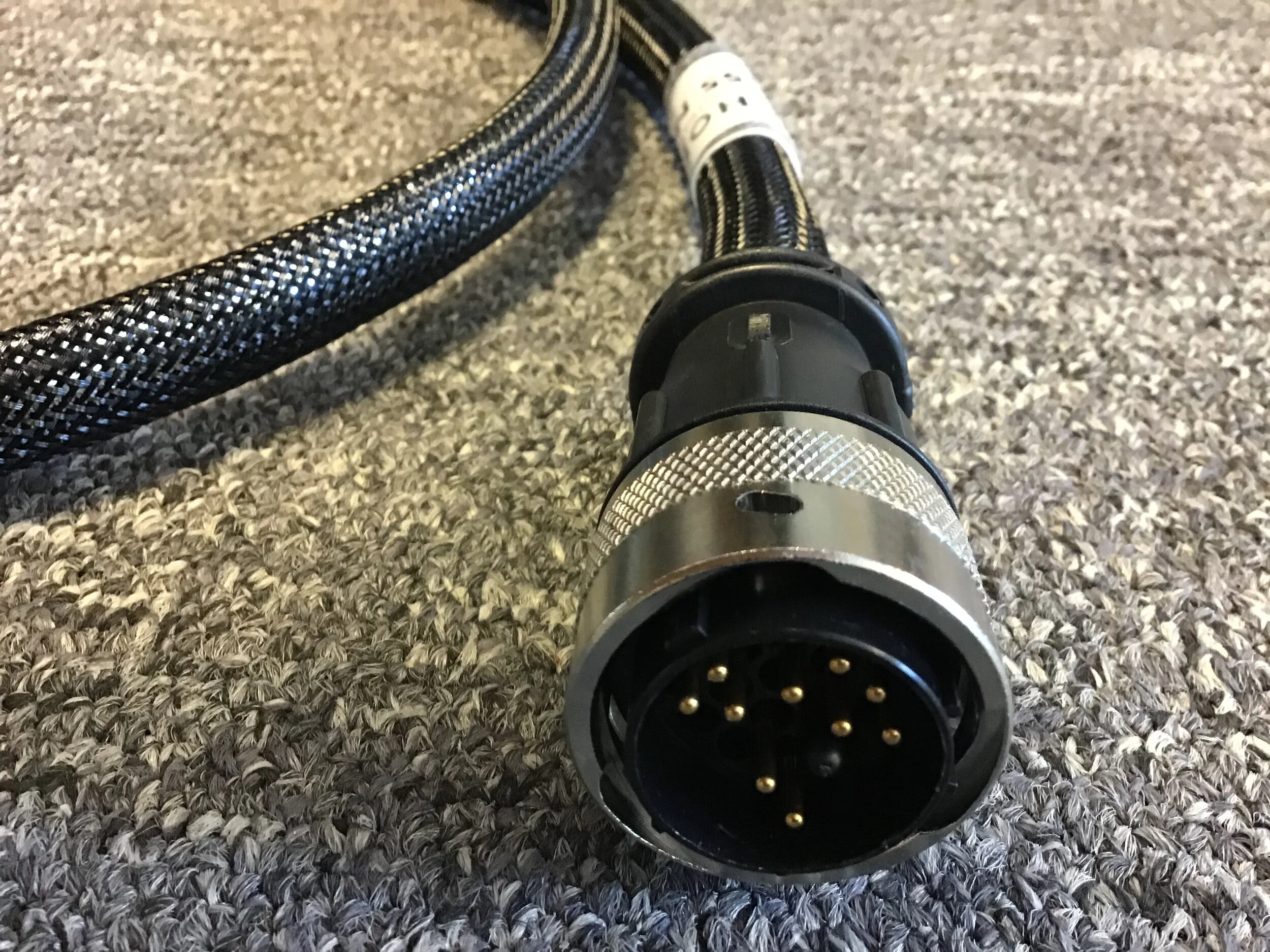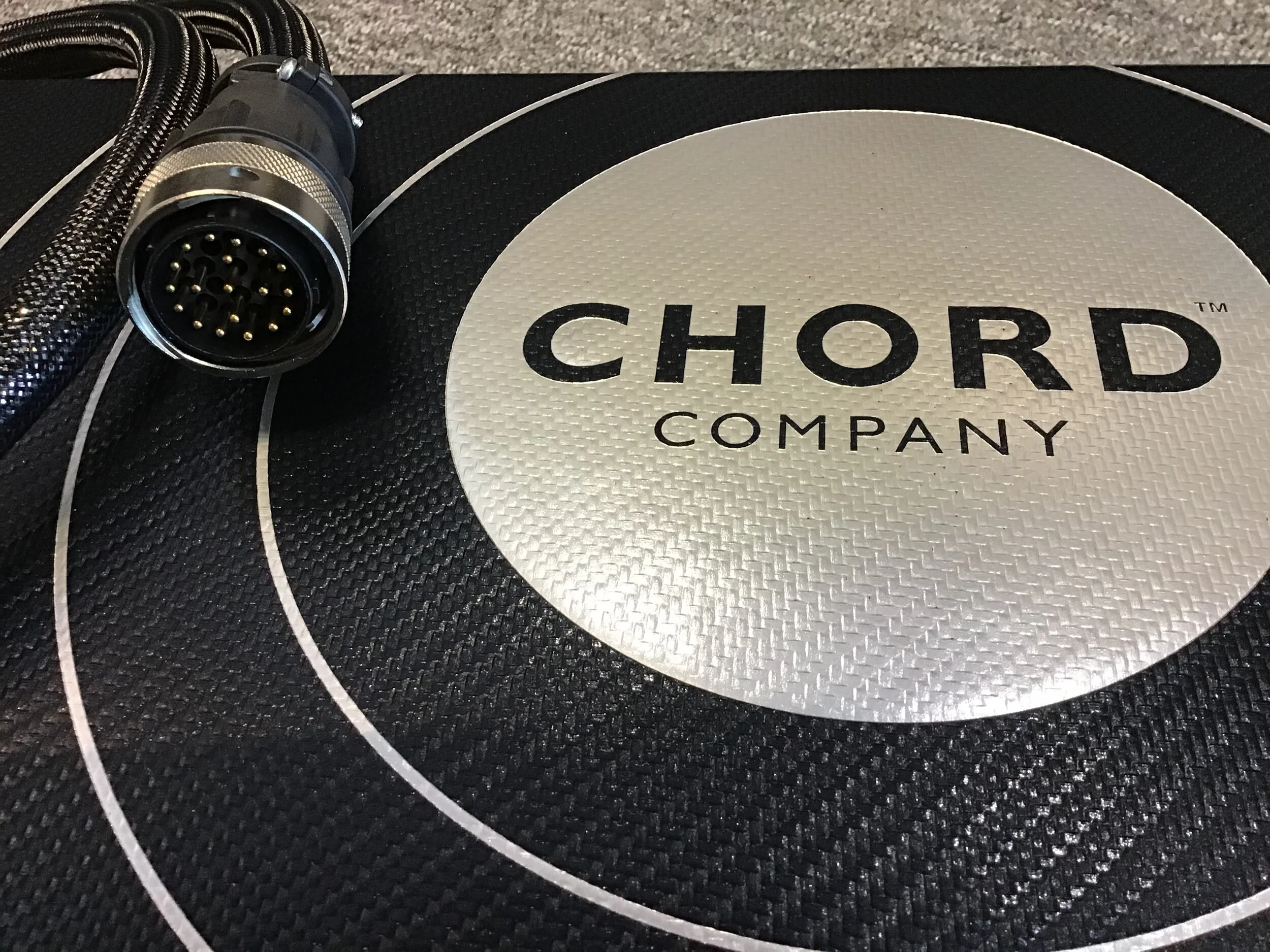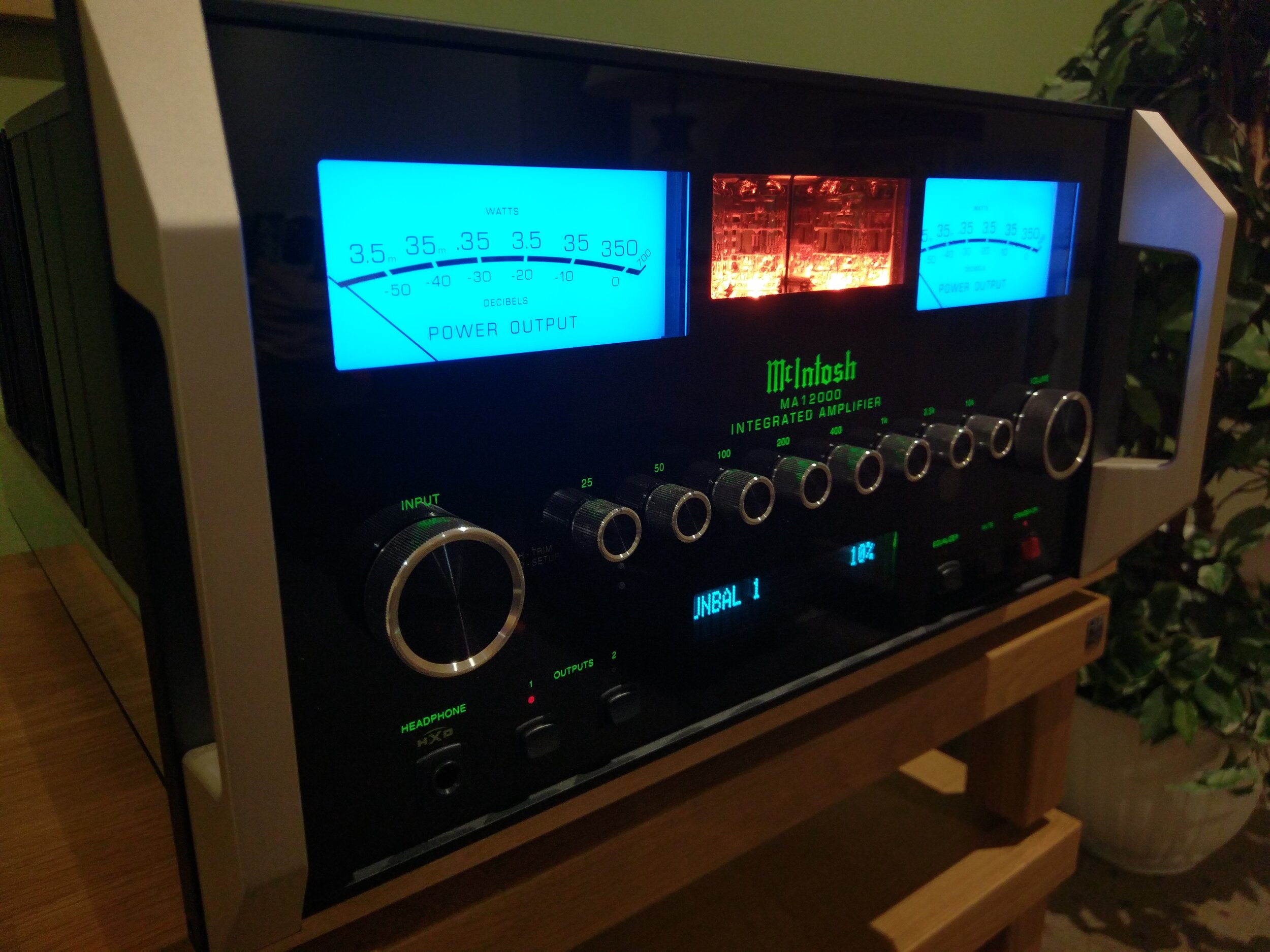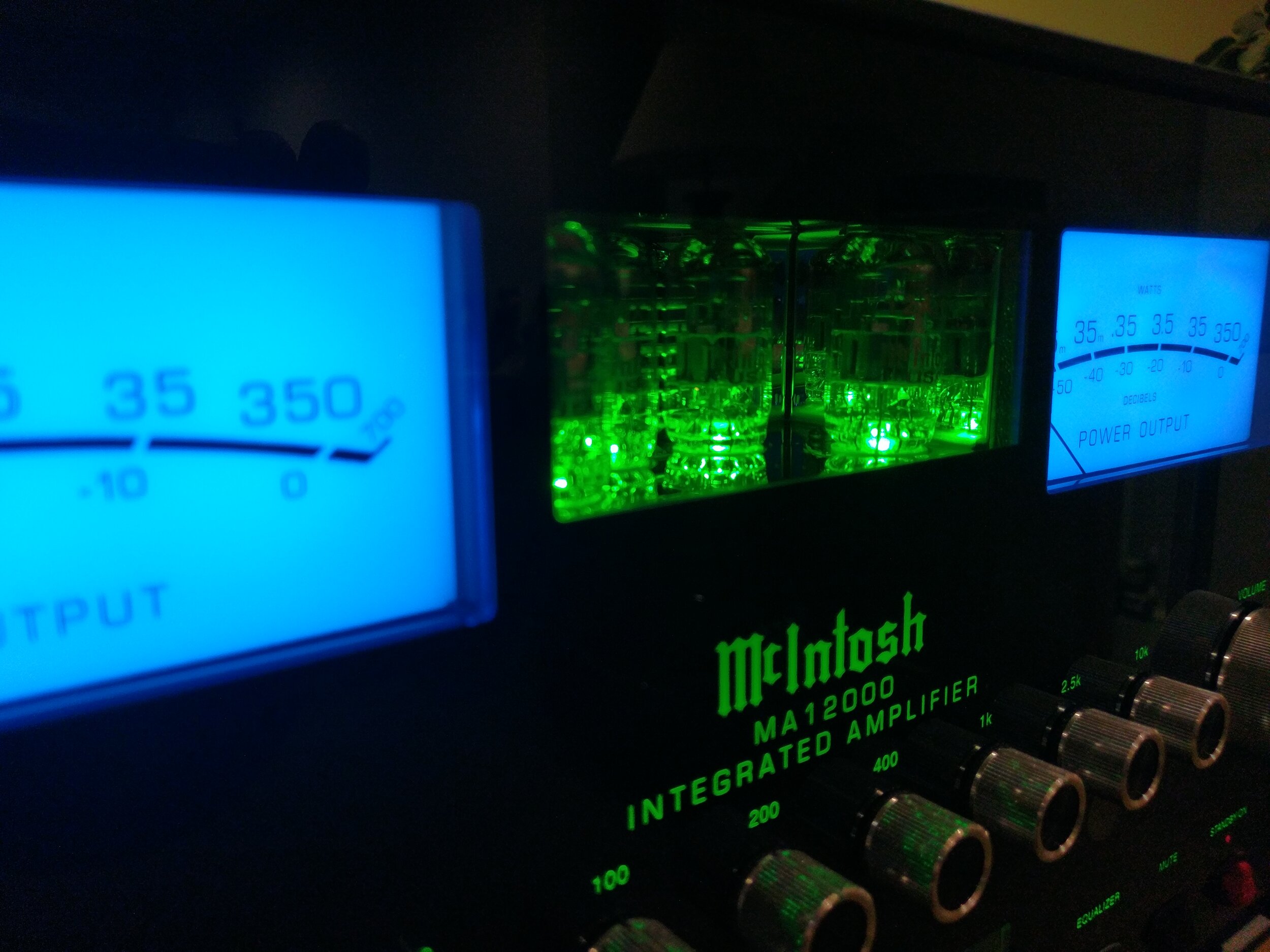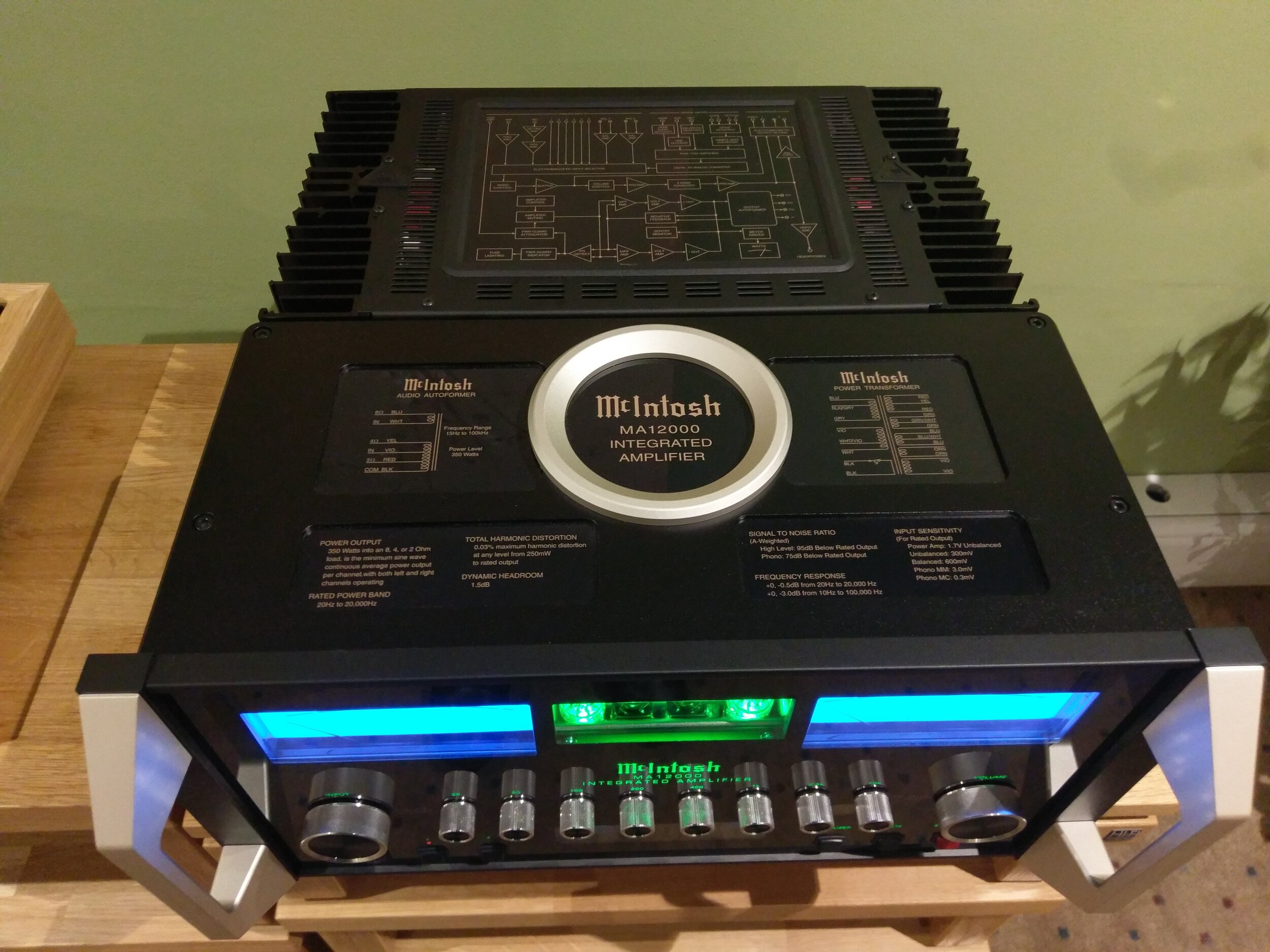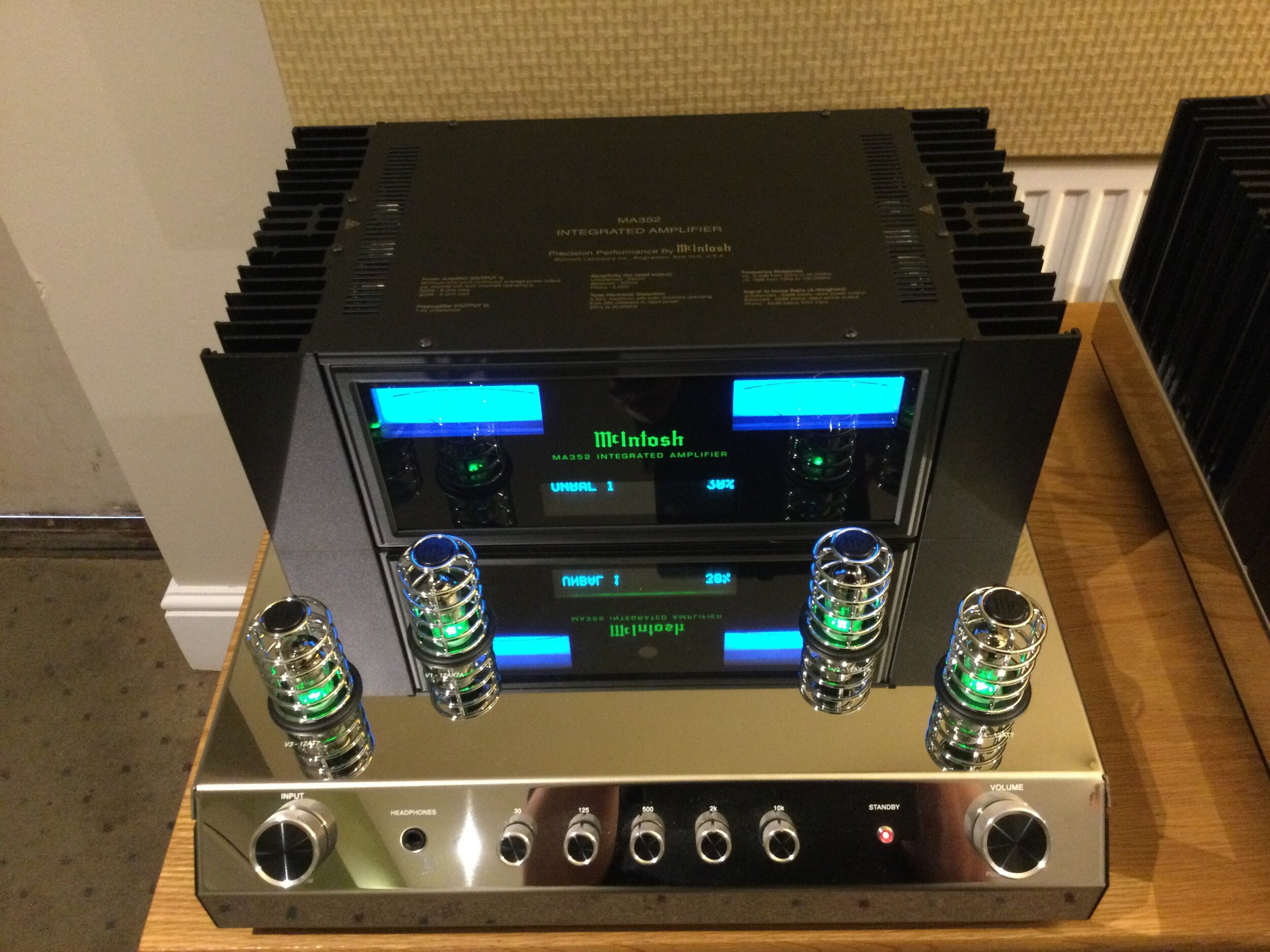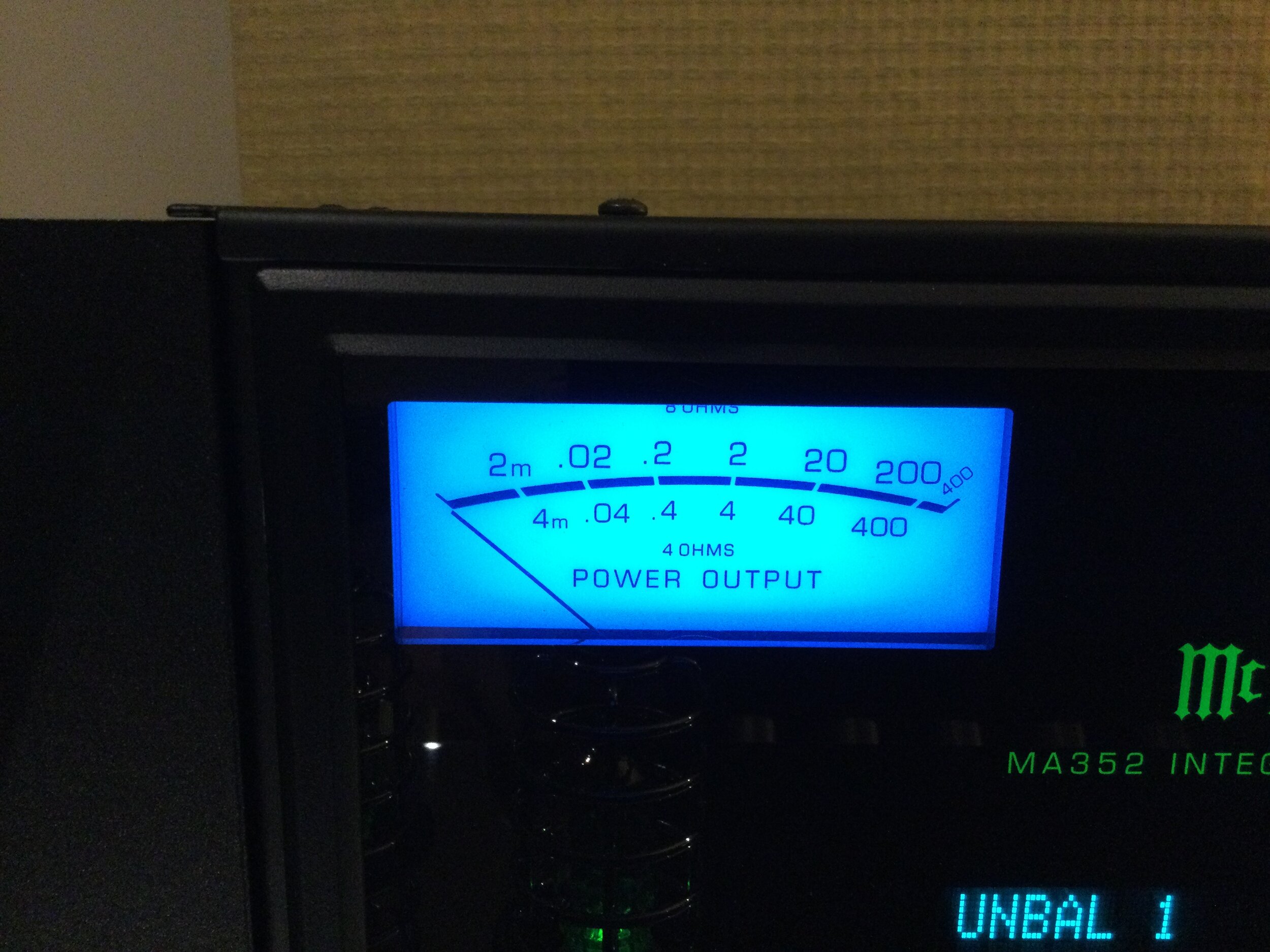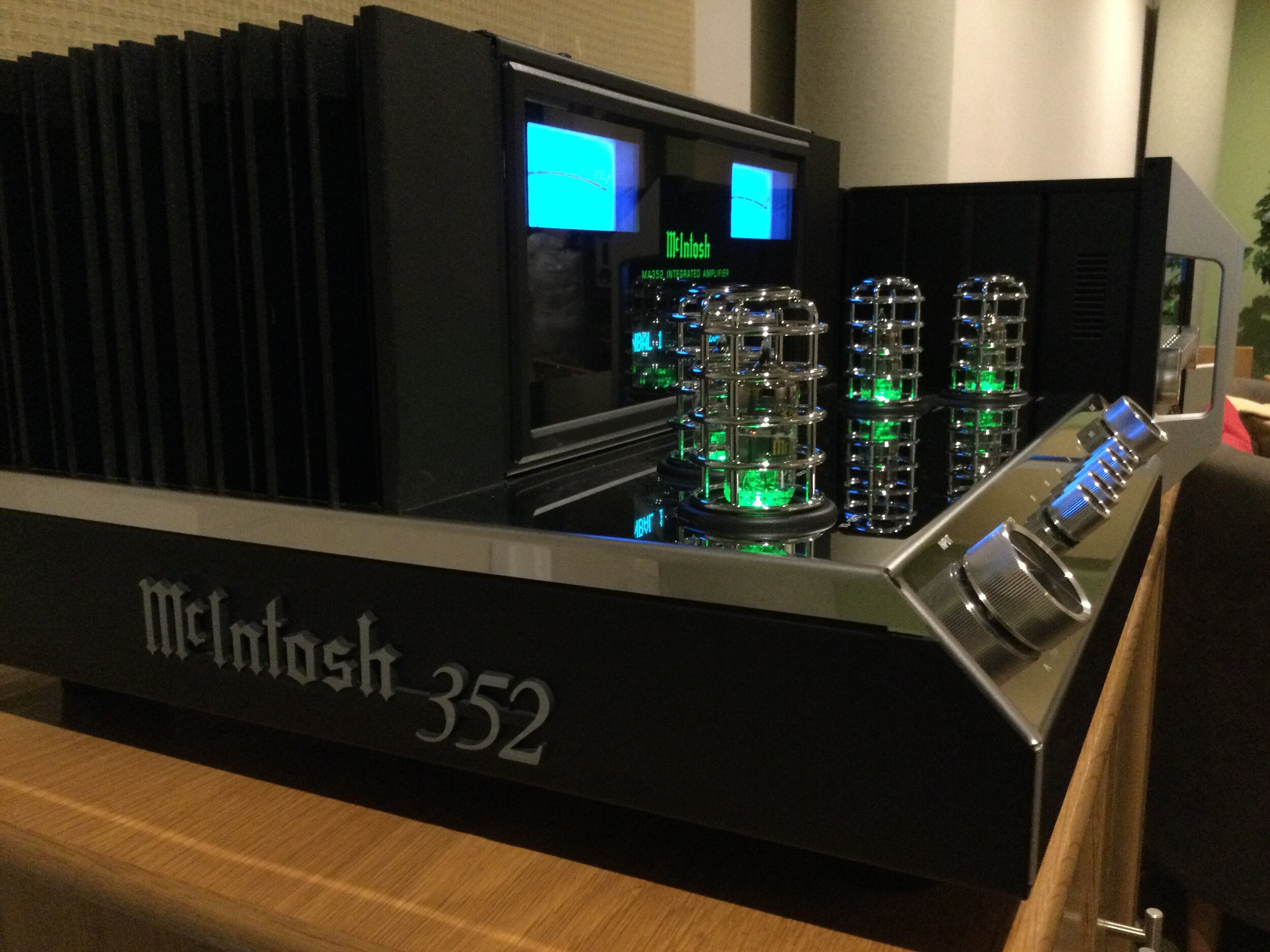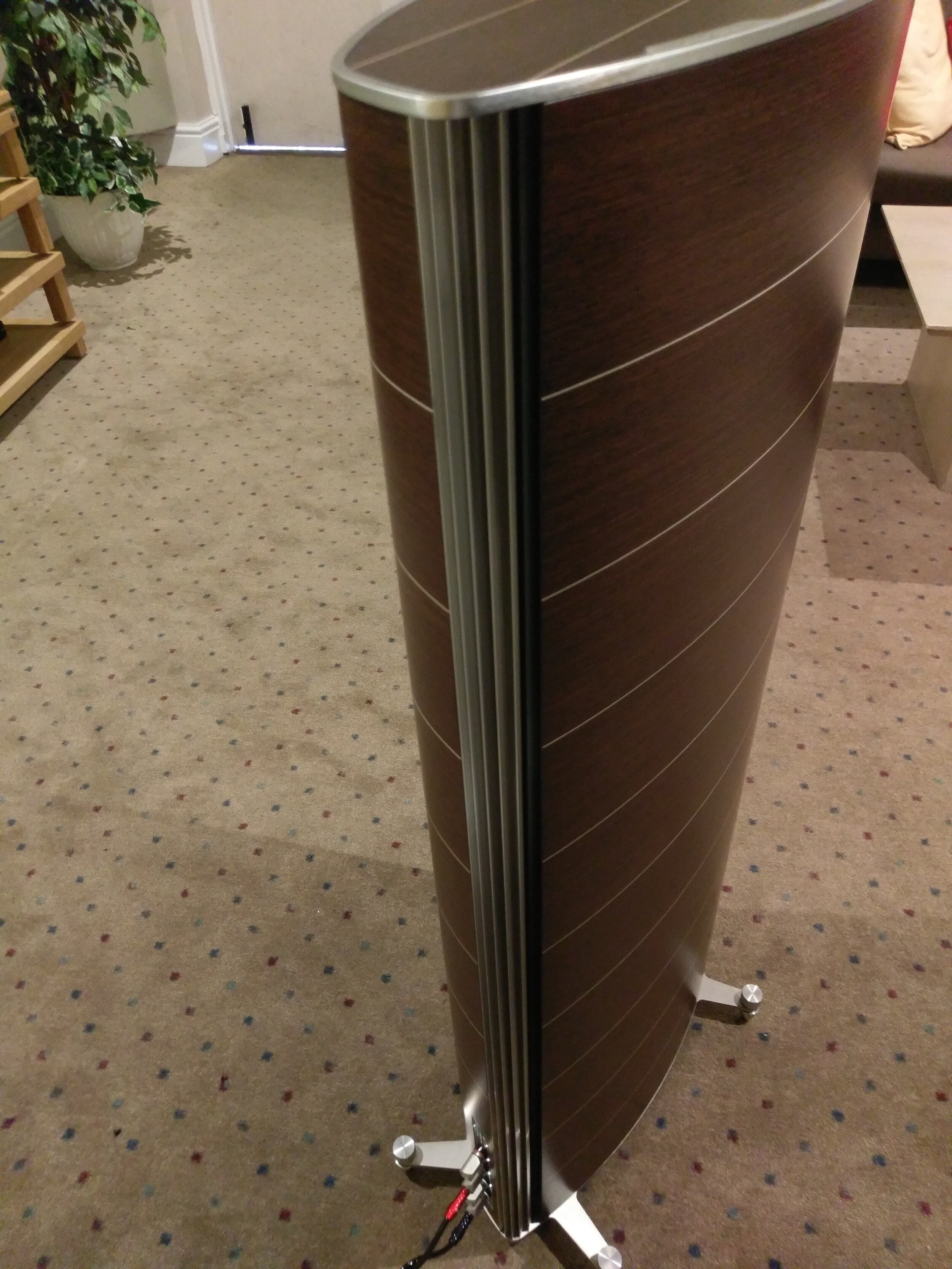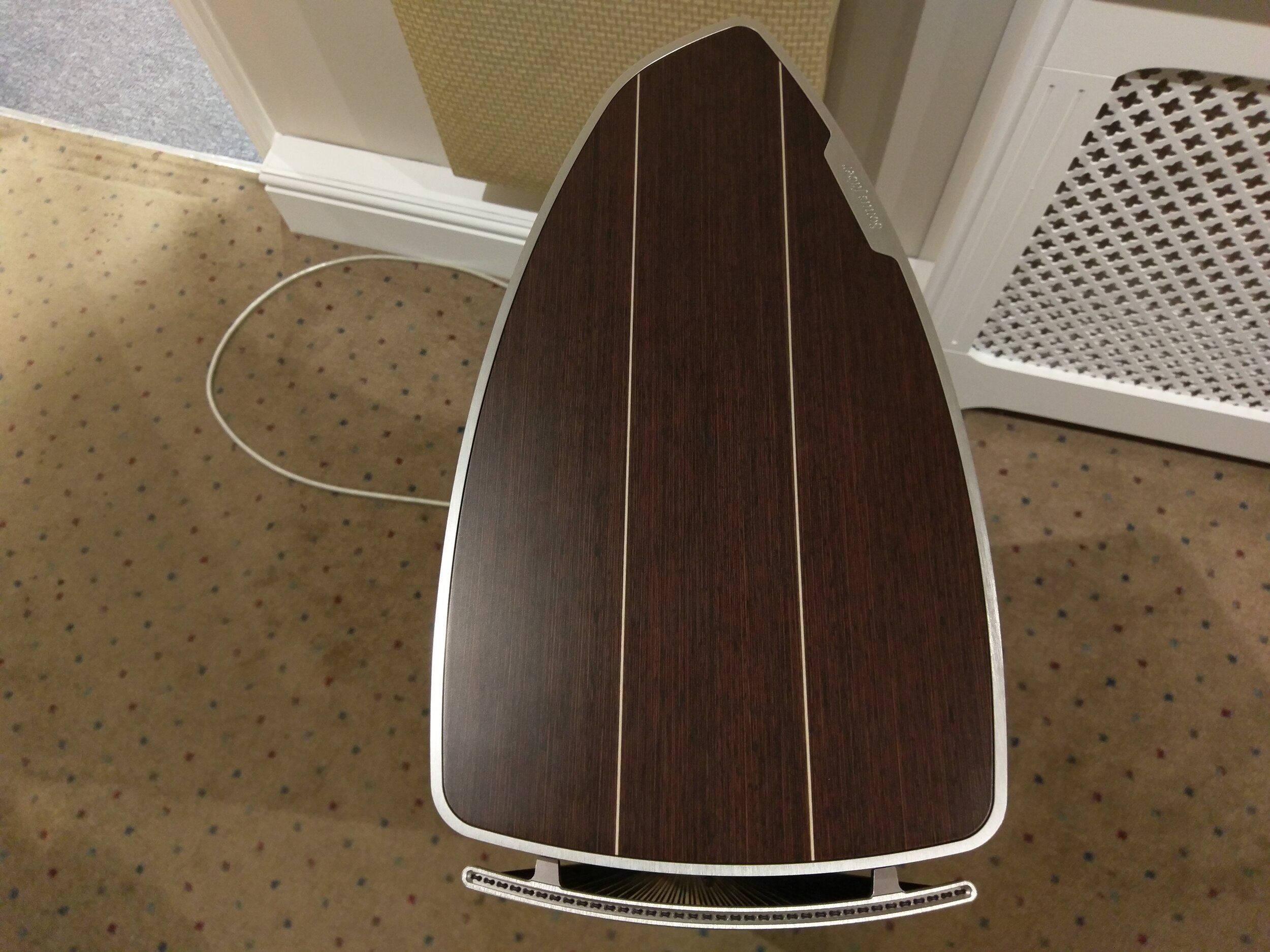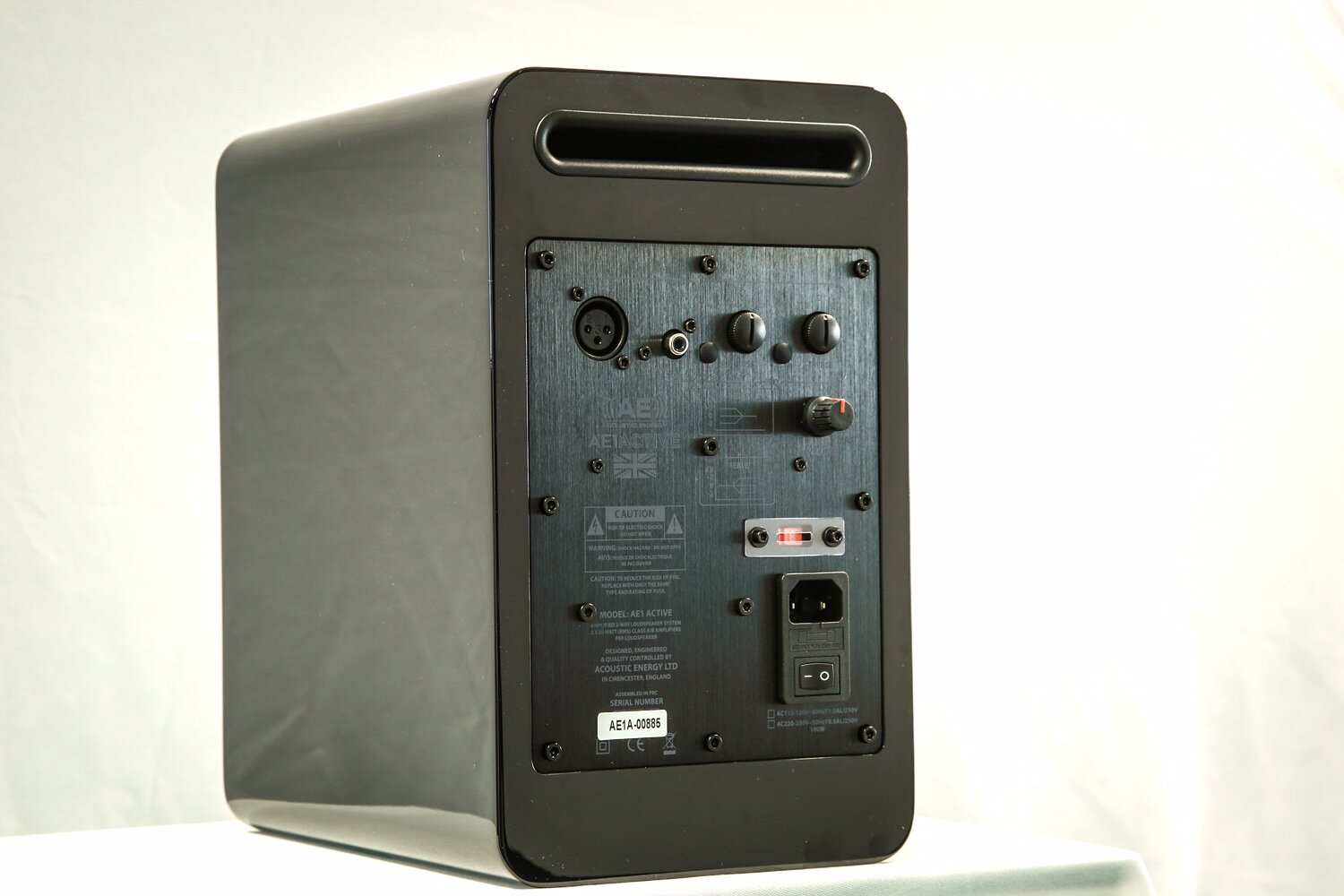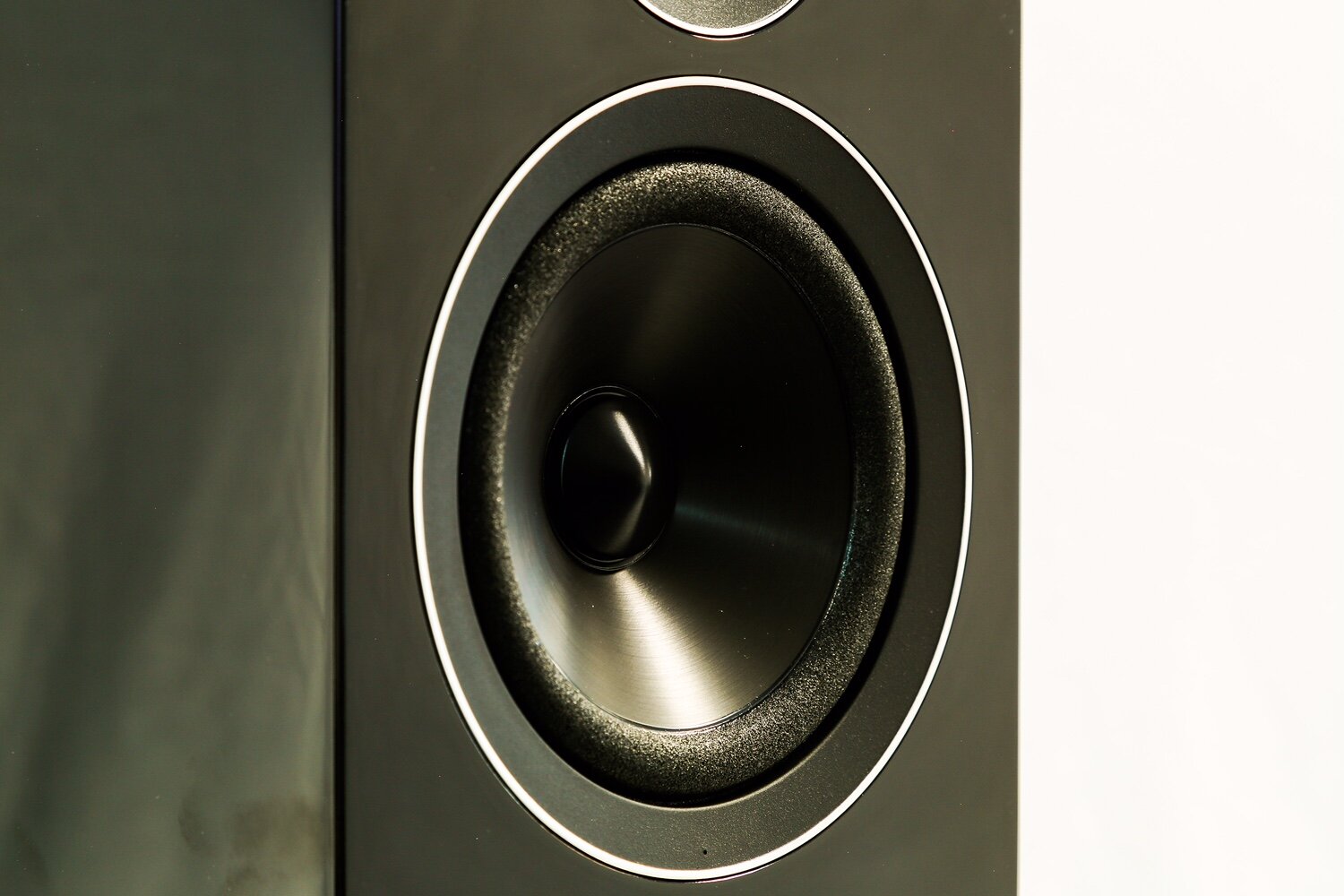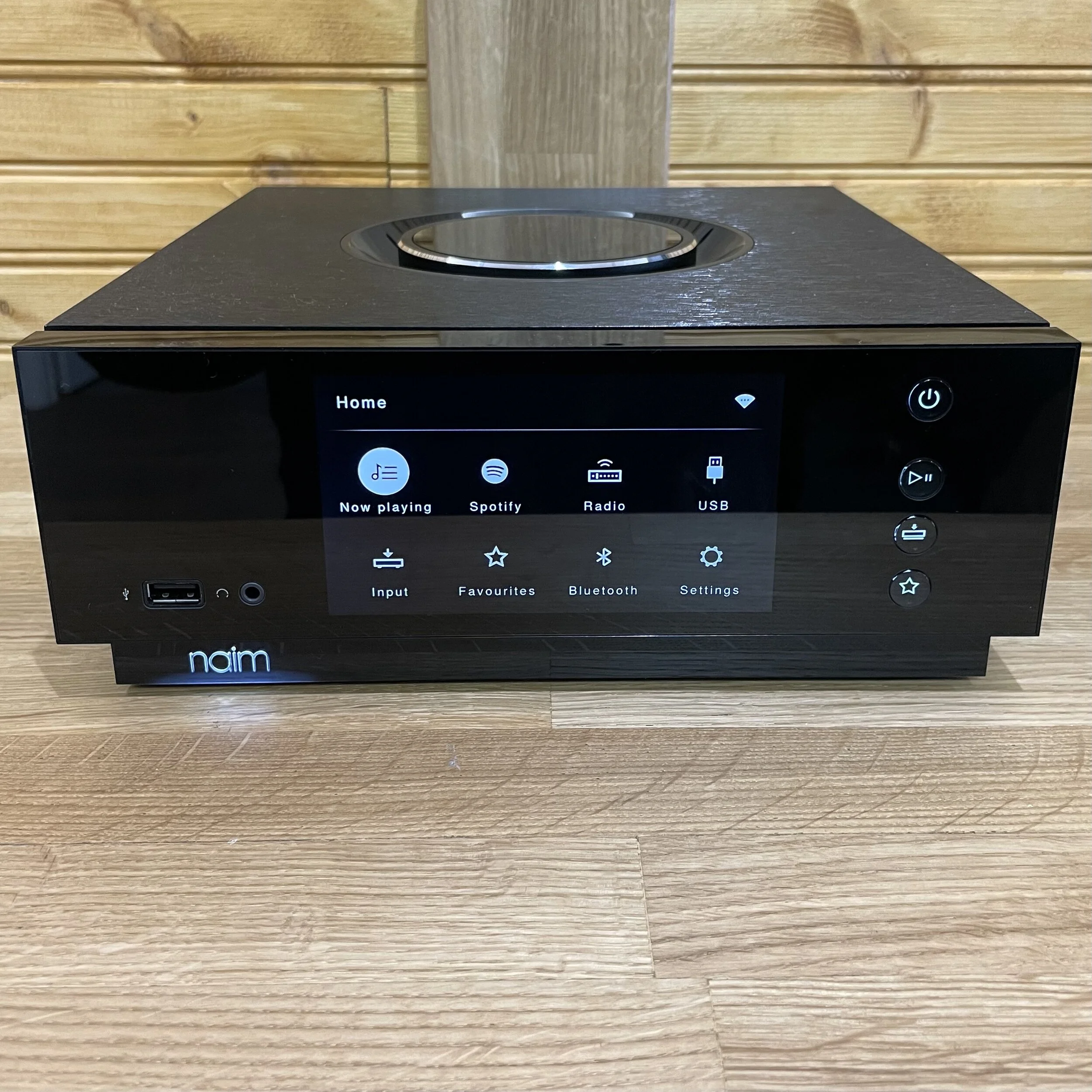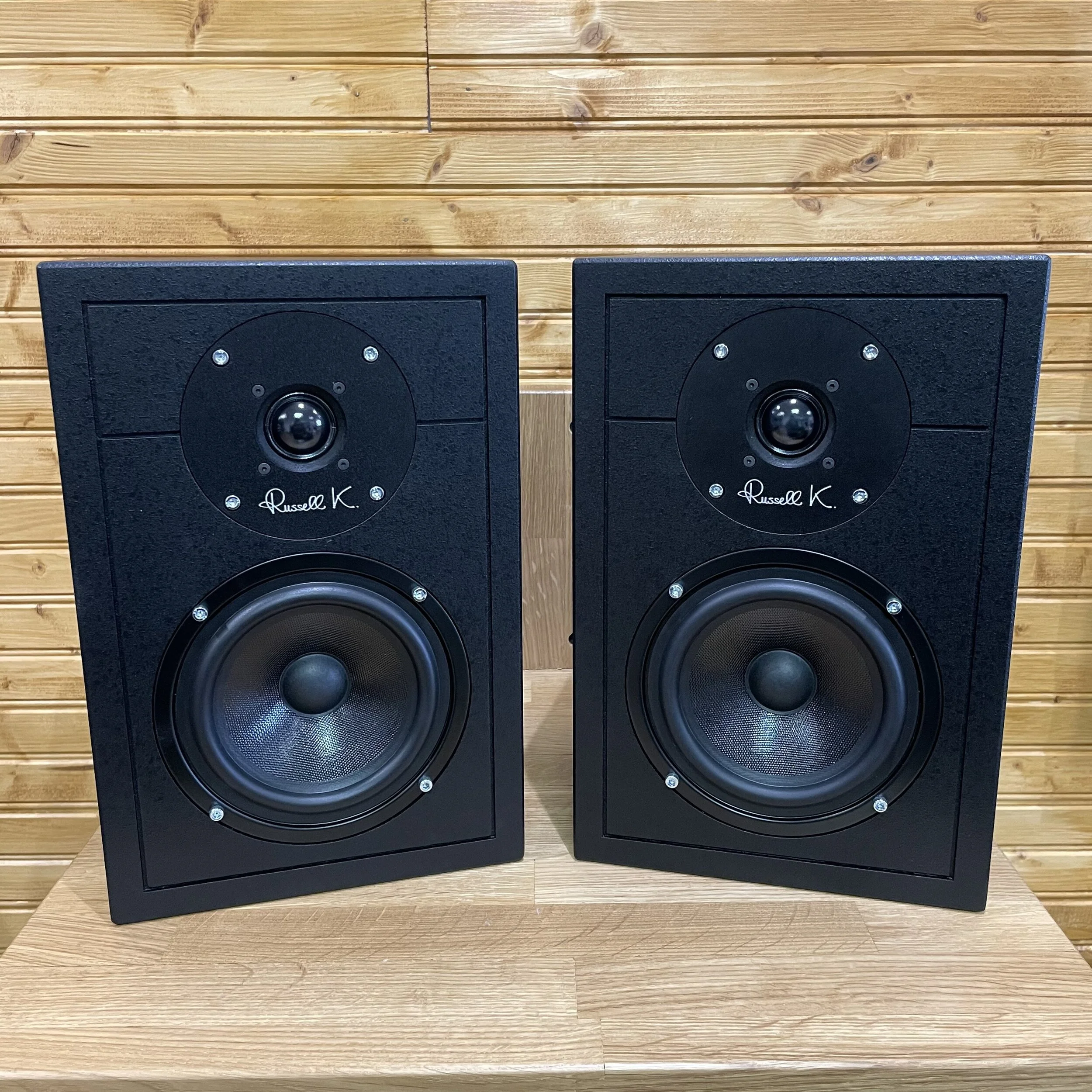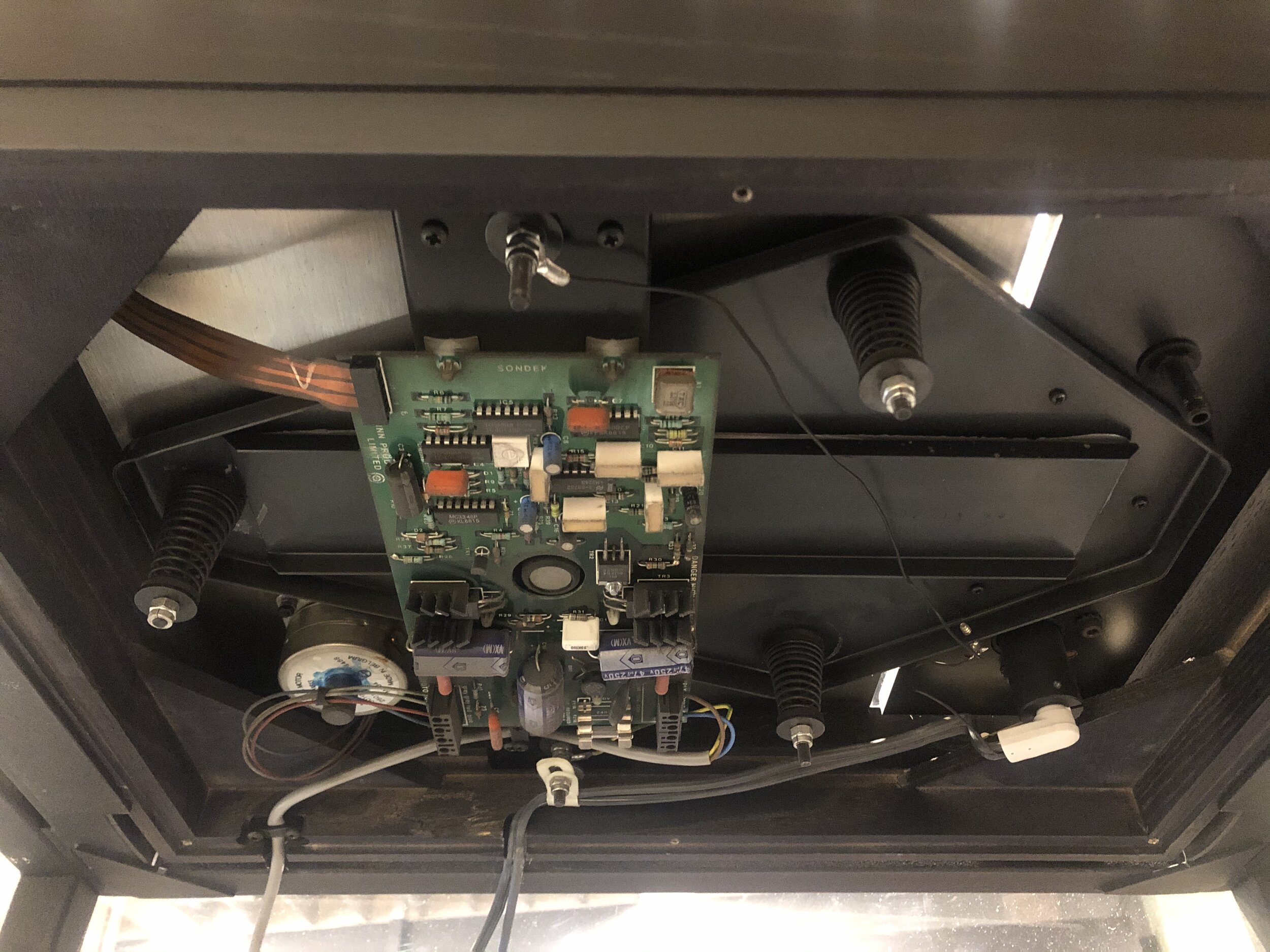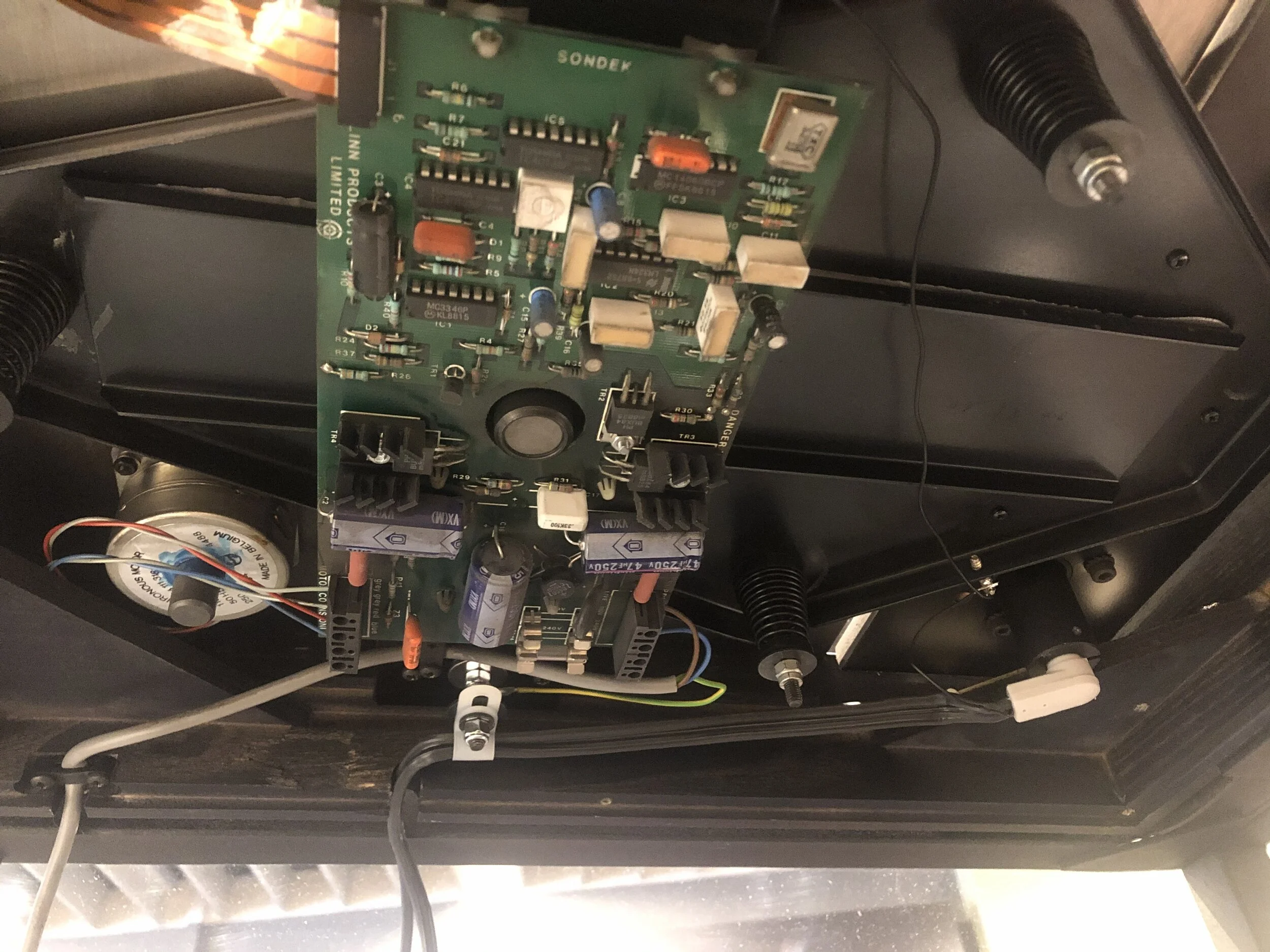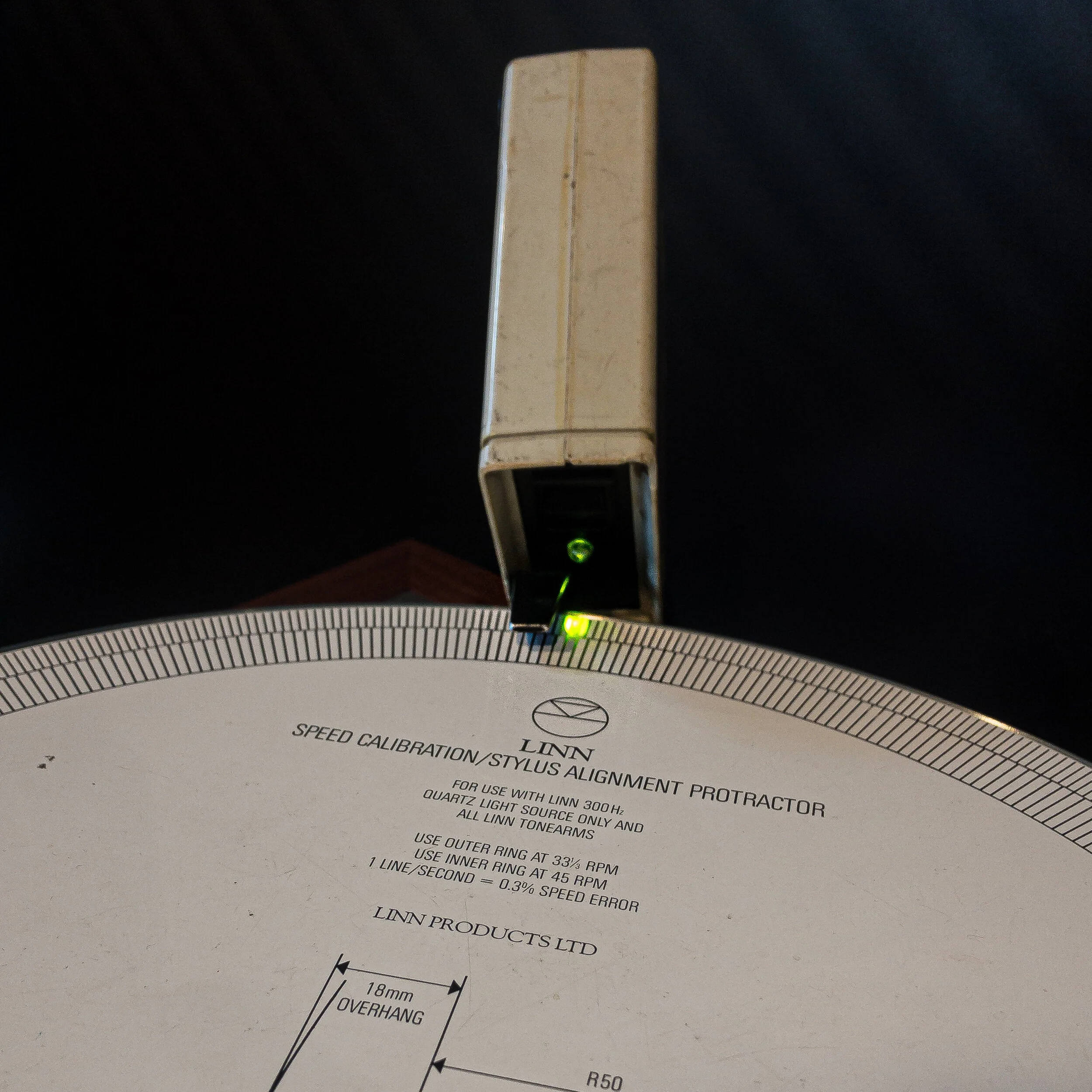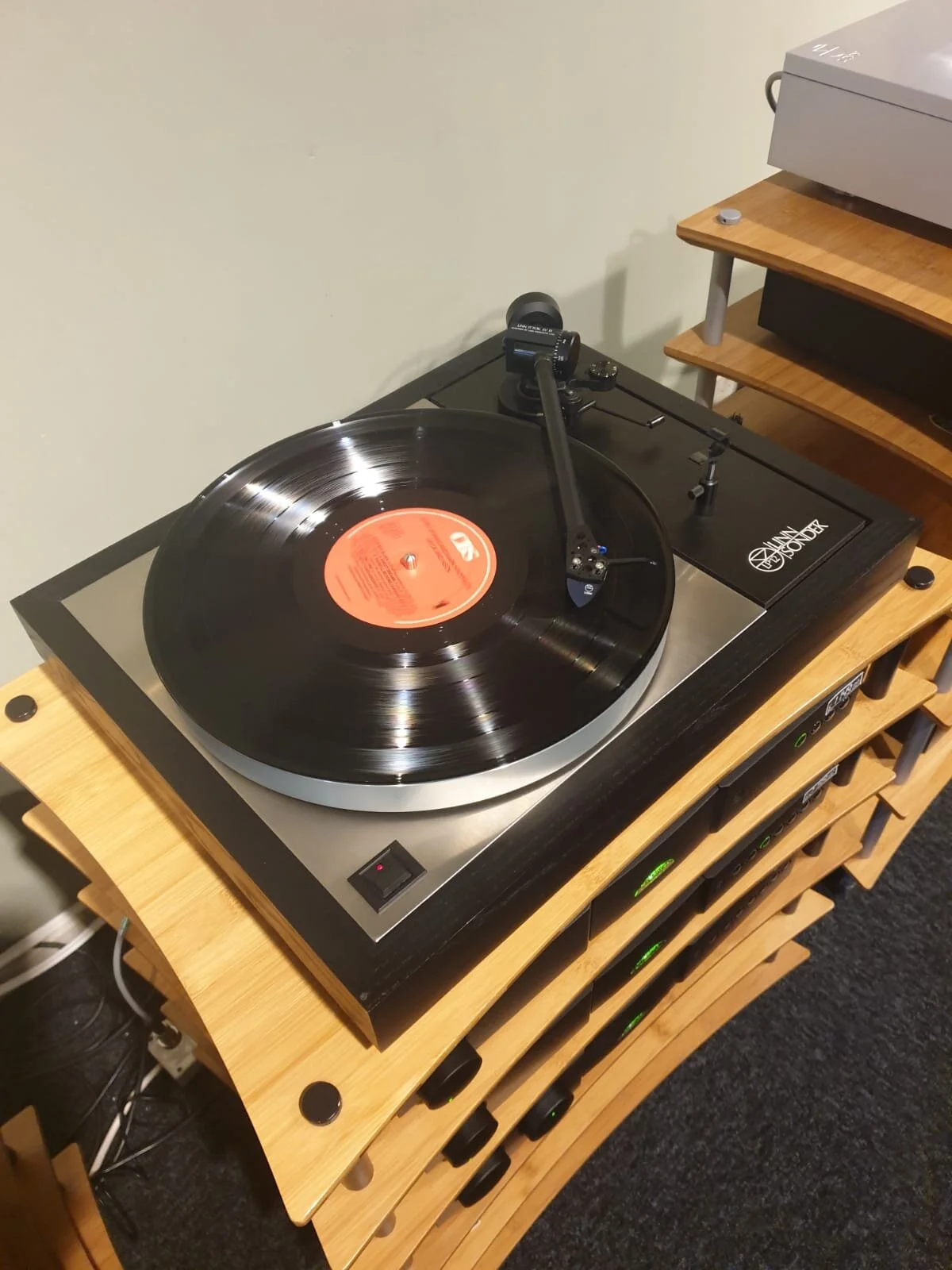MUSIC’S FINEST CONDUCTOR & THE ORCHESTRA - AUDIO NOTE FACTORY TOUR
/As you may have seen on some of our latest social media posts, or if you have called into the shop recently – we have been giving our old Cinema room a major refurbishment to get it back to its former glory and feature high-end two-channel systems. Of all the brands we stock, Audio Note is top of our list to feature in the new room. So with that in mind we were invited down to the Audio Note factory in Brighton to see how it’s all made.
Seven of us from Audio T arrived in Brighton on the Sunday afternoon to be greeted by Peter Qvortrup, founder and owner of Audio Note, Peter’s son Daniel and Peter’s right hand man, Micky Seaton.
Quickly we were split into two groups and whisked off in seperate directions, so off we went with Micky and Daniel to start our tour –
Stop 1: The infamous Audio Note “shop” where it all started…
The “shop” window - peter is proud the inside has never been cleaned!
We pulled up at a small row of shops at the end of a terraced road with a corner shop and a run down shop front next door, hang on….. there’s an Audio Note sticker on the door? “Here we are!” exclaims Micky, while the rest of us look at each other with dumbfounded faces -
On closer inspection the shop window featured some very old electronics. Some vintage radios along with valves of all shapes and sizes that clearly have not been touched in a very, very long time.
Micky opened the door and it was quite literally a “Narnia” moment! There in front of us was a vast collection of vinyl from floor to ceiling and a stunning system set up in the middle of the room.
Obviously we had to ask the story of what this place was all about. Micky told us of how this was the start of Audio Note with Peter working from the two small rooms. He regaled us with a story of how he had been walking past the shop one day and heard music coming from a slightly open door. Being a bit of an enthusiast himself and on a personal journey to upgrade his existing system, he was coaxed by his wife to knock the door and see what it was that was making the noise. From there, a busy Peter was sat at his desk and didn’t turn his head away from his work, and yelled to a bewildered Micky, “SIT DOWN, HAVE A LISTEN”… From here on in, Micky became a customer of Peter’s and bought into the Audio Note brand. It wasn’t too long after this that Peter had persuaded Micky to come and work for him. The company expanded and moved to its current location. However, Peter still rents the shop to this day, mainly as a more intimate demonstration facility. And the rest as they say is history…
We listened to a wide selection of vinyl and CD through the Meishu integrated amplifier and AN-E signature speakers, and it’s safe to say that it sounded fabulous. Even with Daniel’s avant garde taste in music, we all managed to hear something we like… And some questionable Japanese noisecore. Regardless, We could have quite happily stayed there all evening playing music and chatting, but soon it was time to go over to Peter’s house and join him on the second listening stop to see his system.
On arrival at Peter’s we were instantly made to feel at home, into the front room to be greeted by walls of Vinyl and CDs and “the system” in the bay window. Having a pretty good idea of the Audio Note line up of products I could see that this was pretty much the best of everything, and why wouldn’t you have it all at home if you’re the boss eh! Instantly my eyes were drawn to the Gaku-on power amps, having never seen them in the flesh before I had to have a closer look and as expected they are absolutely stunning.
So….drinks poured from Peter’s stunning collection, it was time to get some music on. The first record Peter played us was Bonnie Raitt – The Lost Broadcast, one of the very first recordings she ever did at a radio station. I know it was to be expected, but breathtaking was an understatement. As with subsequent tracks we heard it was almost hard to get your head around what you were listening to, almost to the point of not being able to explain how “in the room” the artists were – you would have to hear it to believe it.
Peter played us some really “out there” music at bonkers volumes and bass like I have never heard without the addition of a subwoofer. It was incredible what the system was capable of and instantly dispelled any misgivings we may have had about what a valve based system was about. Peter then took great pleasure in pressing stop on the CD player and exclaiming “8 watts!!” and laughing.
After the listening experience we were full of questions which Peter took the time to answer in great detail, it was an opportunity to pick the mind of a legend in the industry which we were not going to miss.
It wasn’t too long before we had to head off to the hotel and then out for dinner. We were whisked off to one of Brighton’s more eclectic establishments, an Indonesian restaurant with some fairly questionstionable karaoke. We had a great time chatting about music, Hi-Fi and Mercedes (Peter has a collection of old Mercedes which I was also quite excited to see).
On to the following morning and off to the main factory. On arrival we met Peter in his office, and to no surprise there were racks and racks of vinyl once again. The fine line between collection and obsession came to mind, but most of these were the AN Music records that are cut by Audio Note themselves and available on their website.
The Cobra Amplifier
First stop on the tour was over to another building where a vast amounts of components are stored, along with a lot of Mercedes – For myself, kid in a candy shop springs to mind! Micky has his office situated in the upstairs of the building where he has a very nice system playing away while he works. At the centre of this workplace setup was the Cobra amp running his laptop as a streamer through one of it’s digital USB inputs. Hopefully this one of the products we will have for demonstration in the shop quite soon.
Back over to the main factory where we would see the build process from start to finish and also the R&D department affectionately known as the “ideas pit” where we saw the research going in to the Field Coil high frequency drivers that we had heard at Peter’s house the previous evening. Seeing the process and the amount of very expensive raw materials that go into making just one pair of these was giving me some understanding of how the product line up of the AN-E speakers can go from the entry model construction to the top of the range construction using what from the outside looks like the same “thing”. A pair of AN-E alongside another pair may look the same but certainly don’t sound the same. We then moved on to see the transformer and capacitor production. Again, seeing all of the different reels and grades of materials the system level approach all made sense.
Essentially there was the same production process, but the materials used to make the capacitors for example will vary dramatically in price and performance.
Silver wiring was another process I had not fully understood. Whereas with a very basic green plastic circuit board with tracks that we are all familiar with can be used in the base models, the silver wiring means just that – everything is wired with silver wire. Rather than plastic boards, their own ply type board is used and instead of thin solder tracks they use silver wiring to every component as you can see from the image.
Further down the process we could see things starting to take shape, from TT-3 turntables almost complete in their build stage to all sorts of amplifiers in late build stages. Some of the images below show the incredible quality and attention to detail that goes into each product. The Legend amplifier in particular was just stunning, and considering that what we could see was the underside and the end user will never see what is there made it even more special.
Perhaps the best part of the tour was to be shown around the valve stores. Thousands upon thousands of valves in very secure storage. Some very old and some very rare in very small quantities, and then there were some in their thousands! Peter admitted that sometimes he spends hours upon hours in there just sifting through them a bit like looking through his record collection. Aladdin’s cave on steroids you could say!
Last but by no means least was final assembly and packing where every product is meticulously checked and then packed ready to wing it’s way to a new home. Seeing where the pallets of products were destined for reminded us that this is really is a Global company.
Soon enough it was time for us to say our goodbyes and wing our way back along the M4.
We had a fabulous weekend and certainly an eye opener as to what actually goes into the research, development and production of some of the finest hi-fi produced world wide.
As many of you who would have read about Audio Note, Peter makes no apologies for saying that his Hi-fi is all about the musical performance and not about measurements.
Audio Note’s tag line is “ Music’s finest Conductor”, all I can say is that if Audio Note is the finest Conductor then the people that make up the Audio Note family are the Orchestra behind the performance.
Huge thanks to Peter and the whole team at Audio Note for such a warm welcome and fantastic couple of days.
Hopefully we will have some demonstration units in the new demo room very soon, so keep an eye on our social media and website for updates.
Thanks for reading.
Nic, Chris and Ade - Audio T Swansea
Be sure to keep an eye on what’s happening in the Swansea store by following us on instagram and Facebook.
Audio Note can be found at the following Audio-T stores



